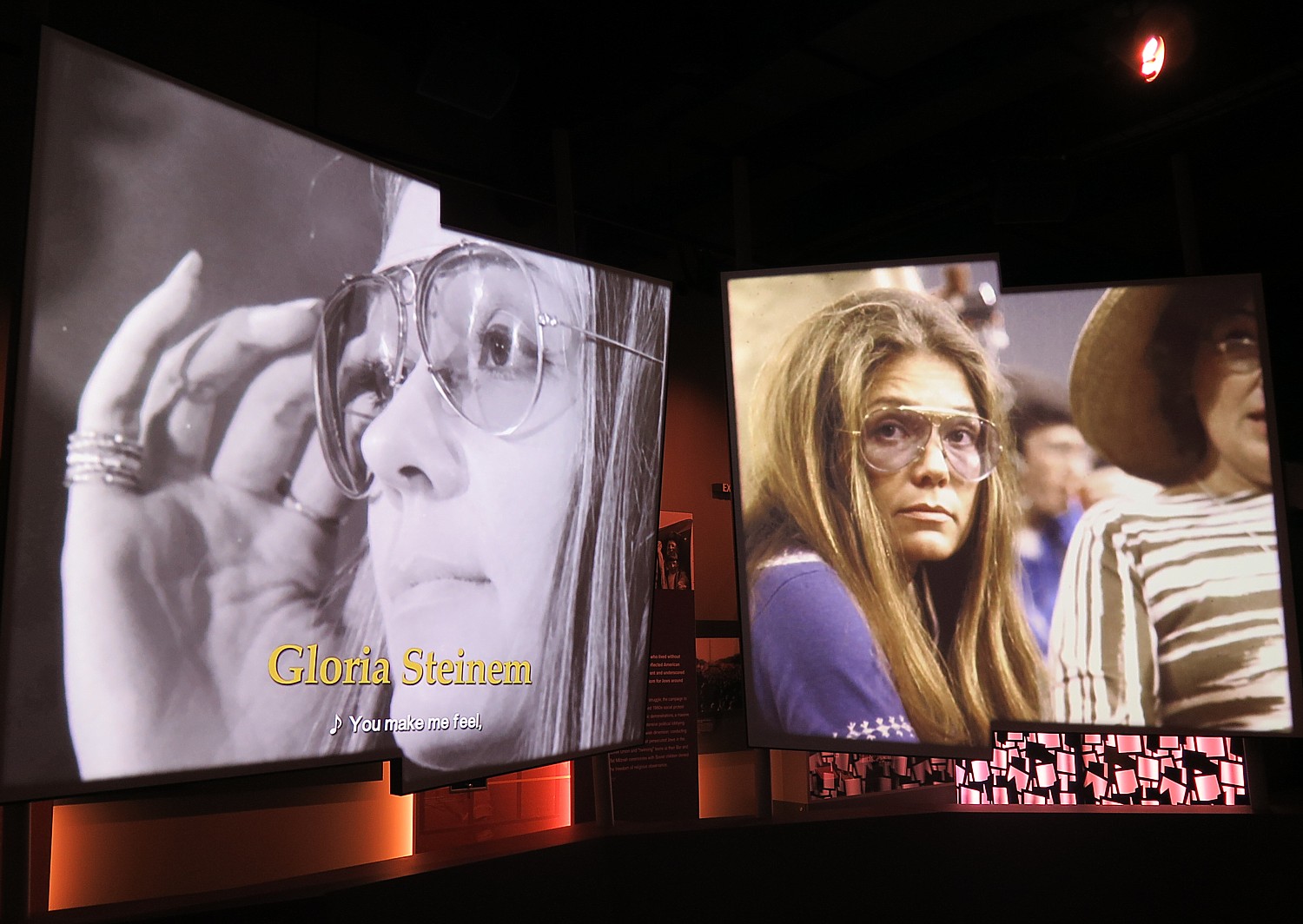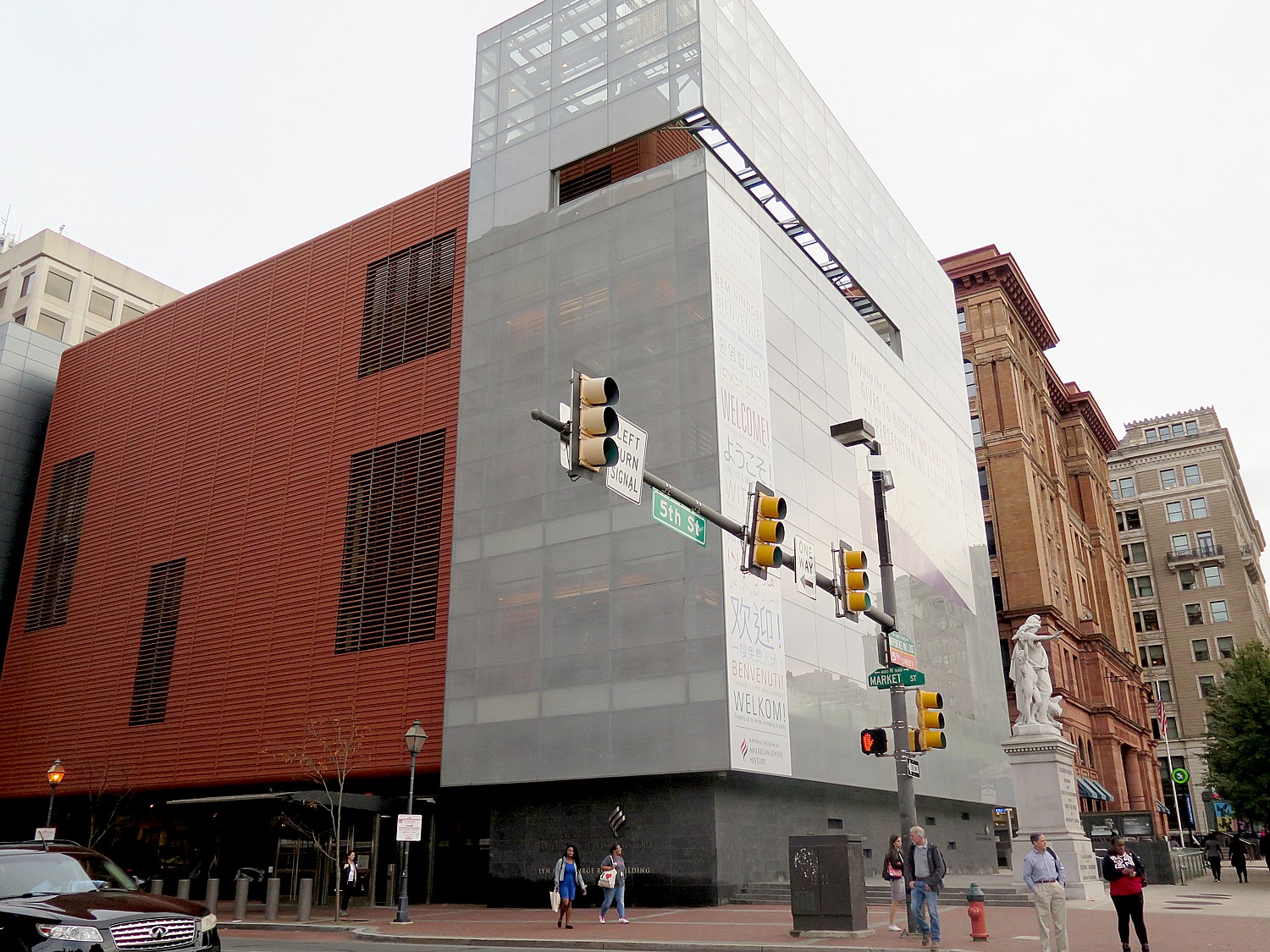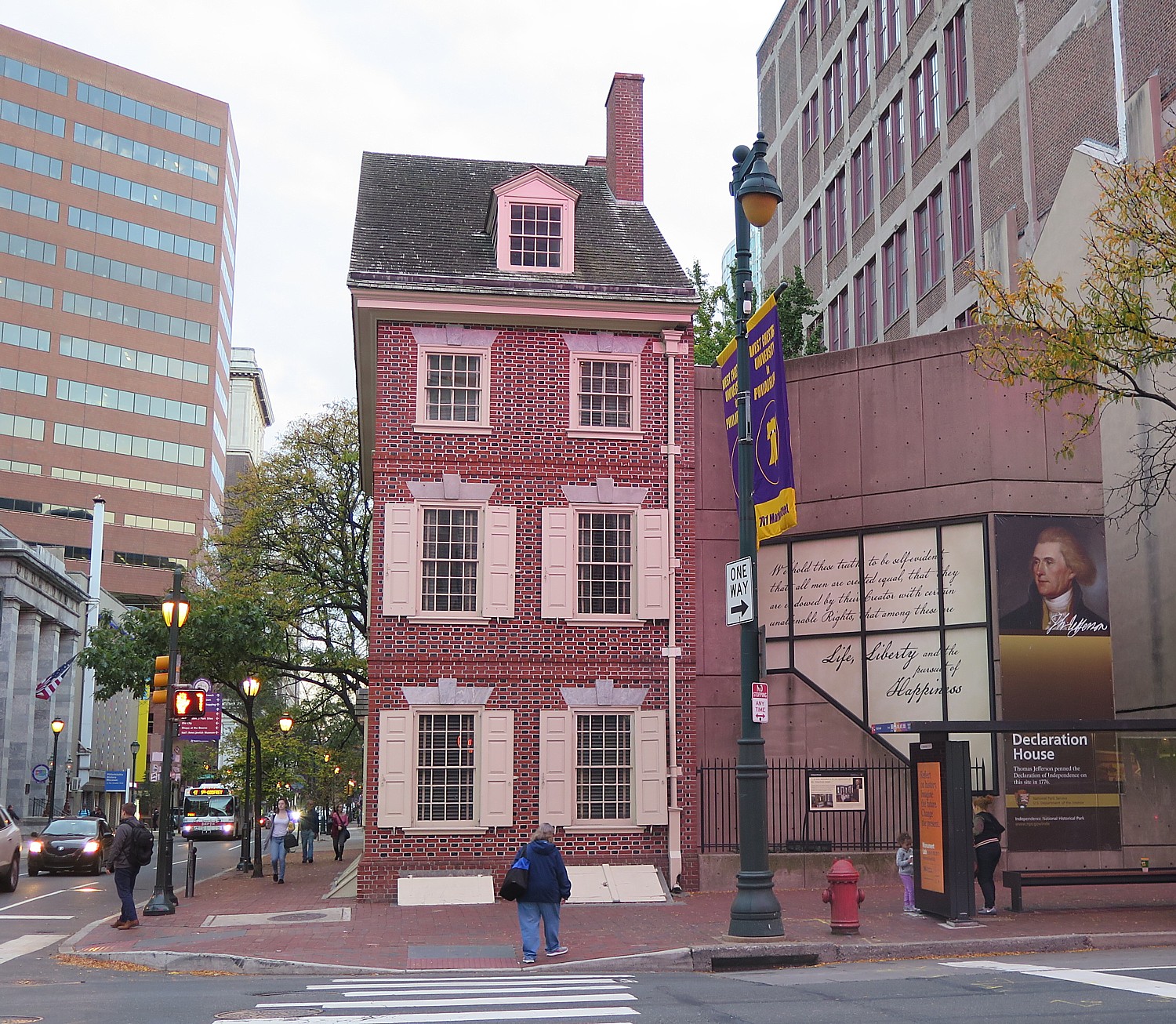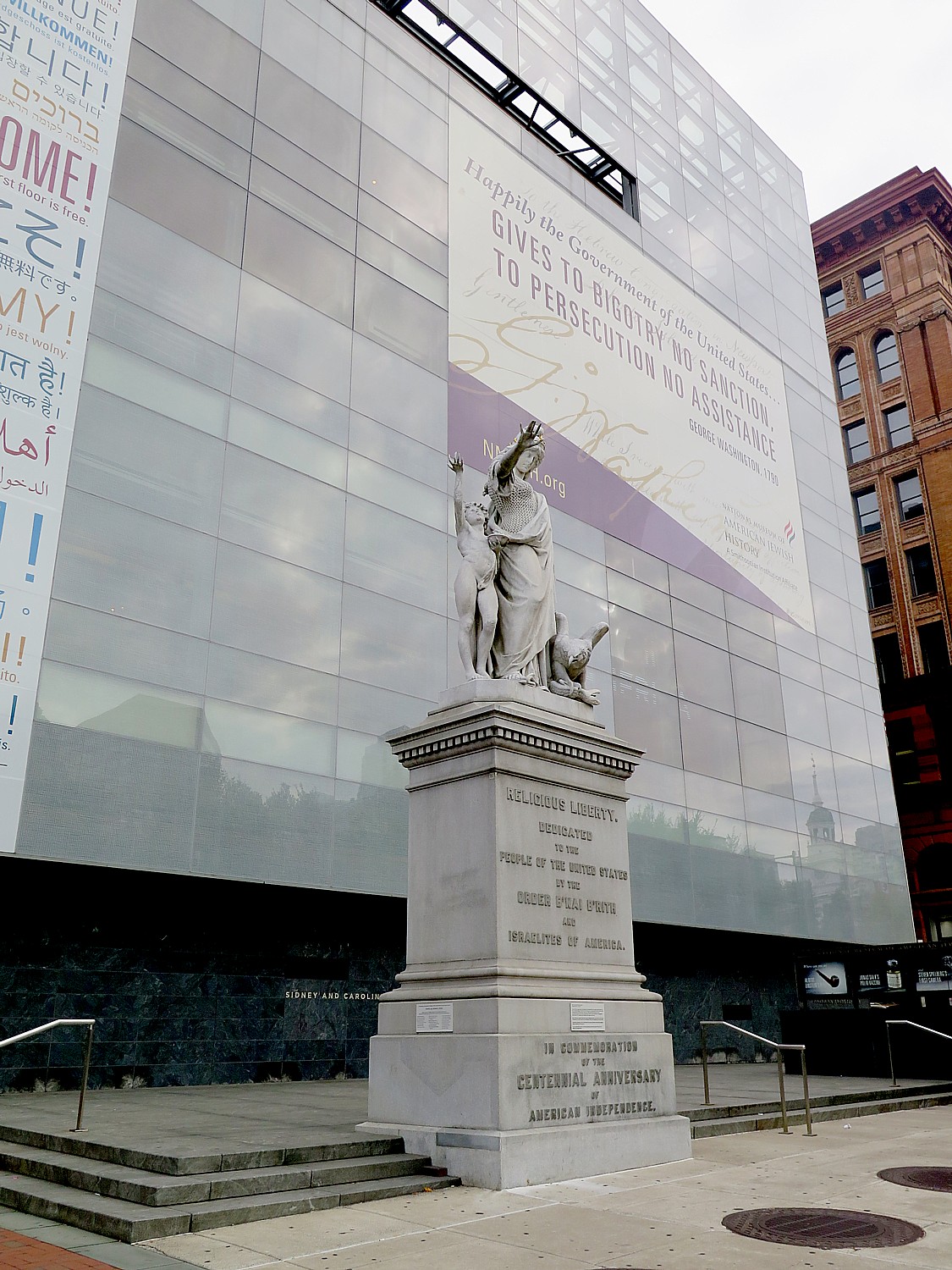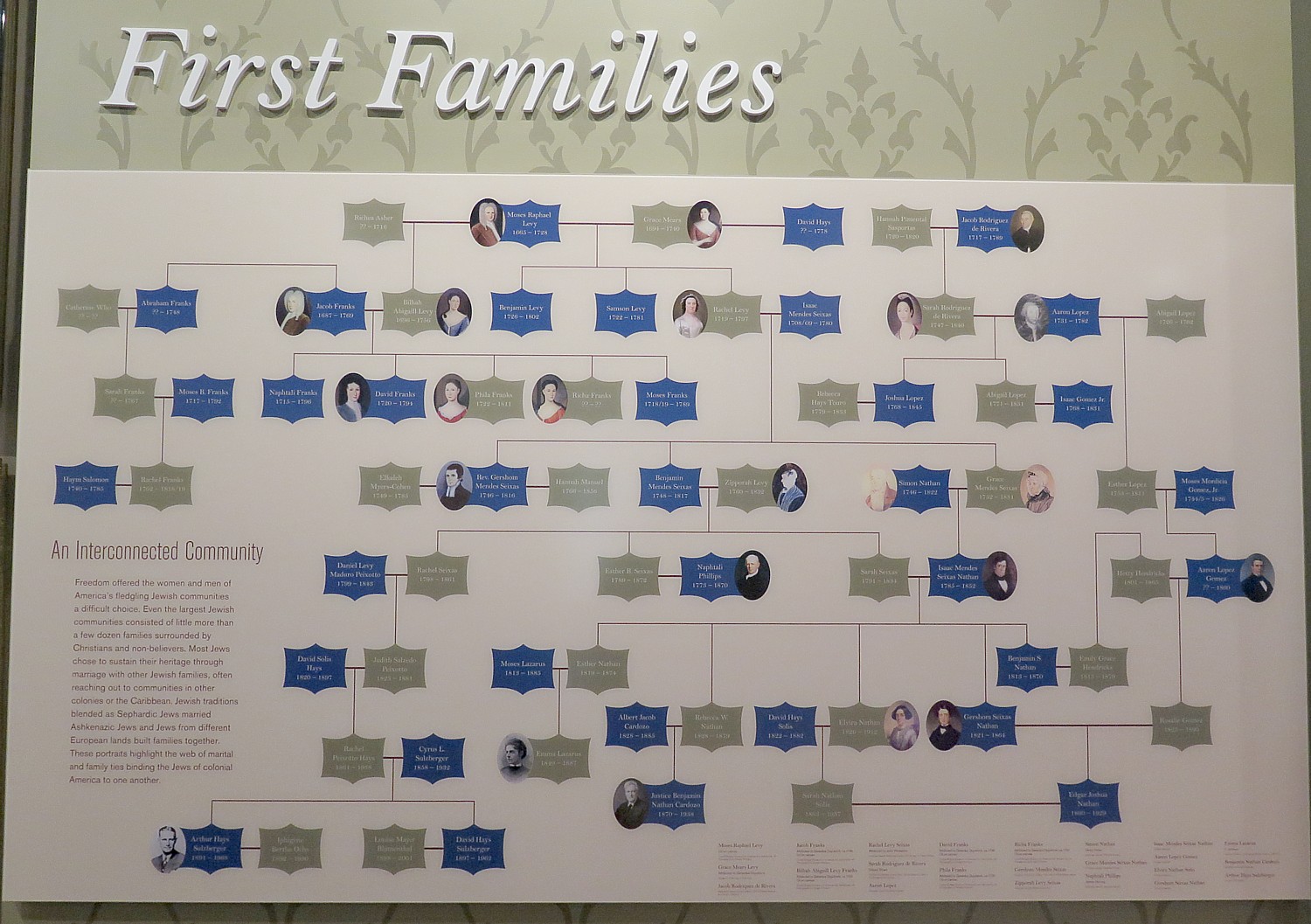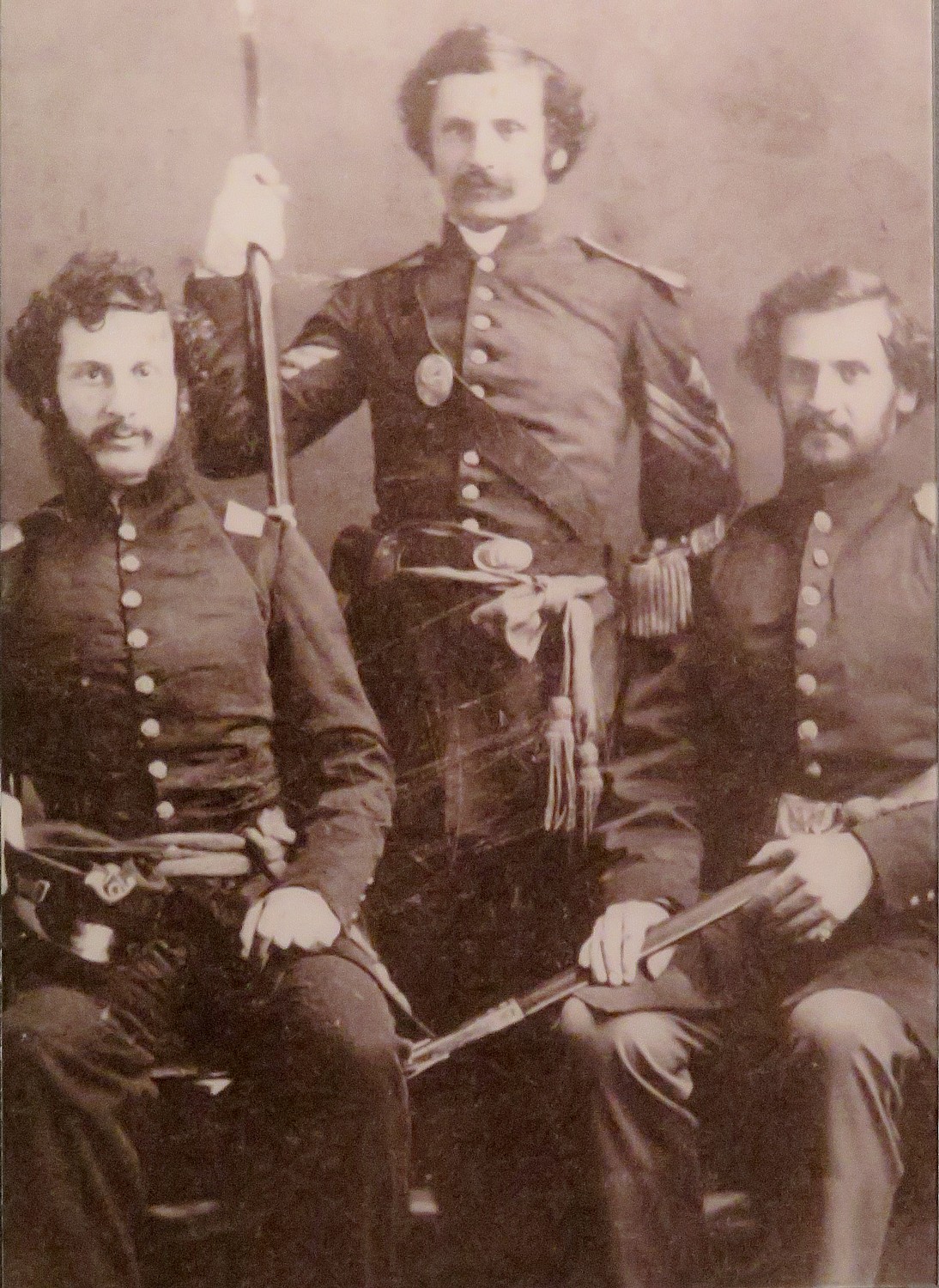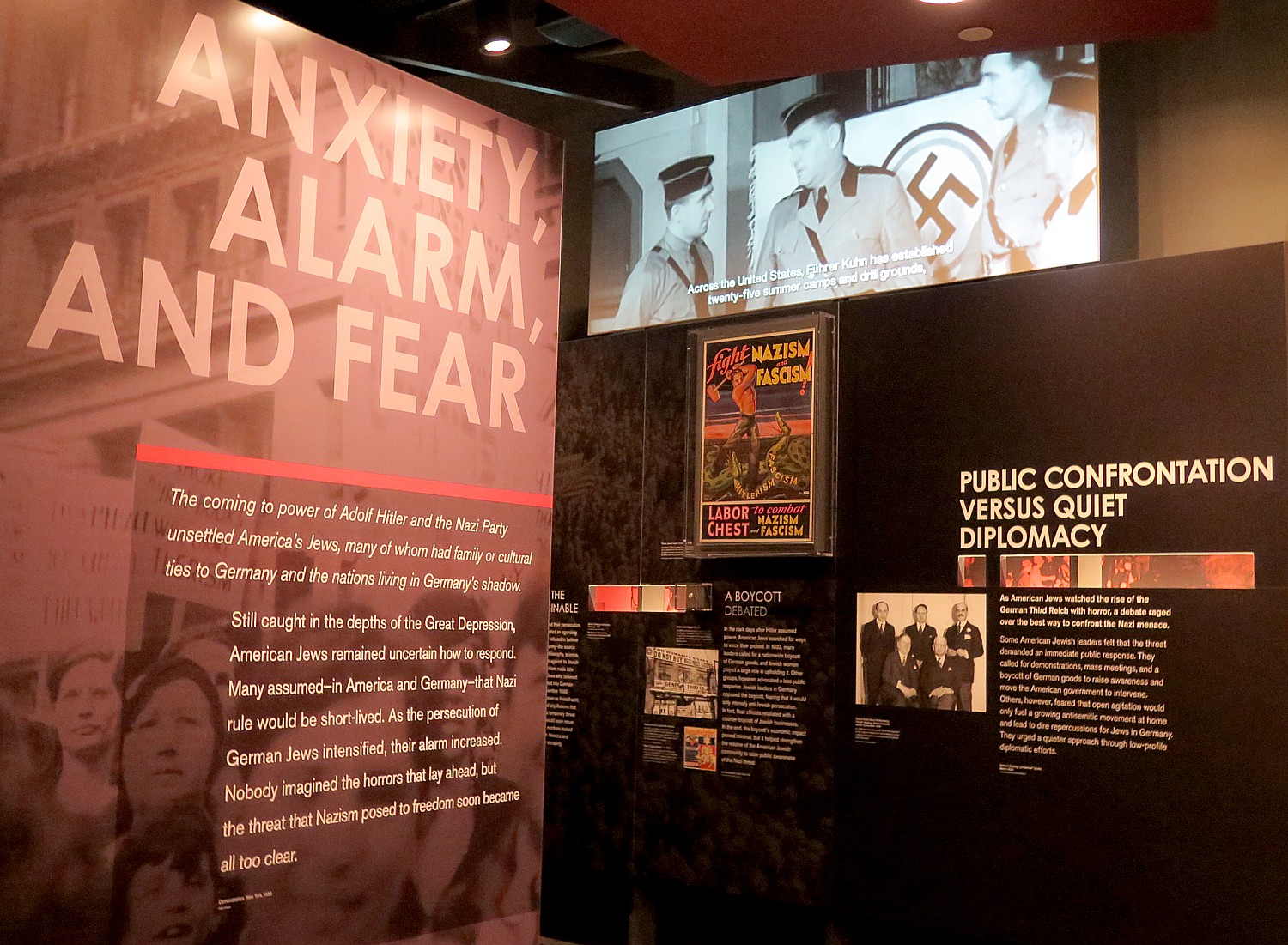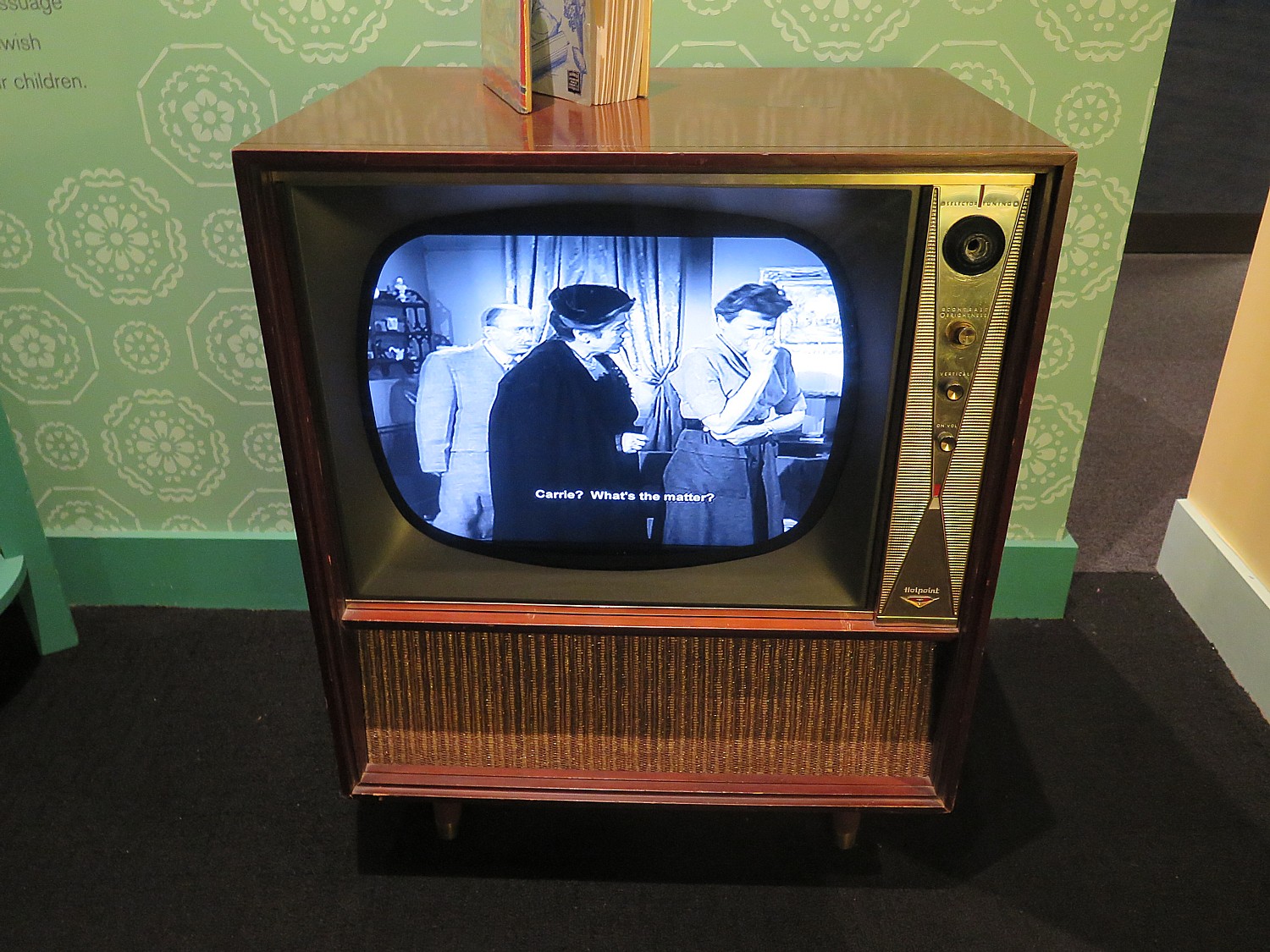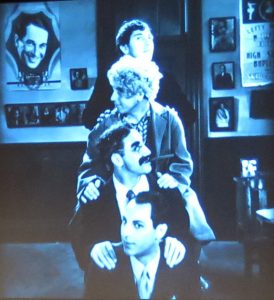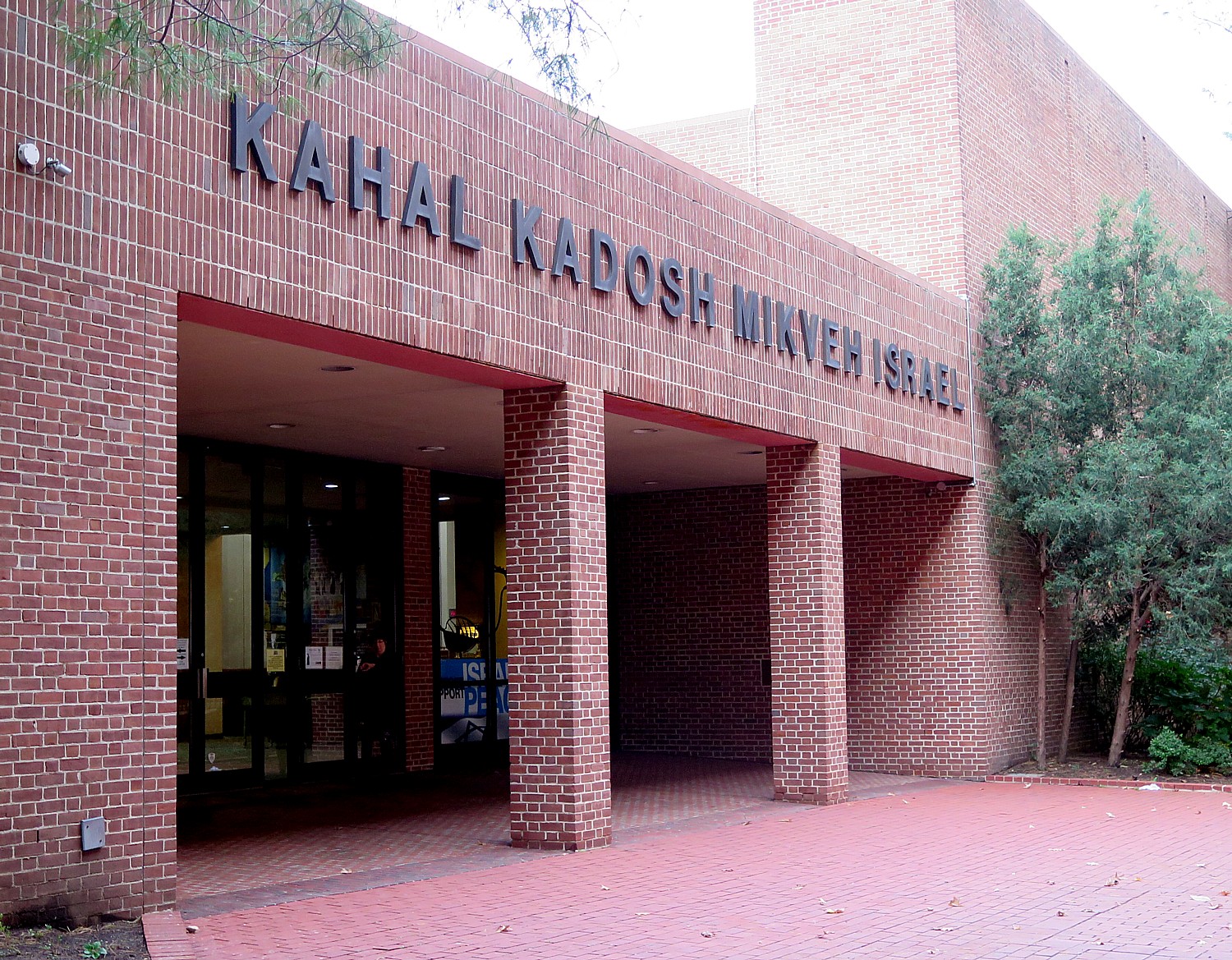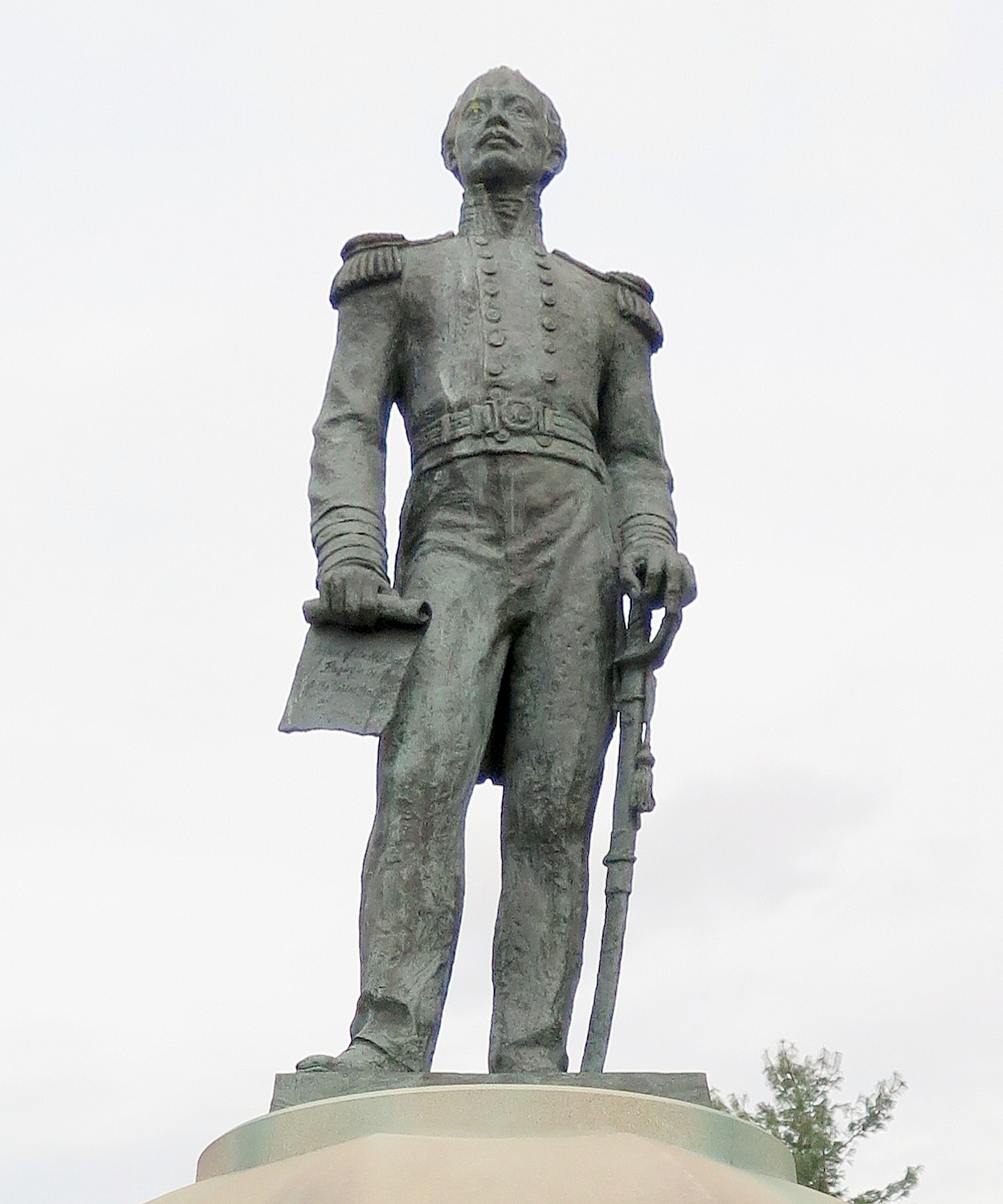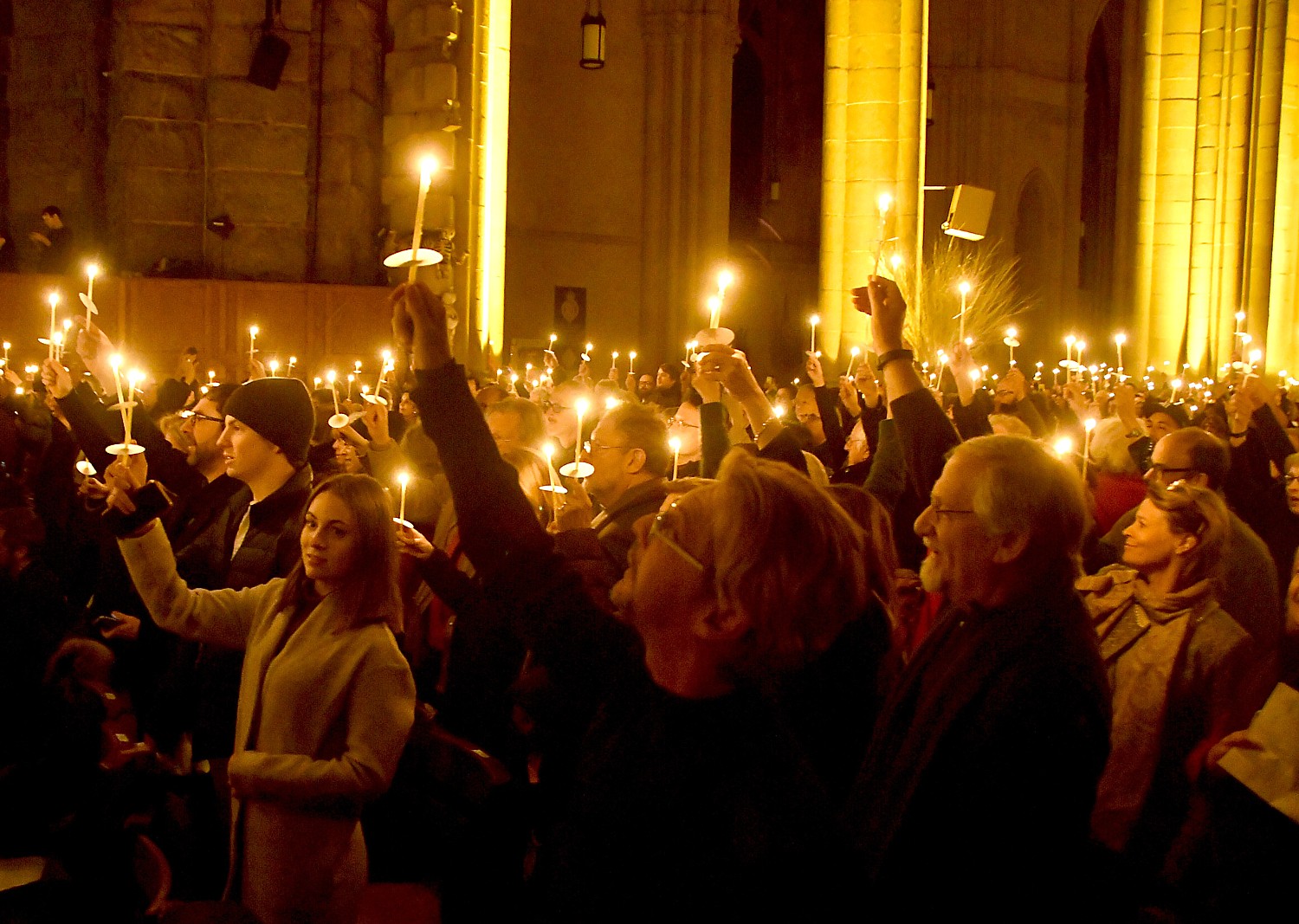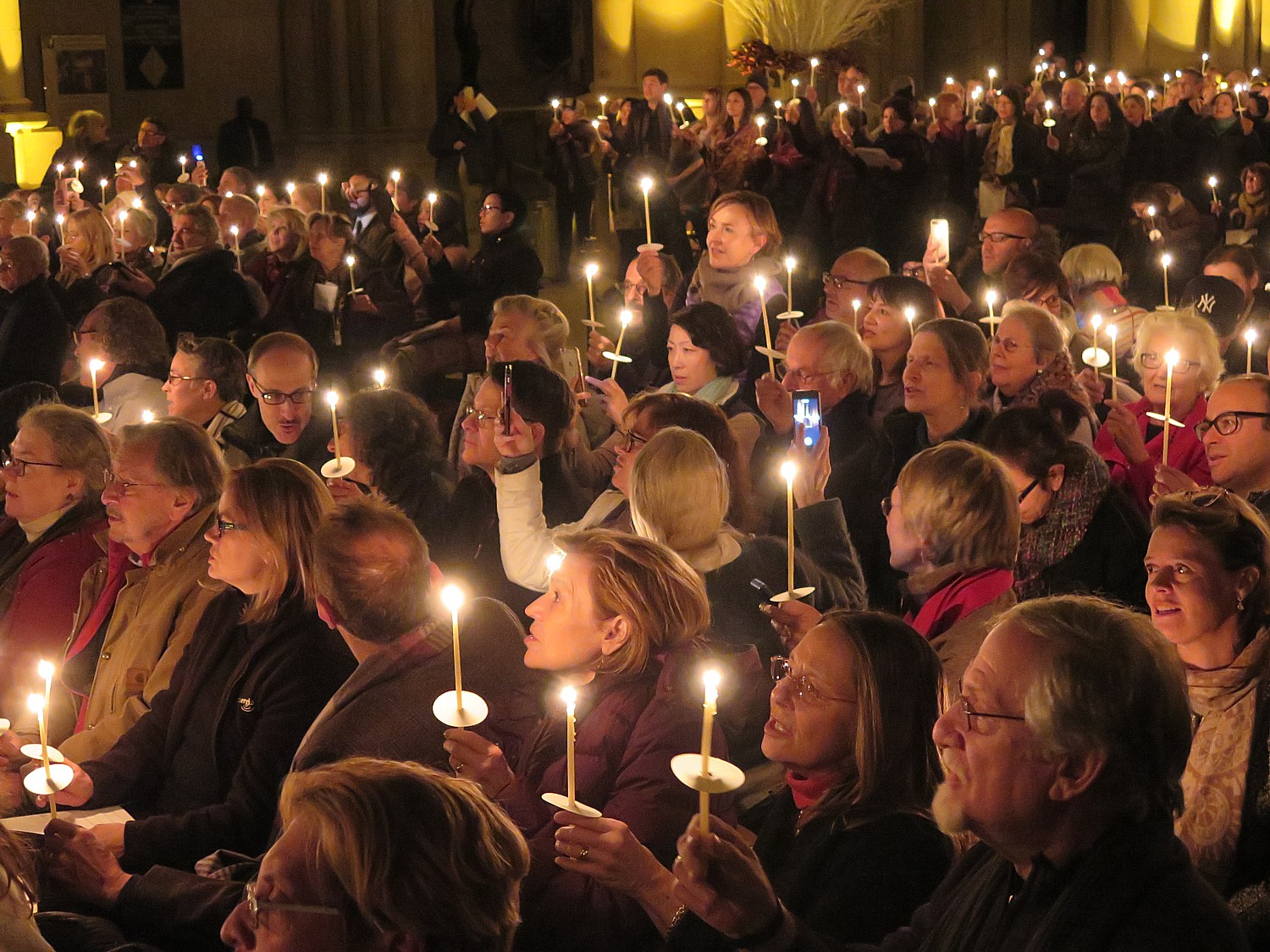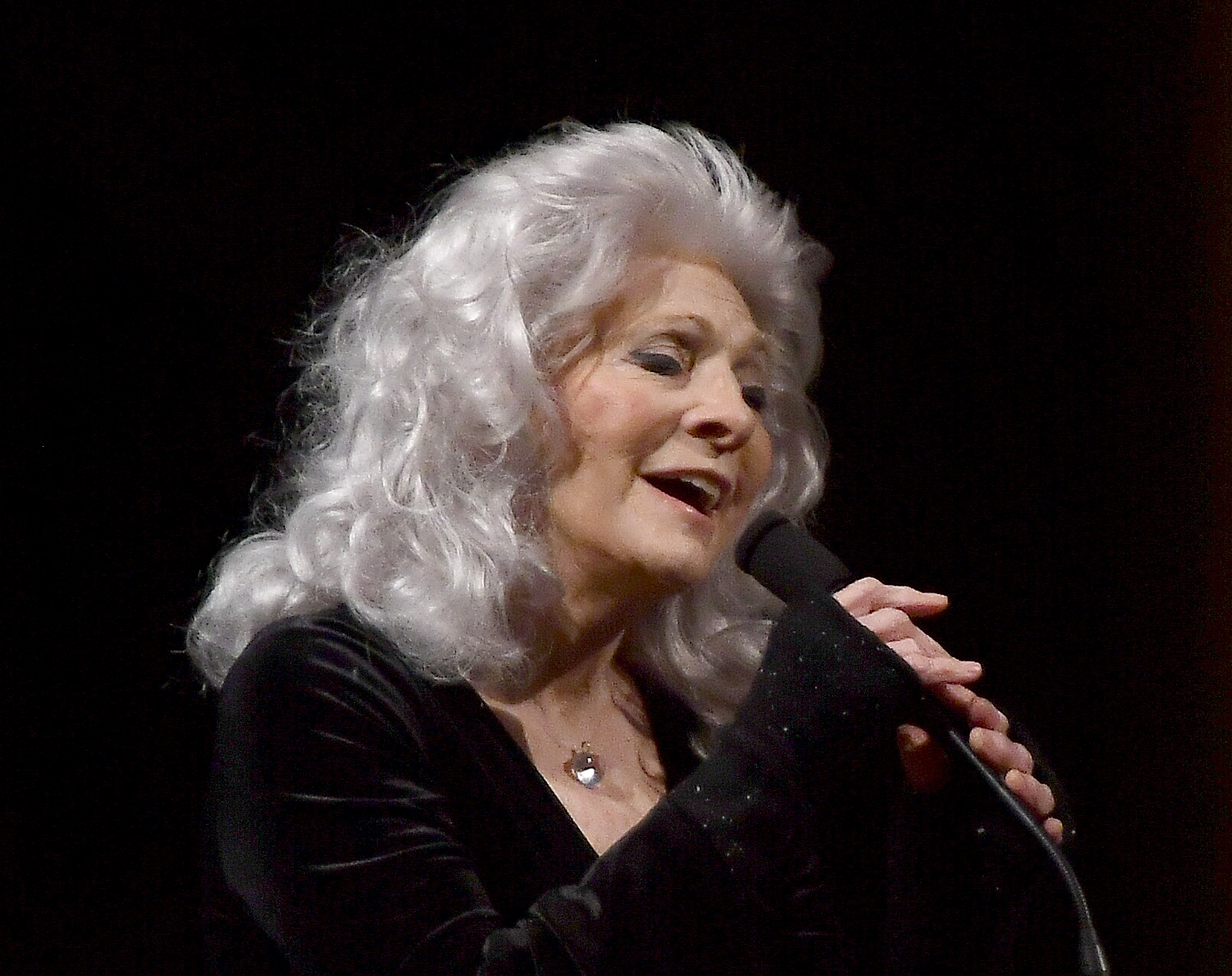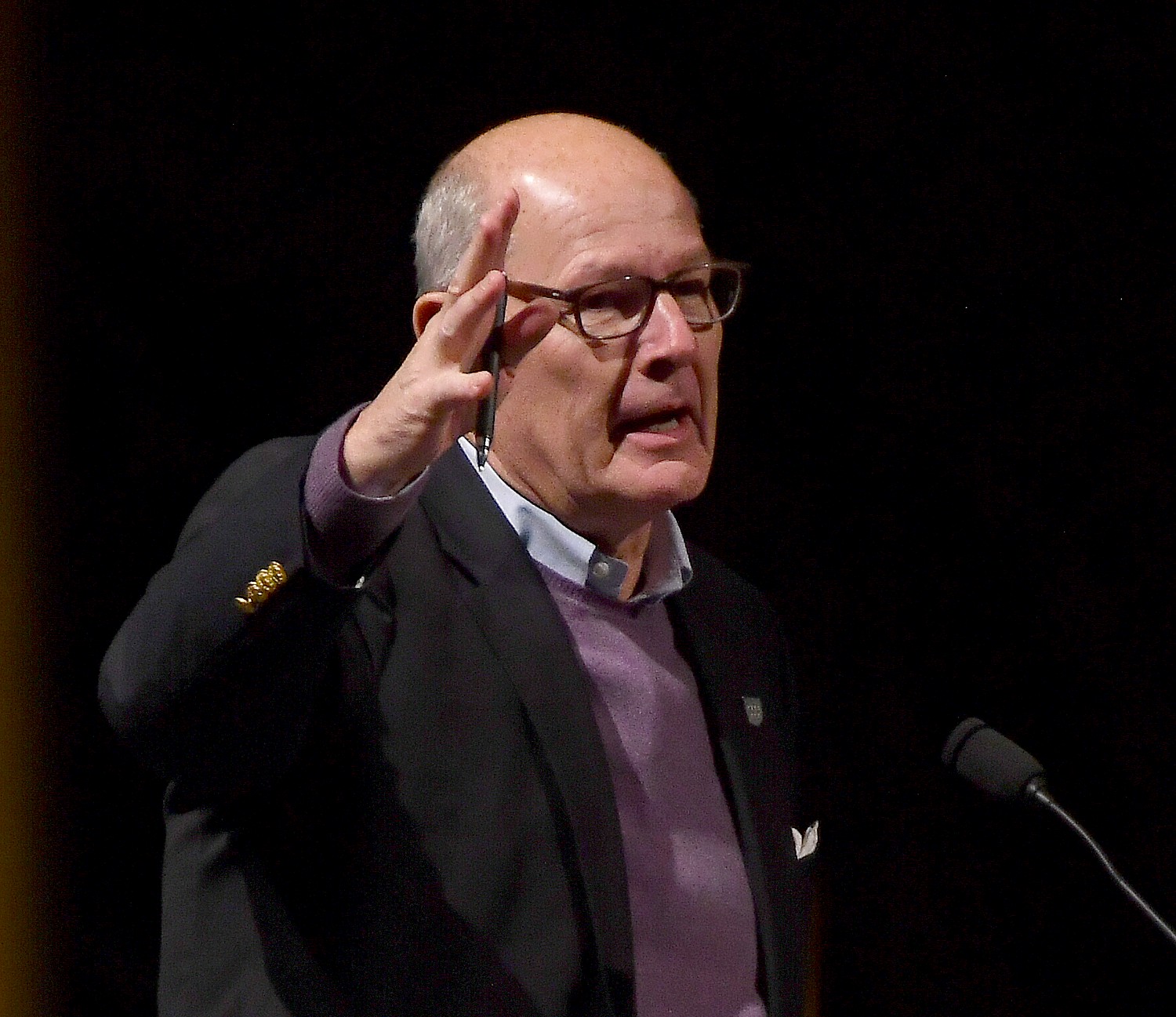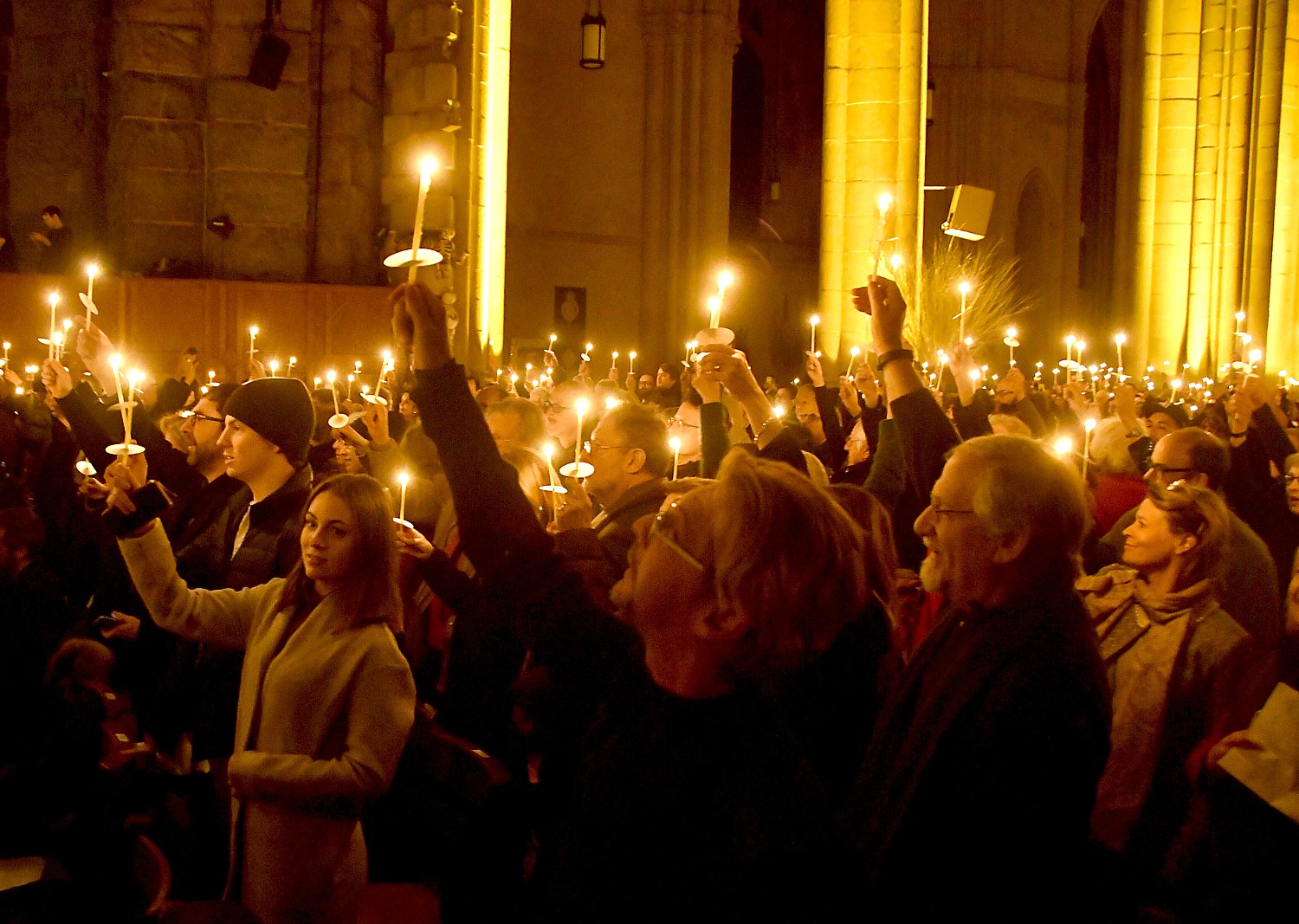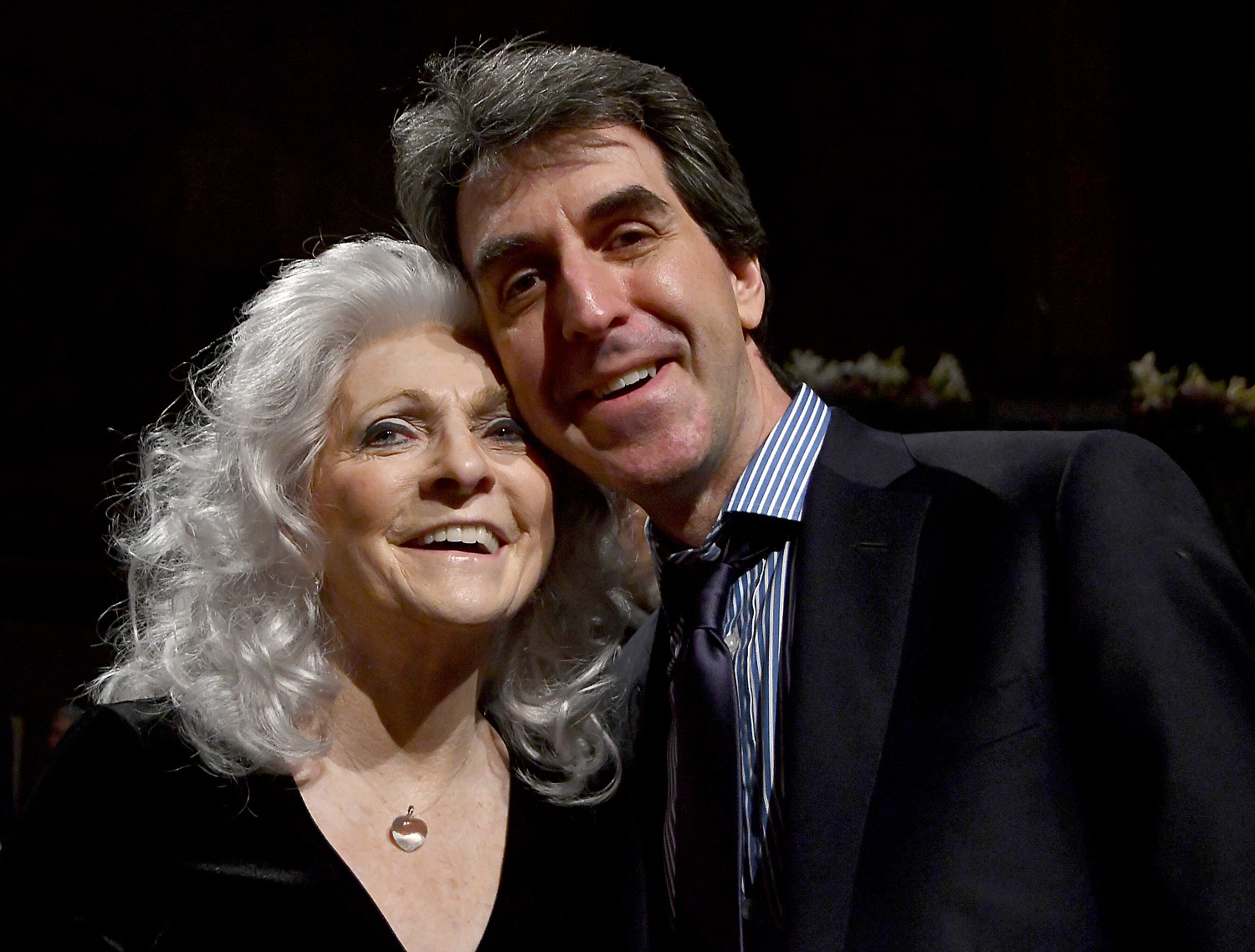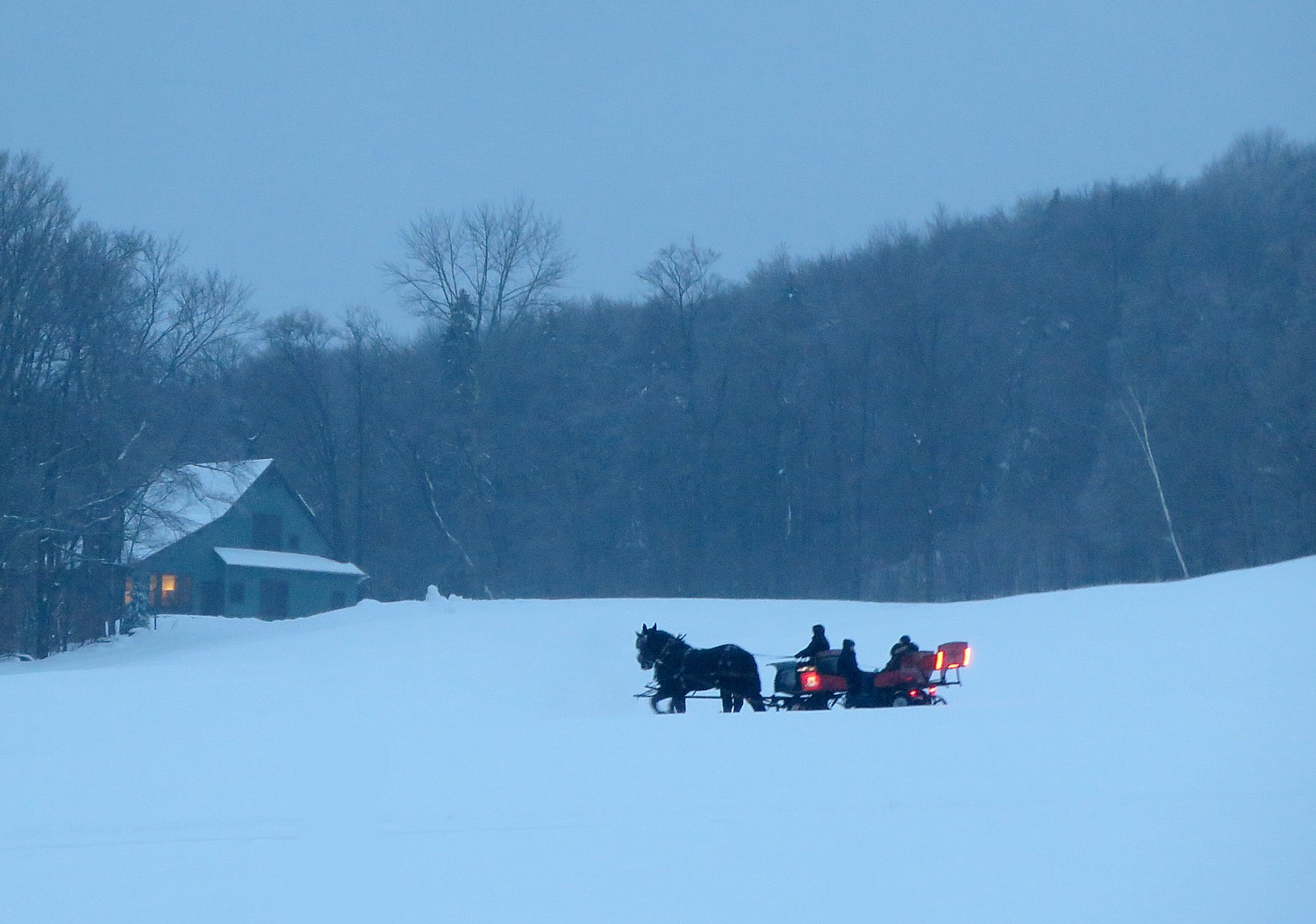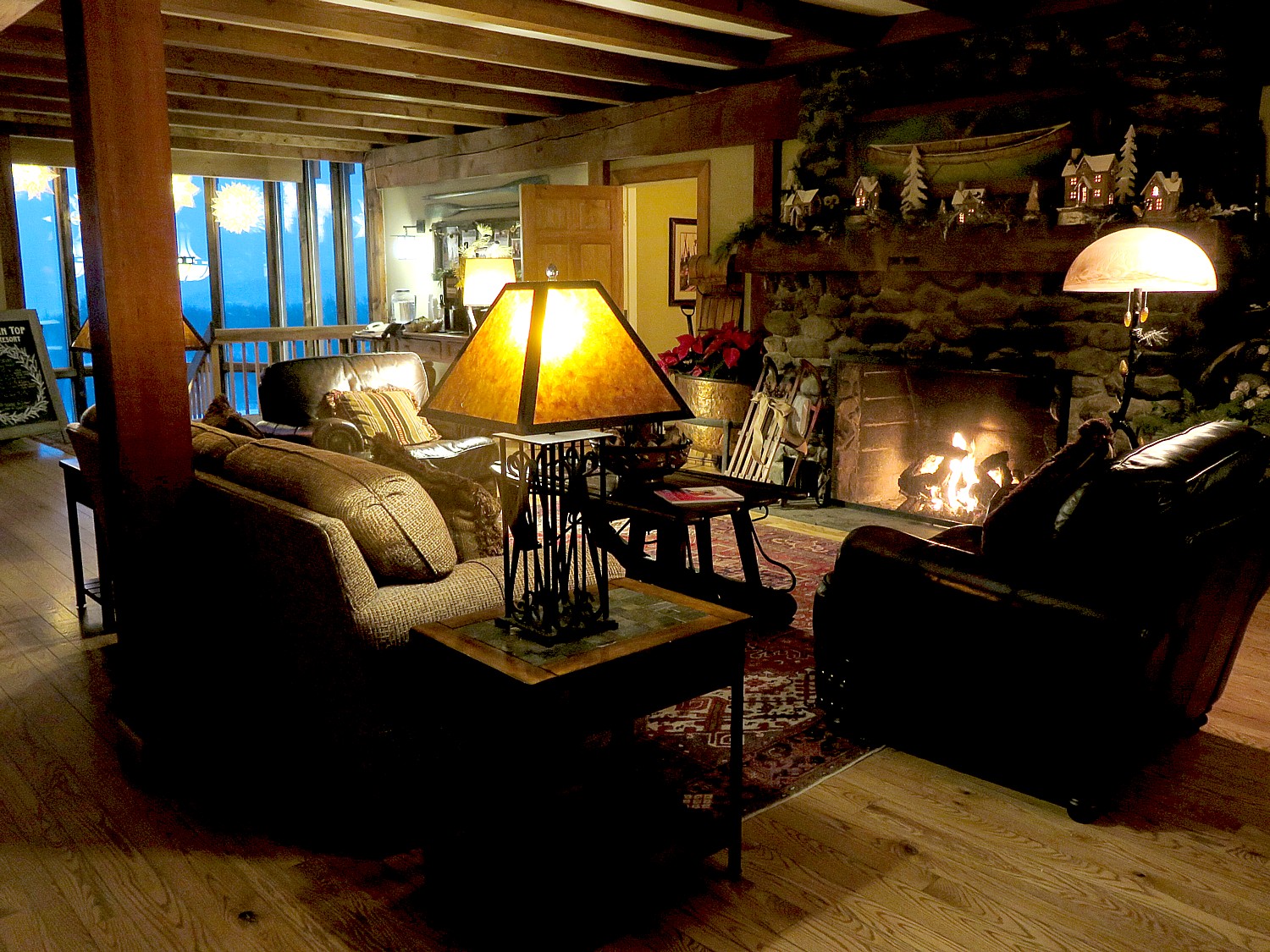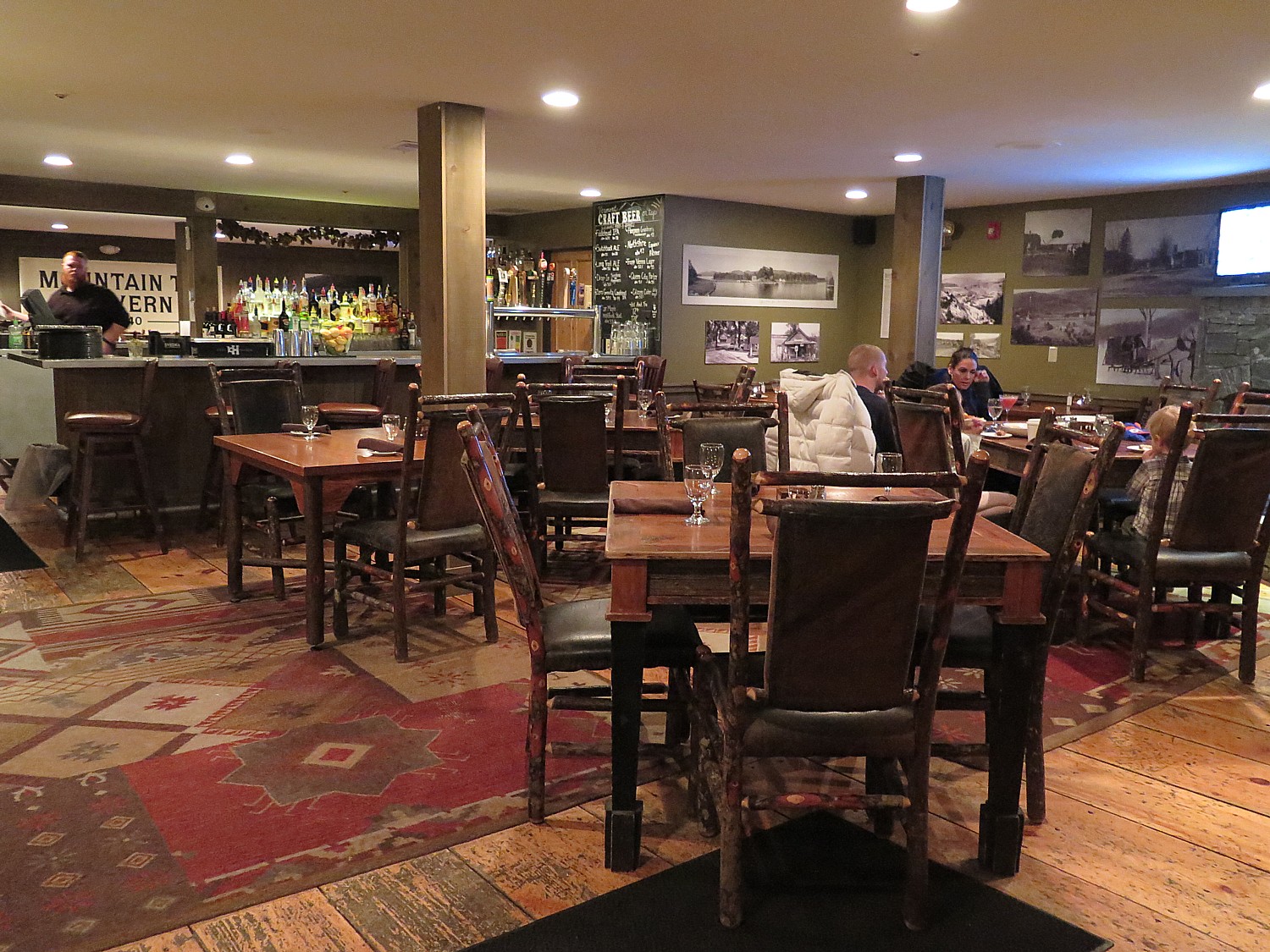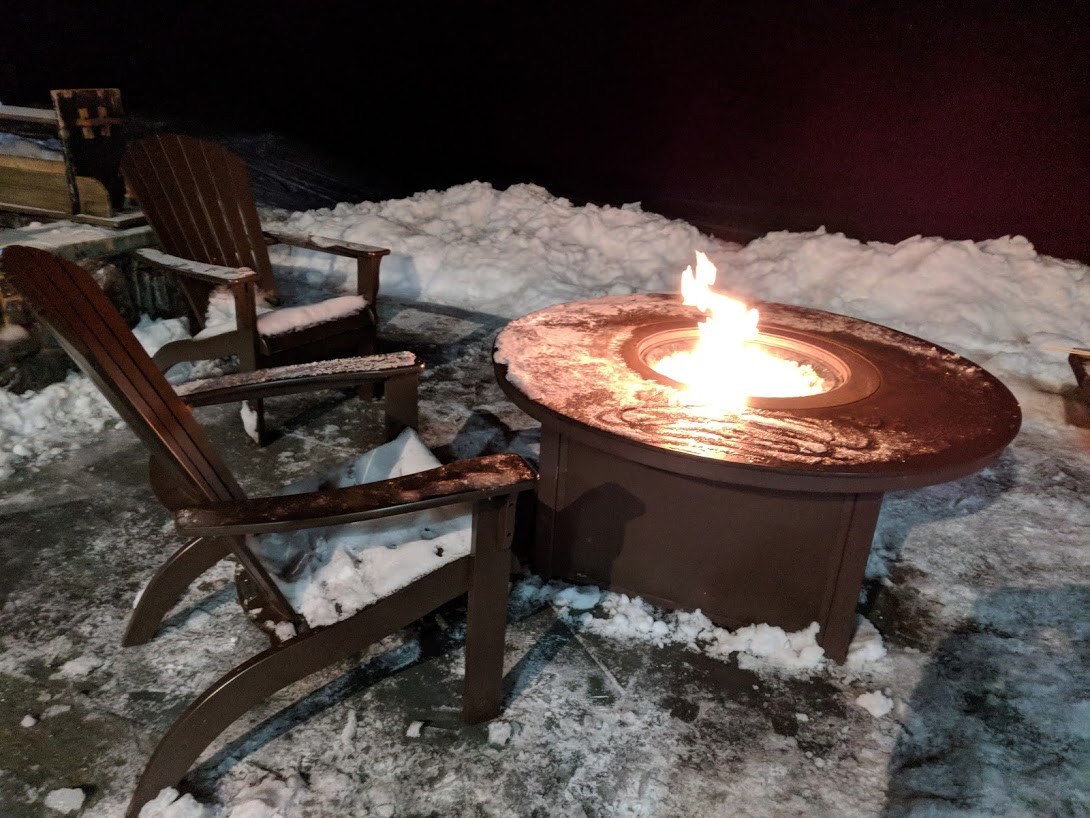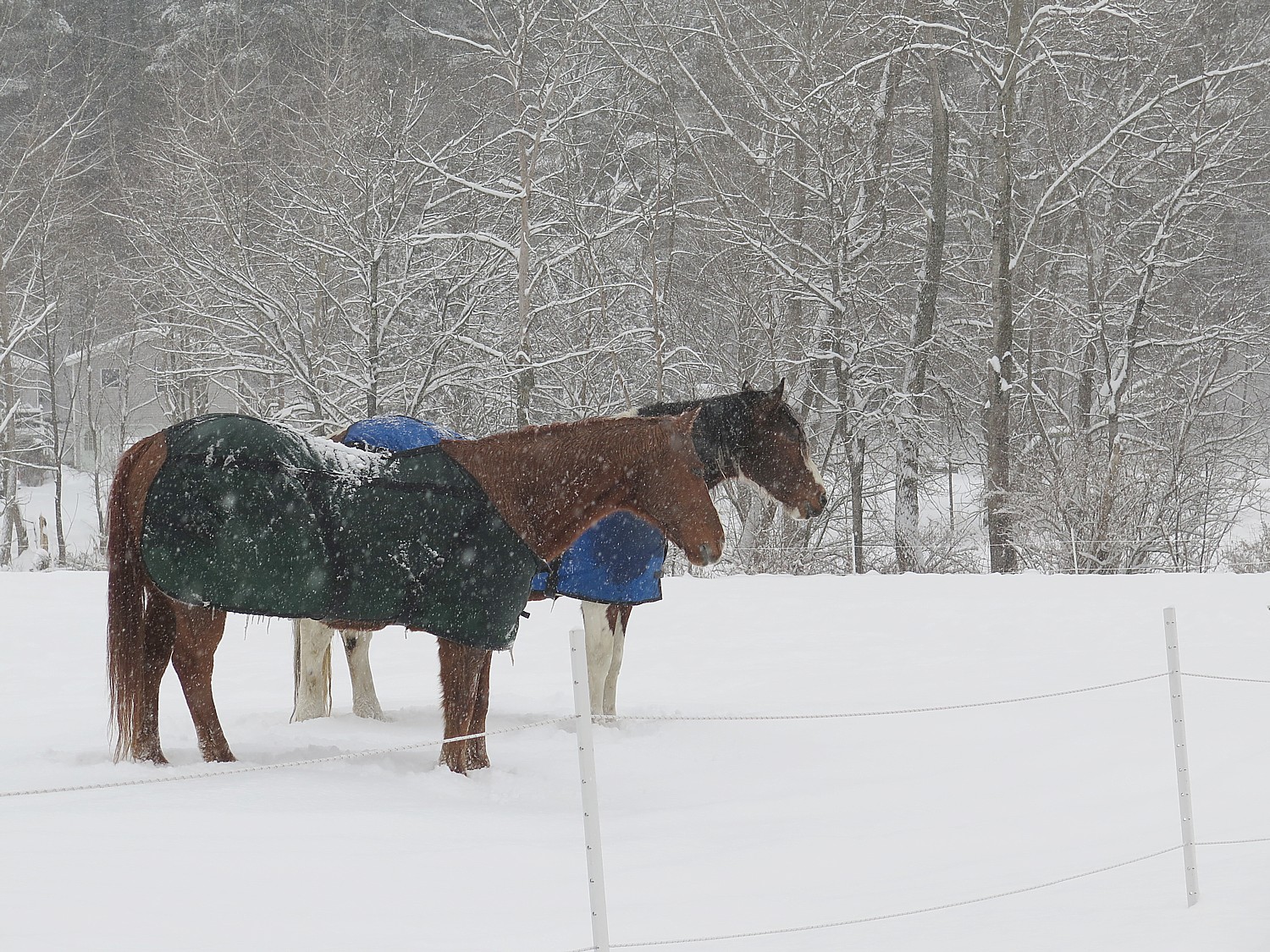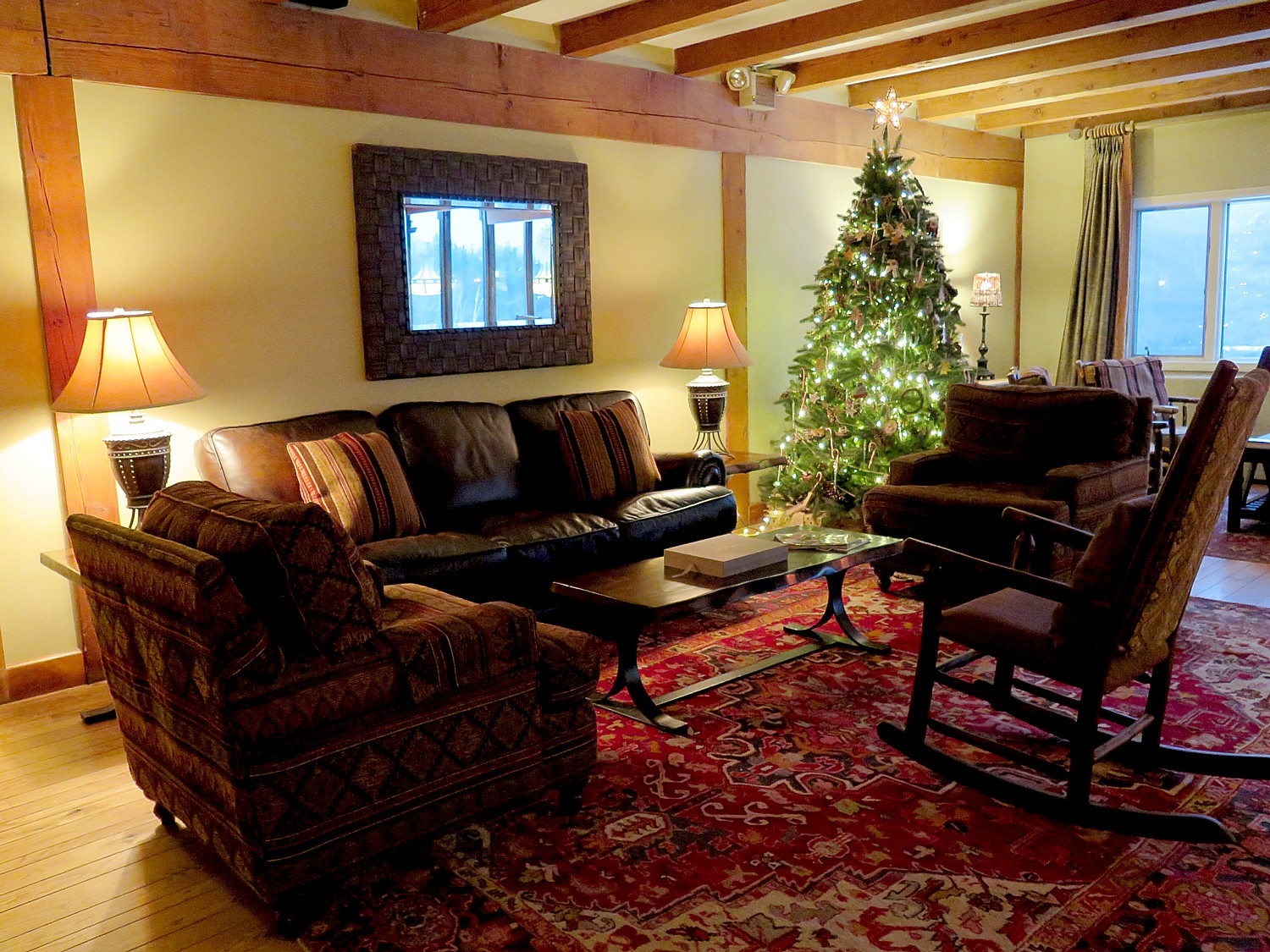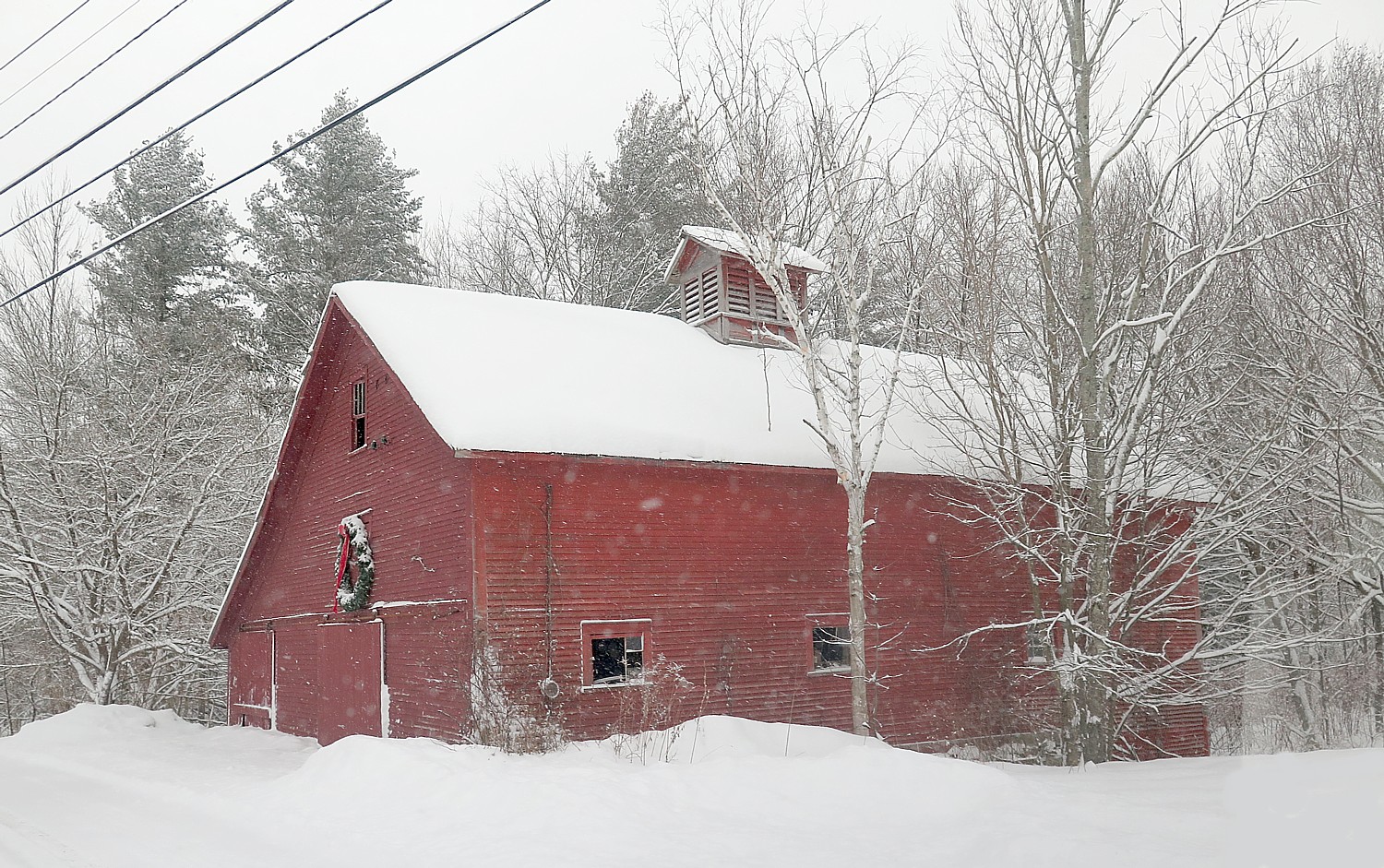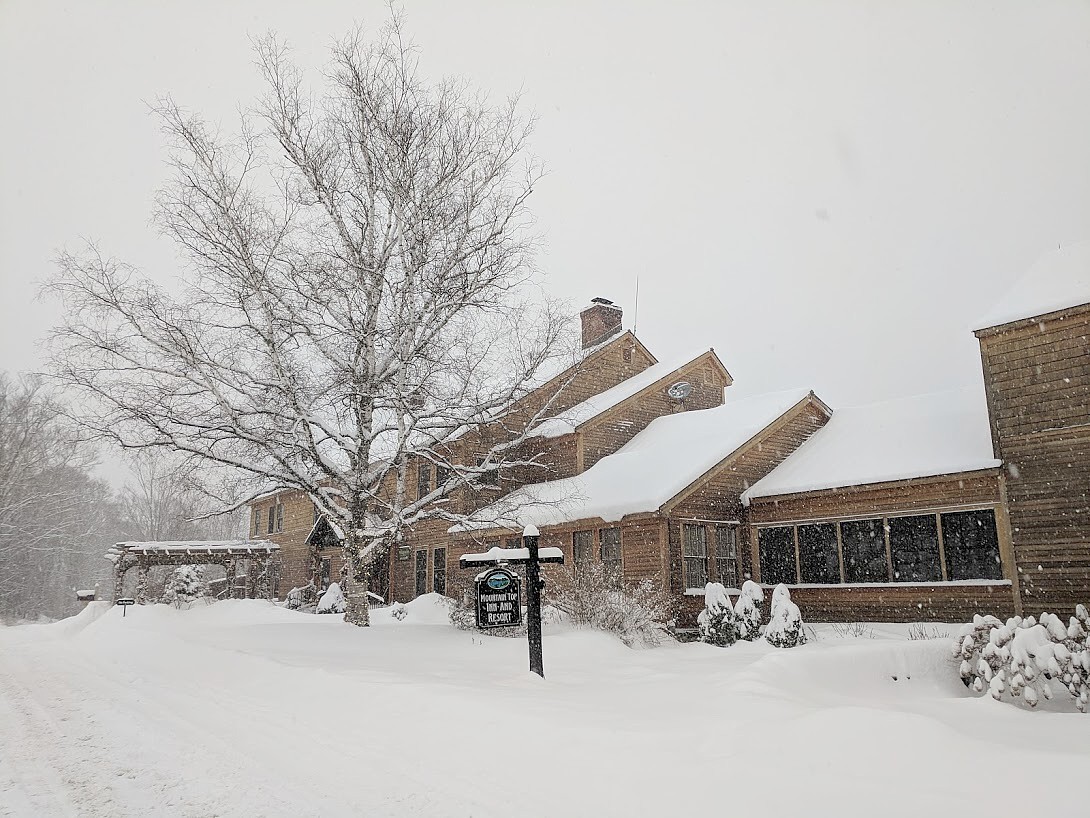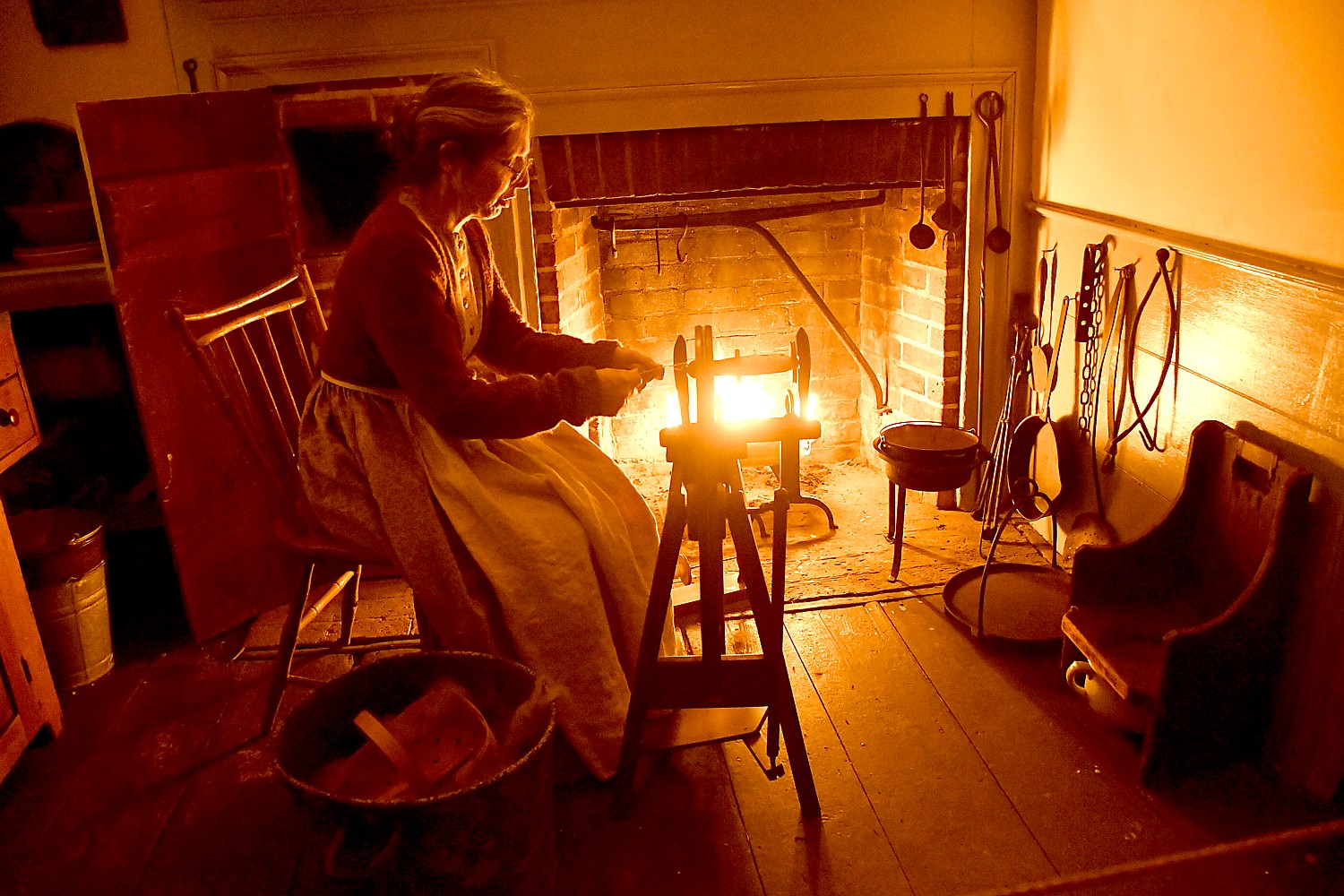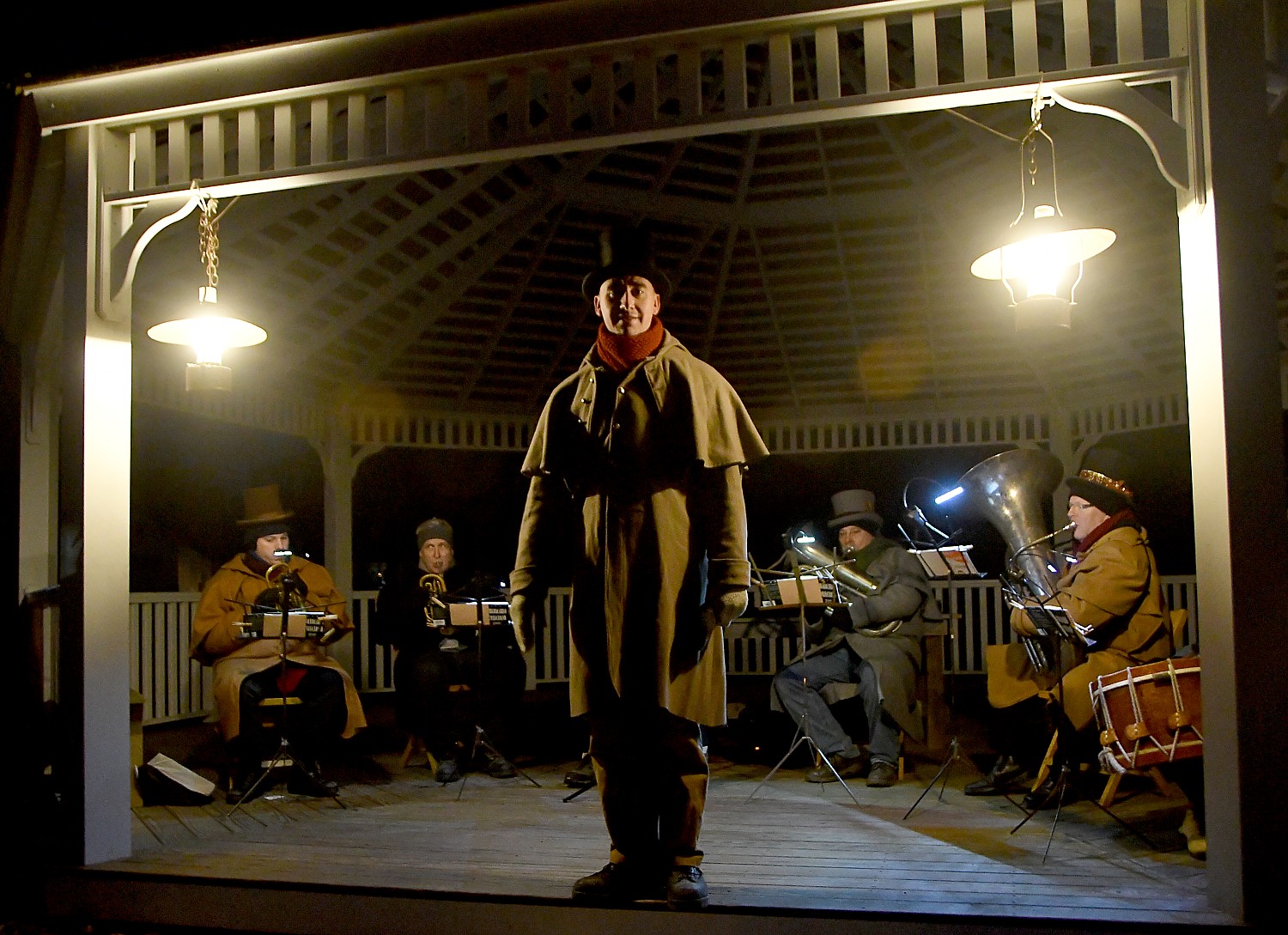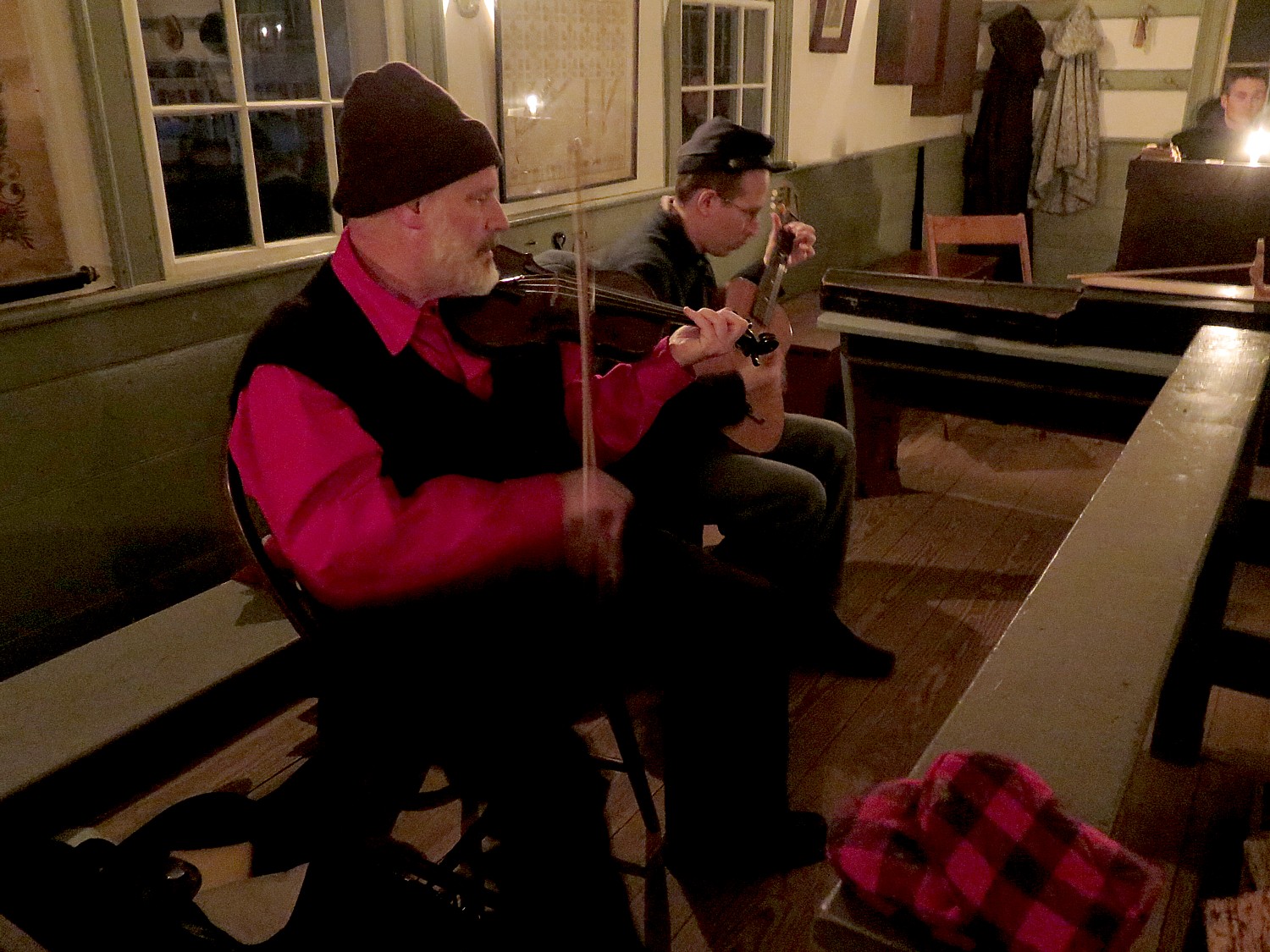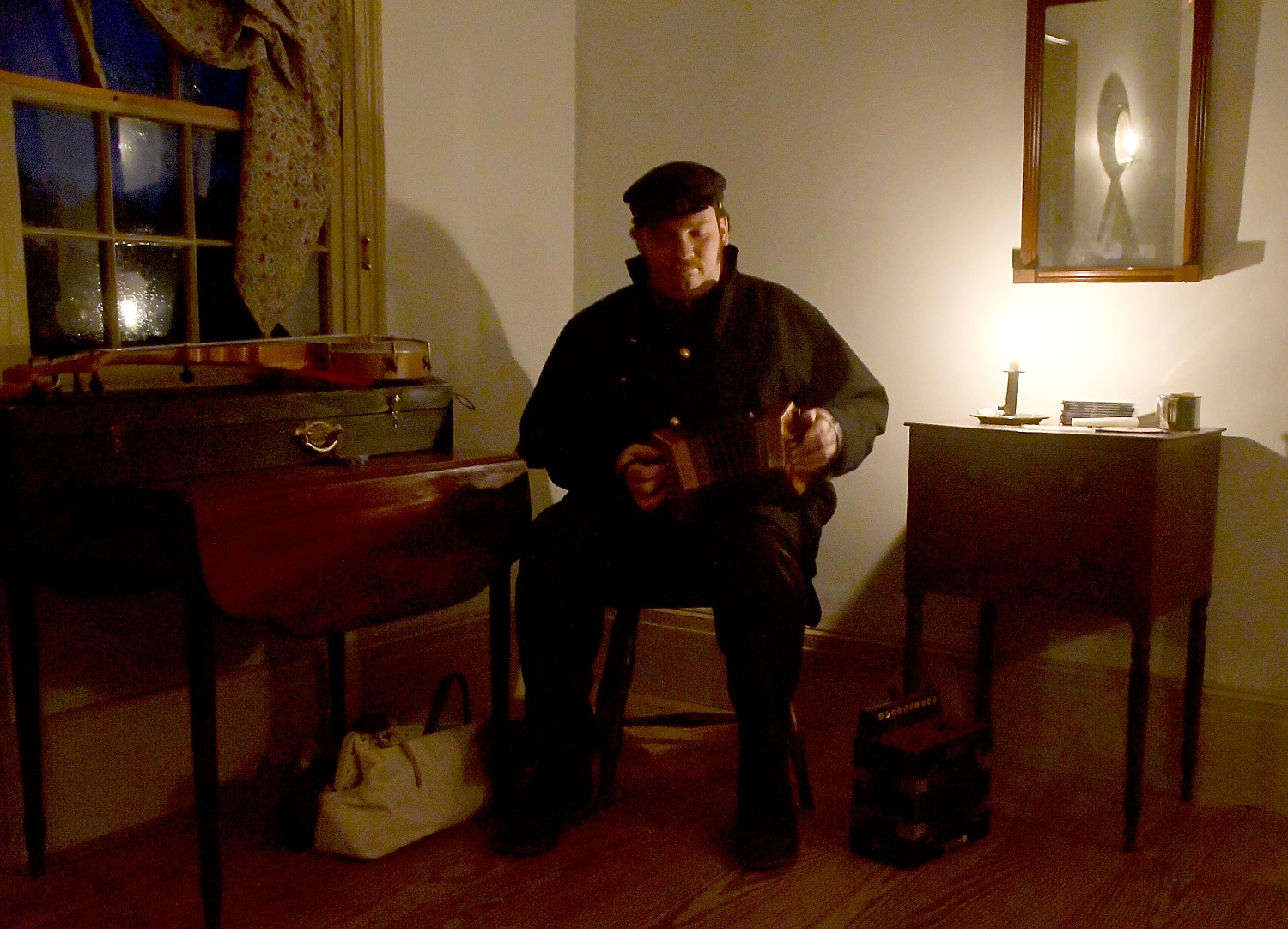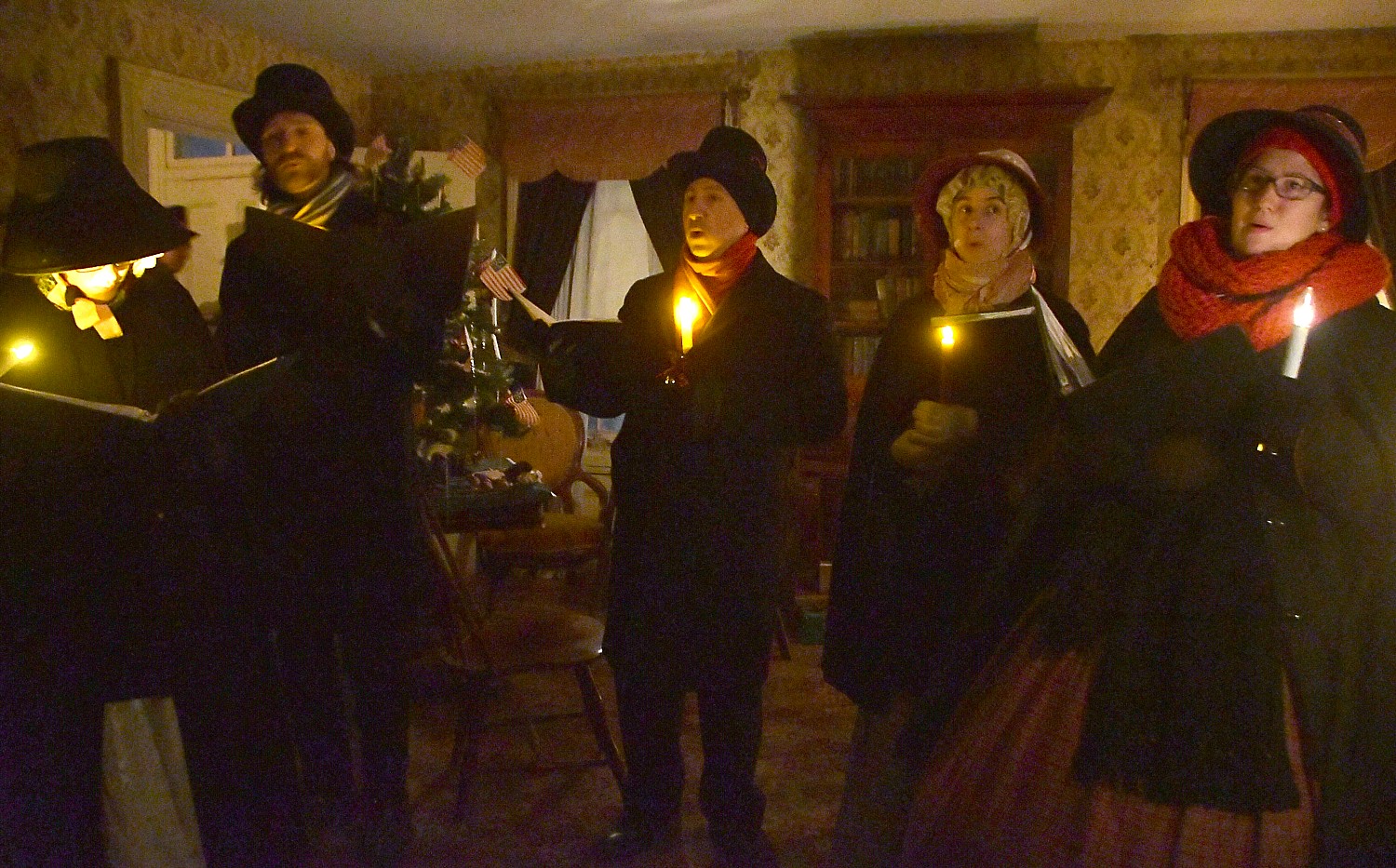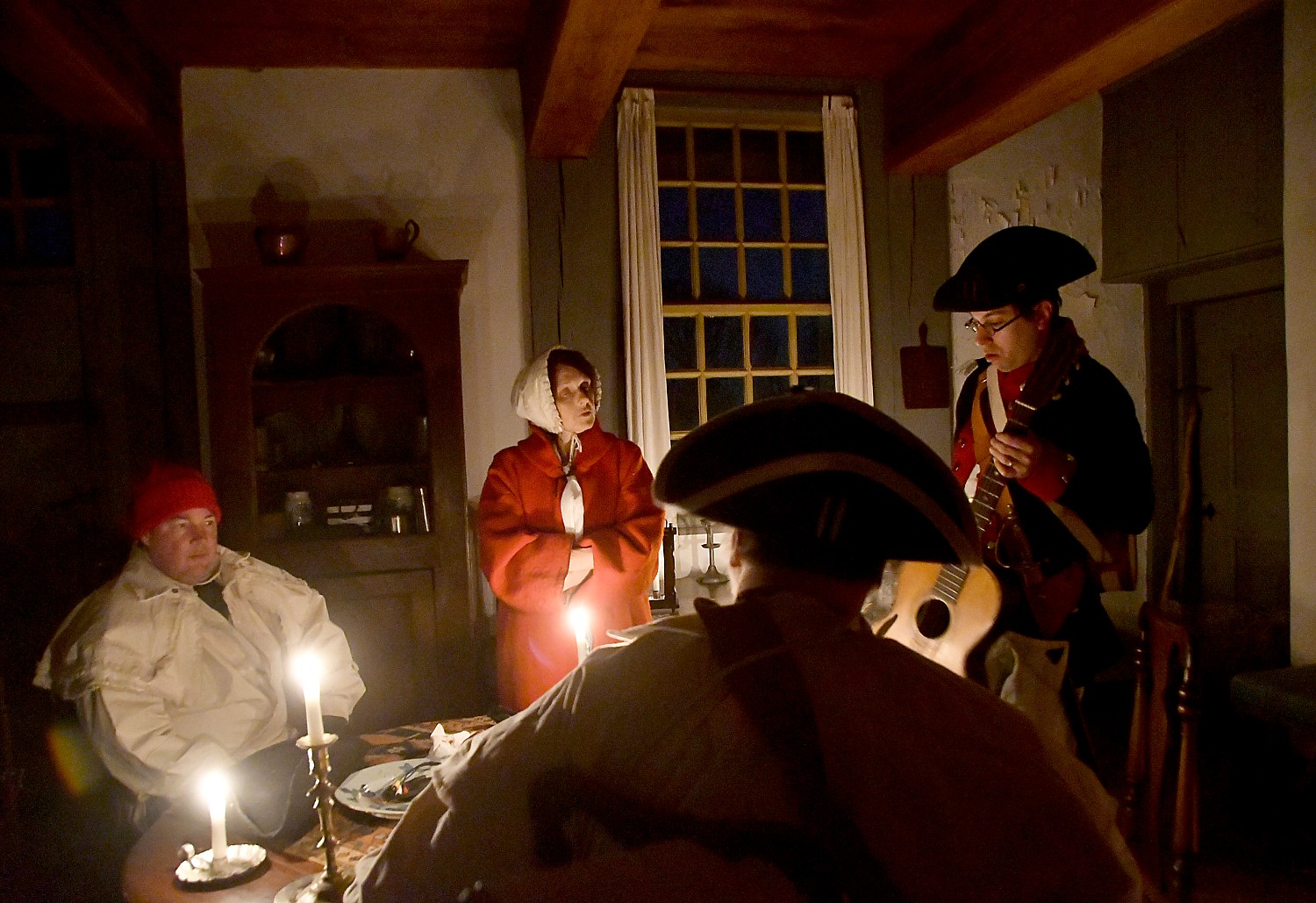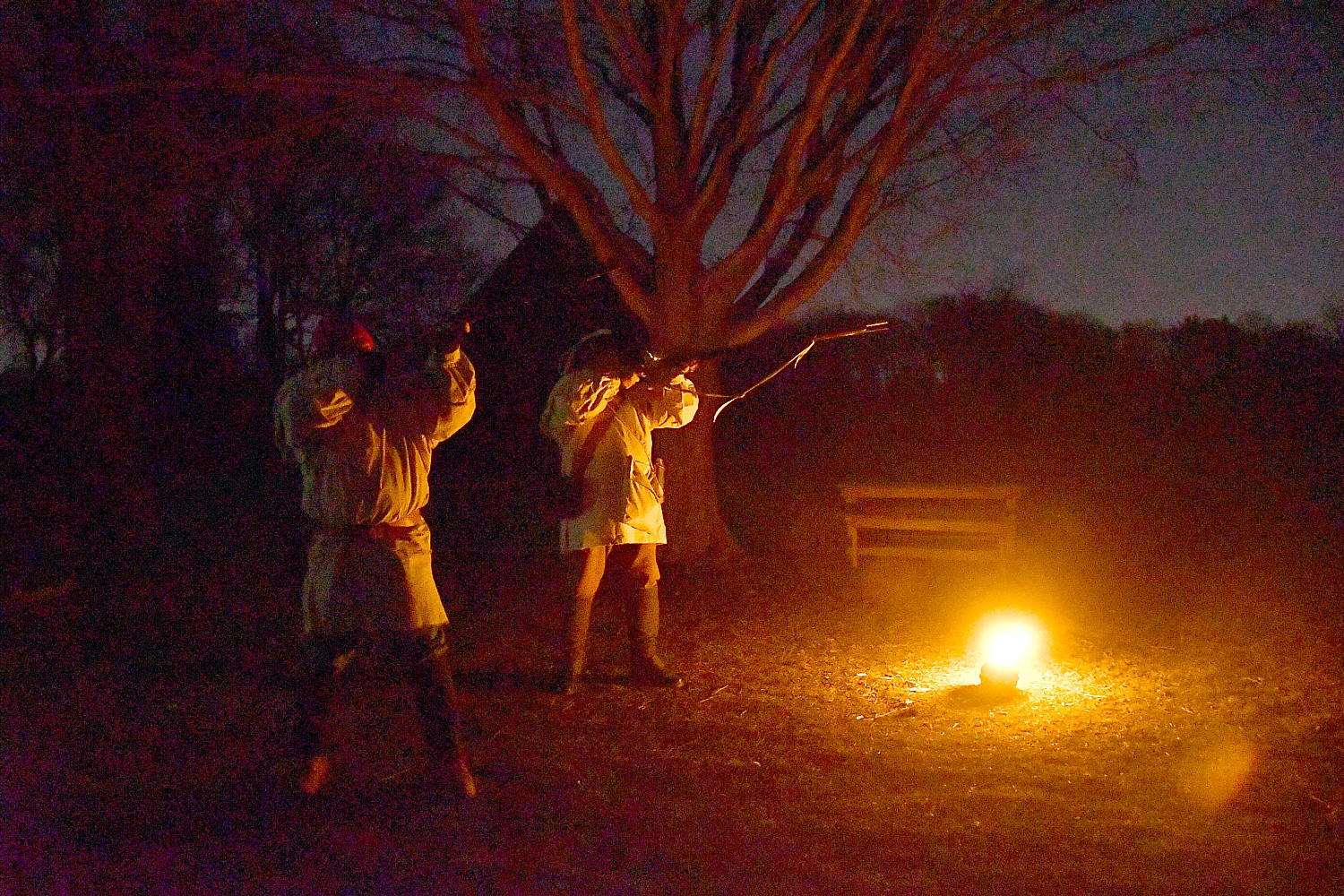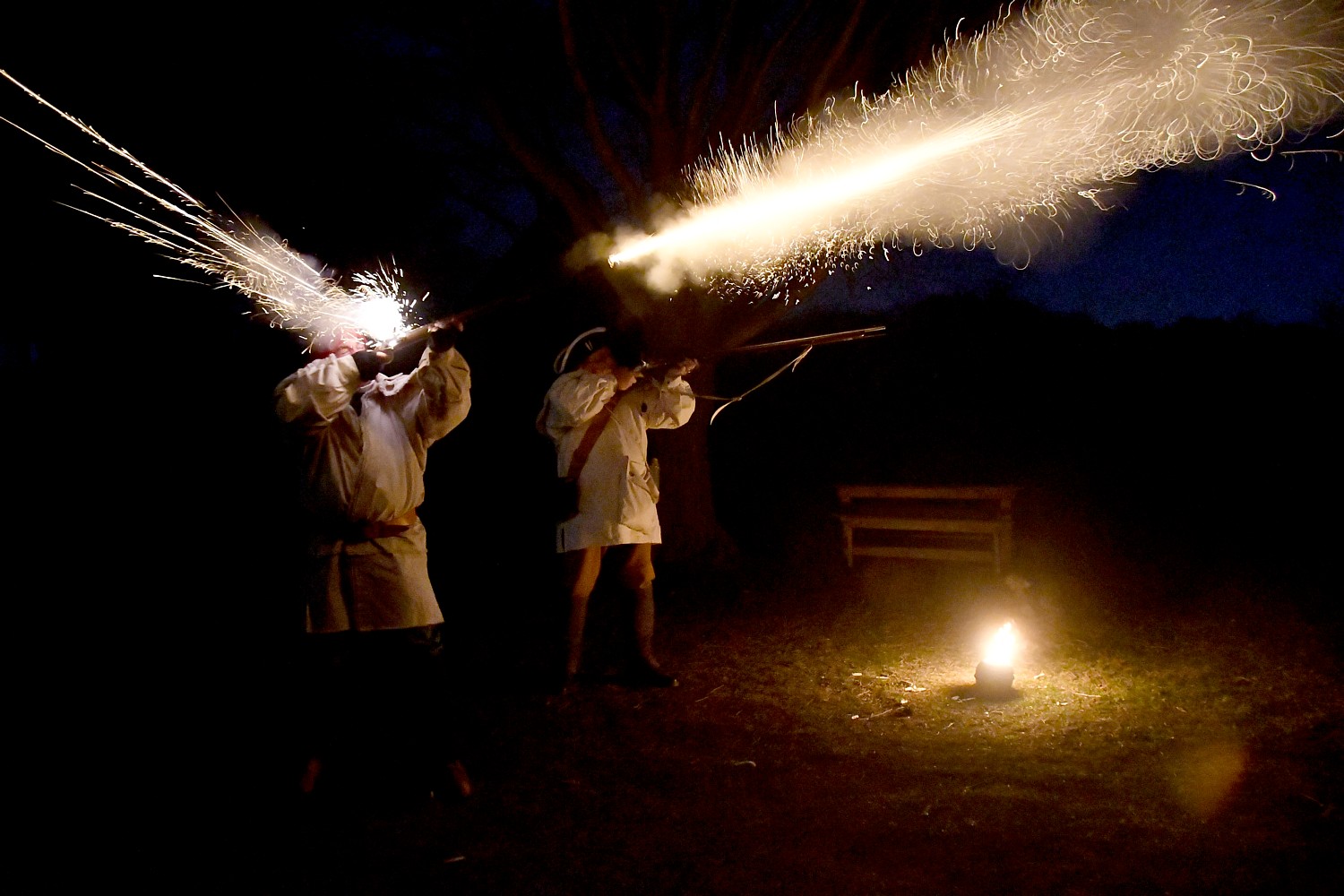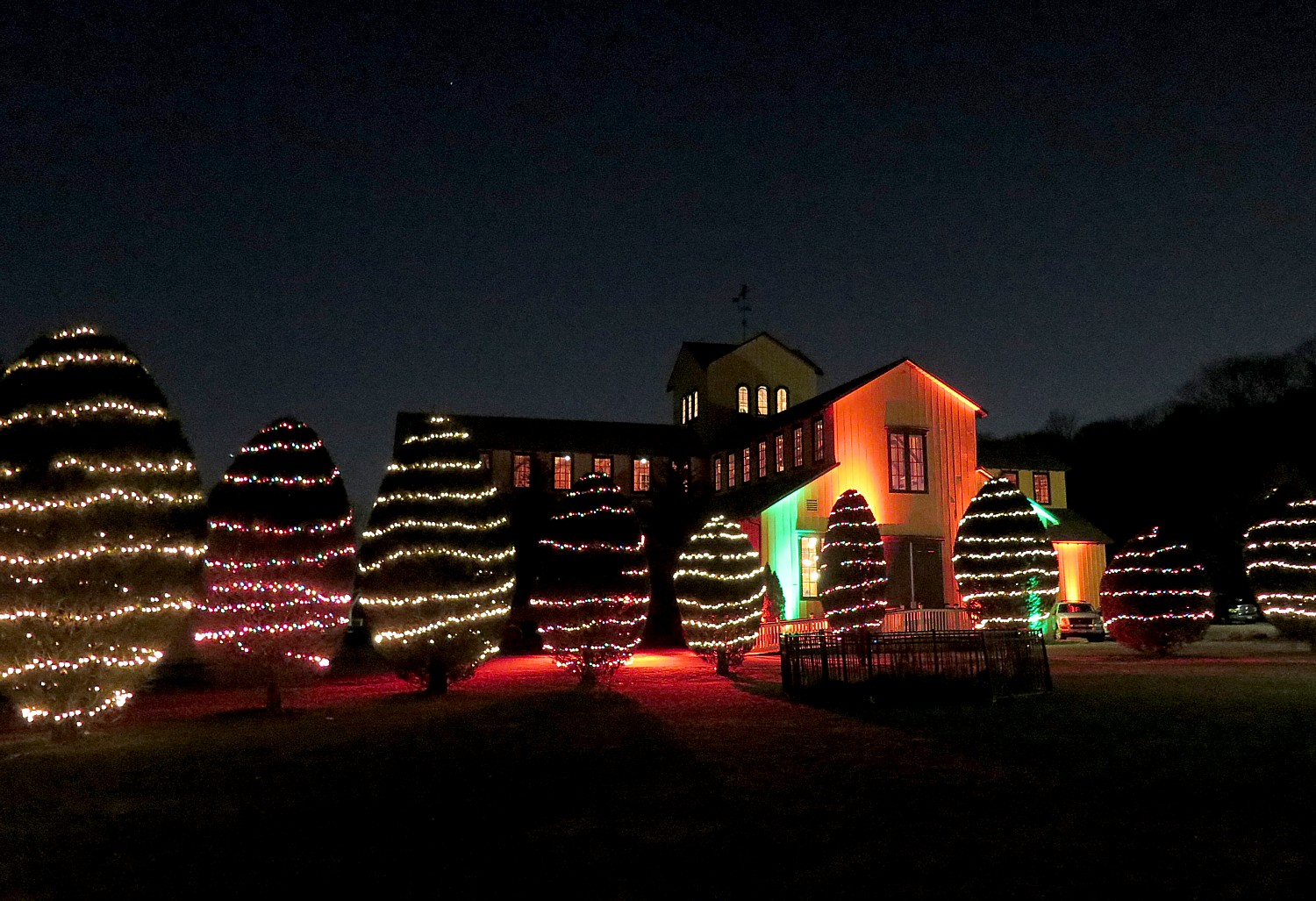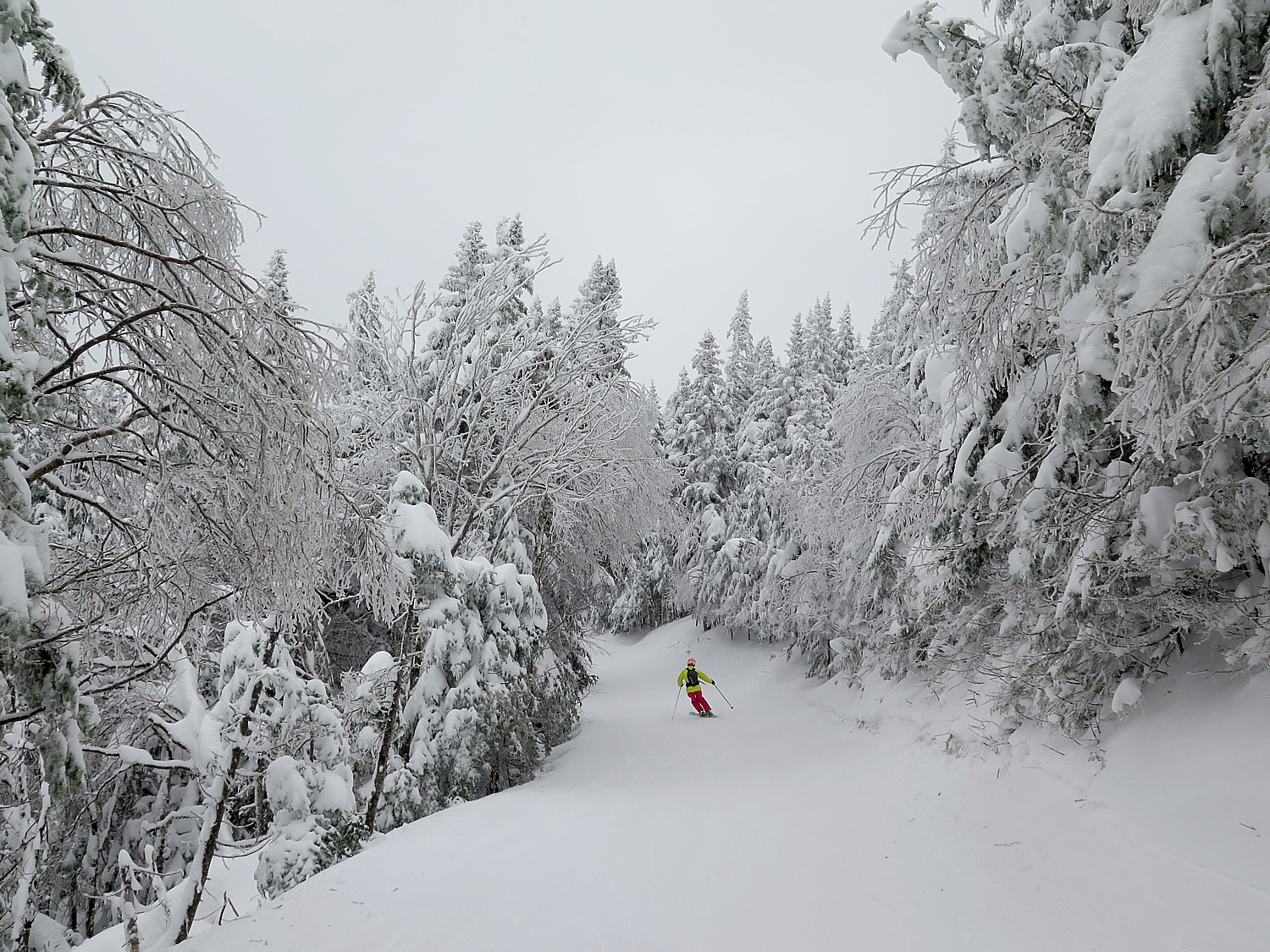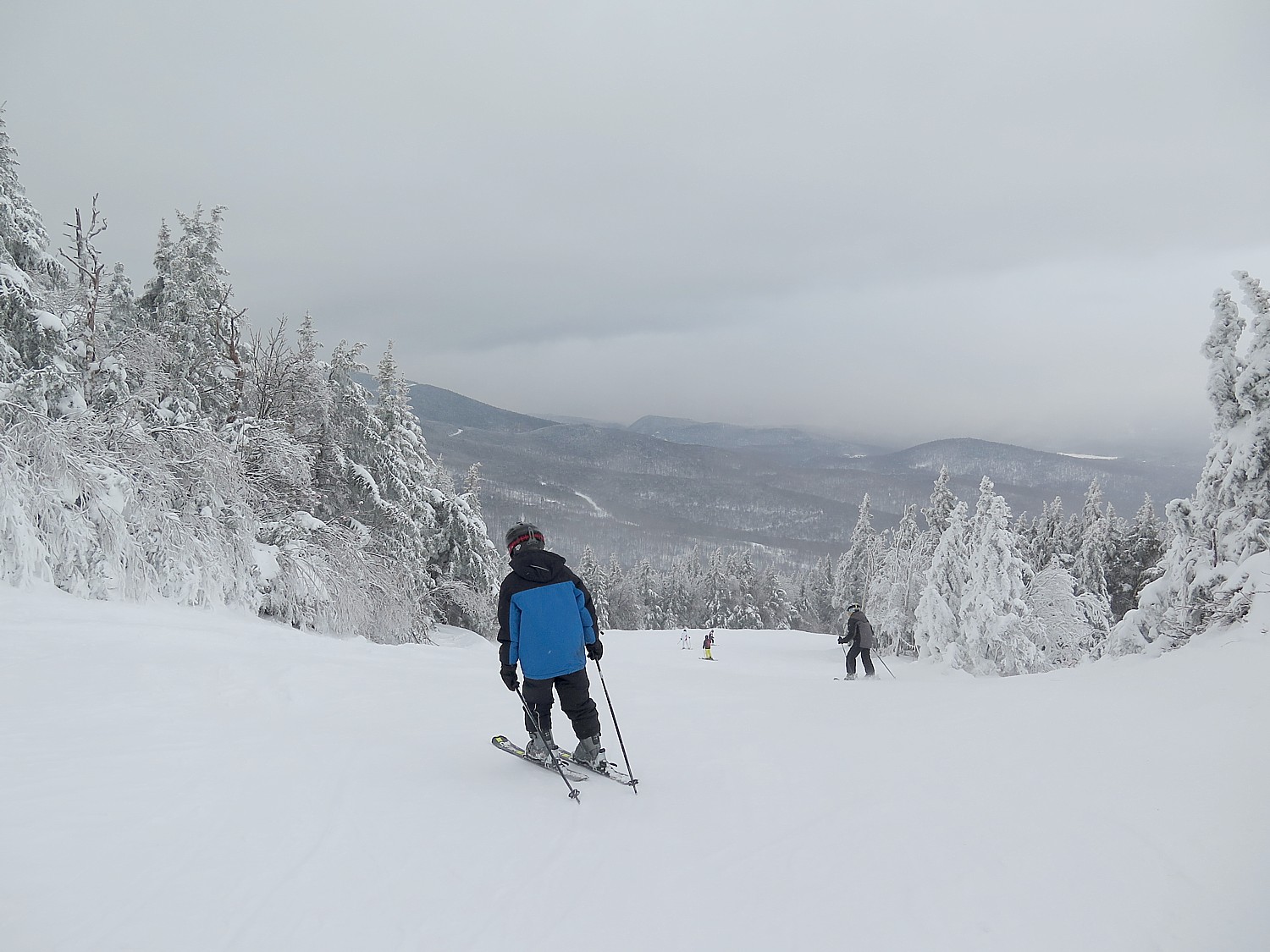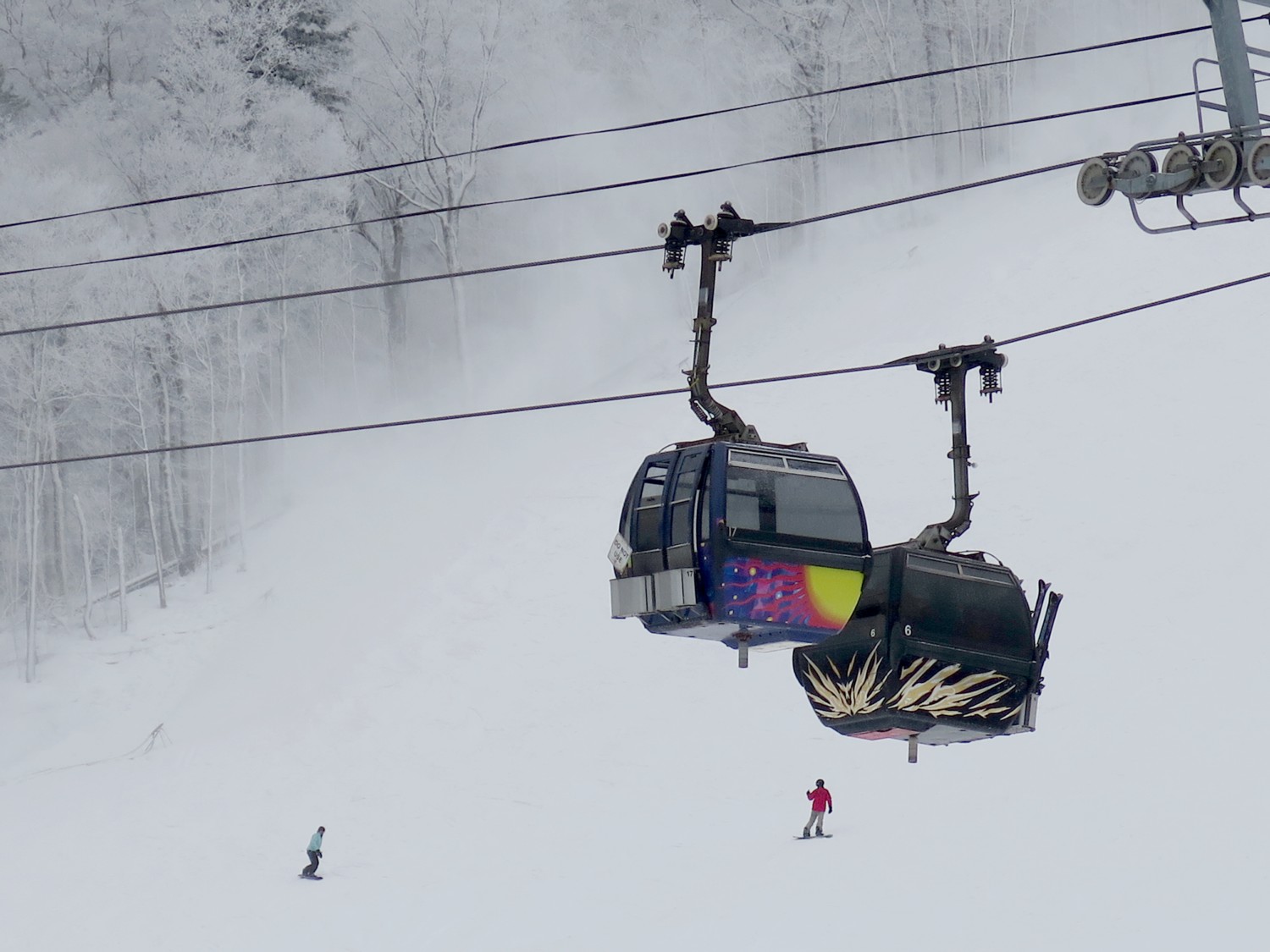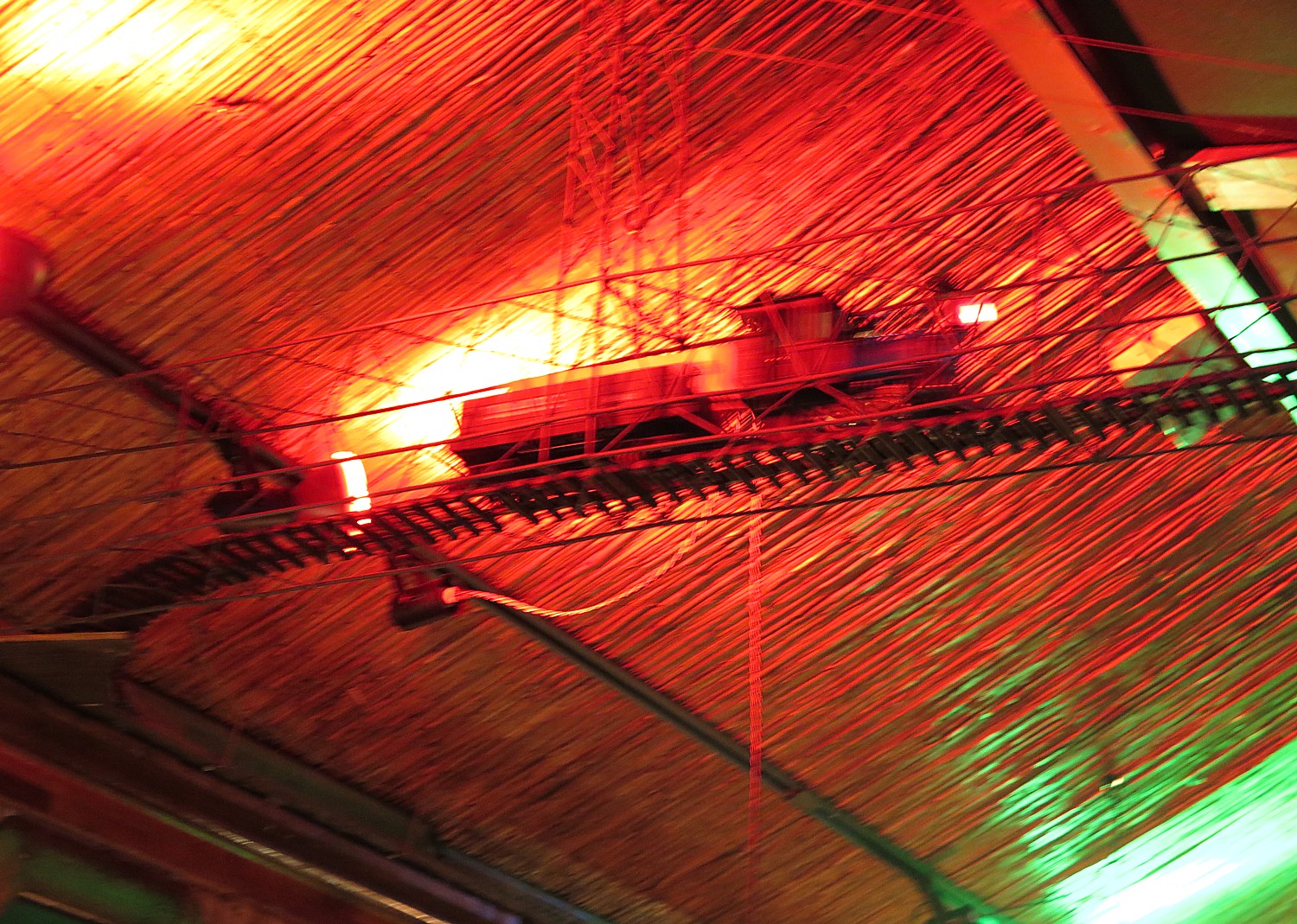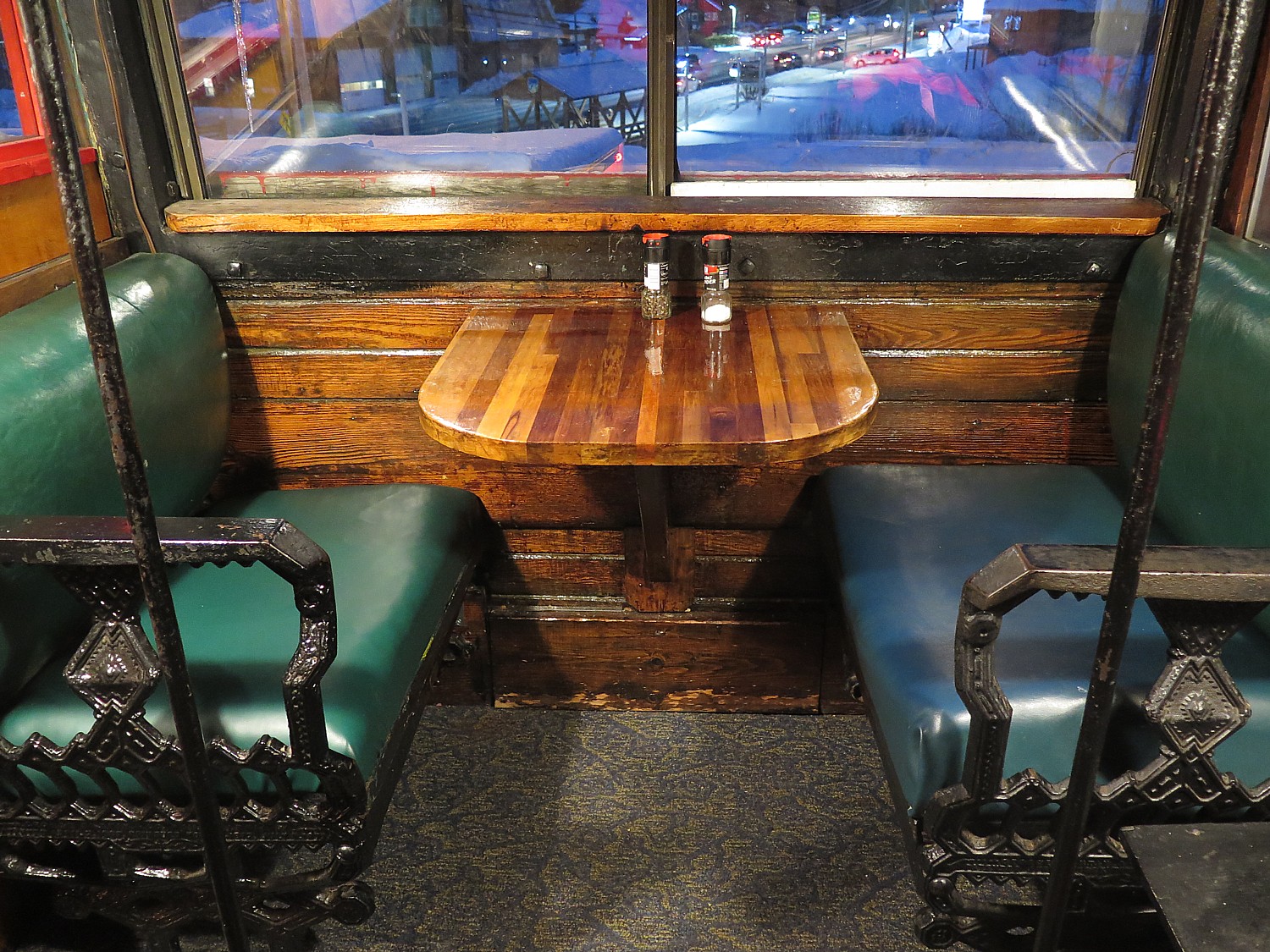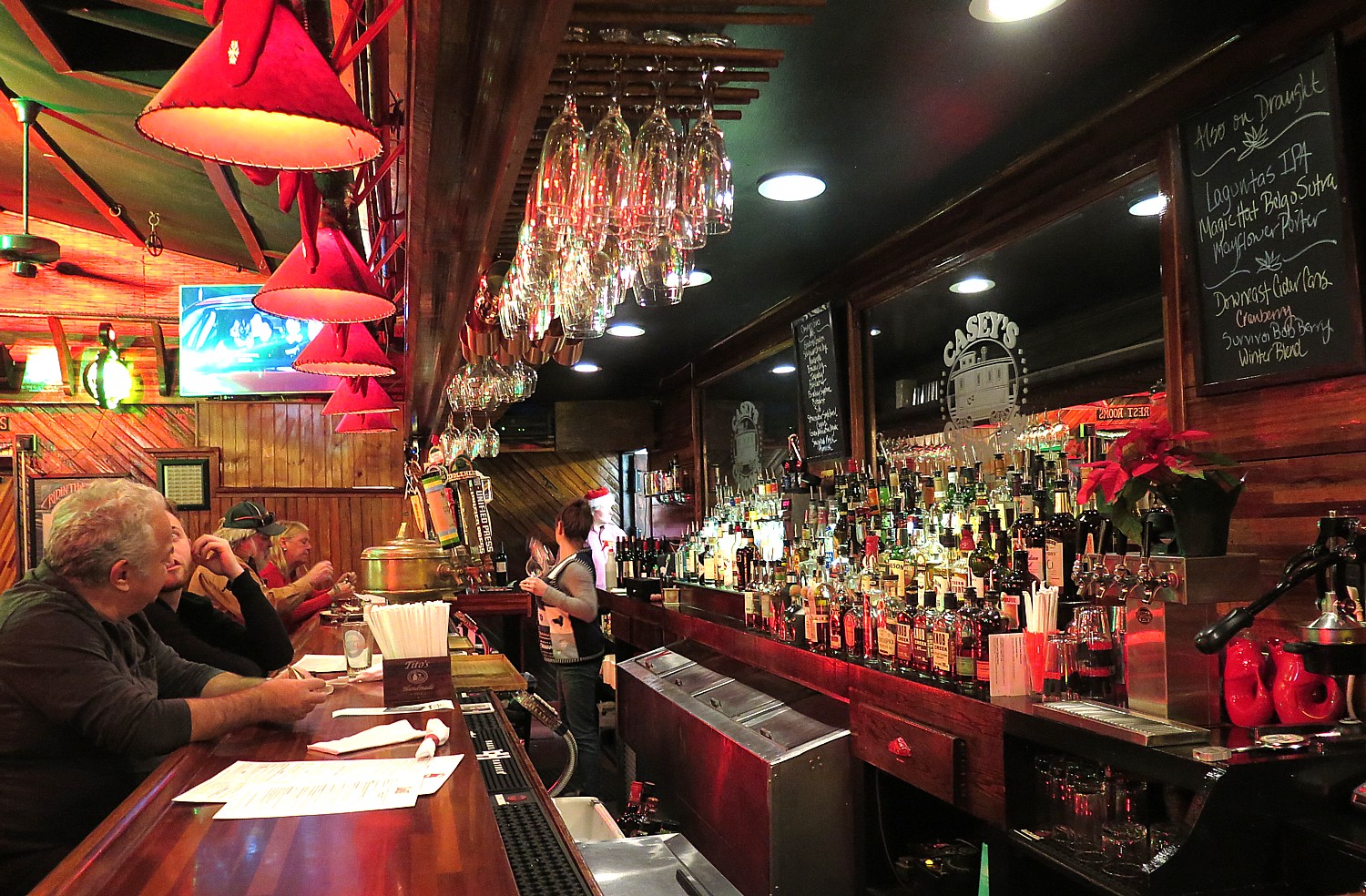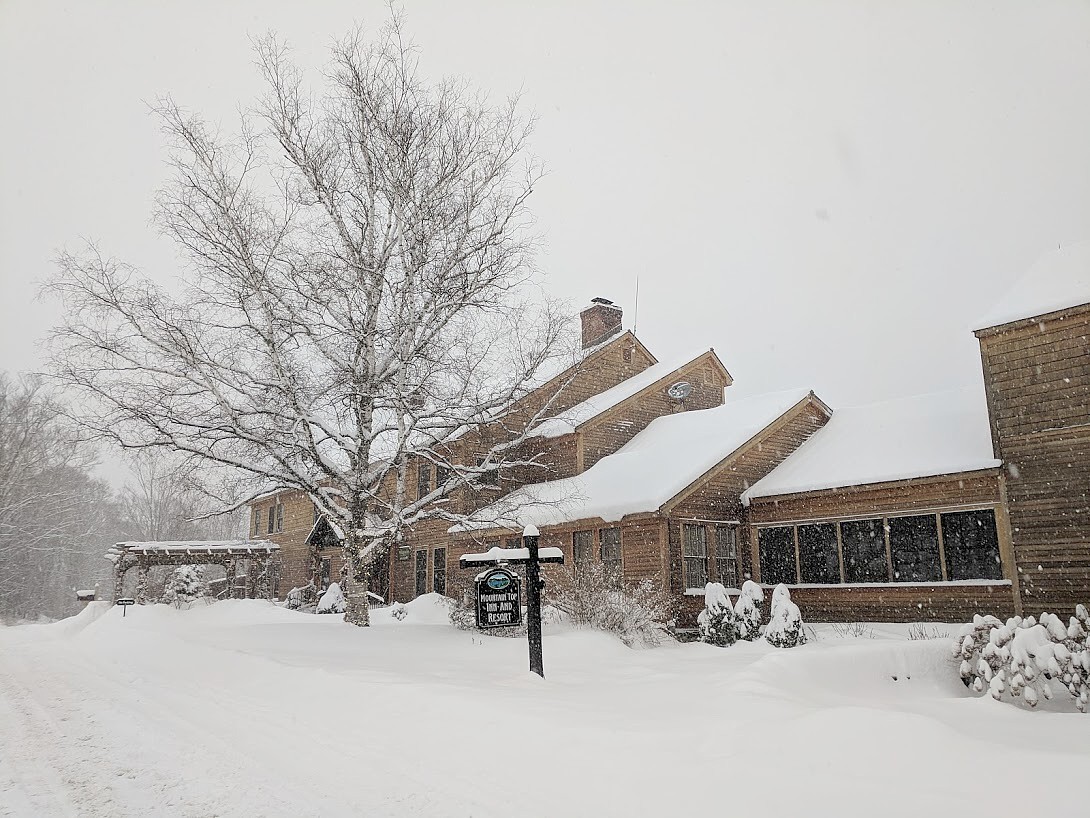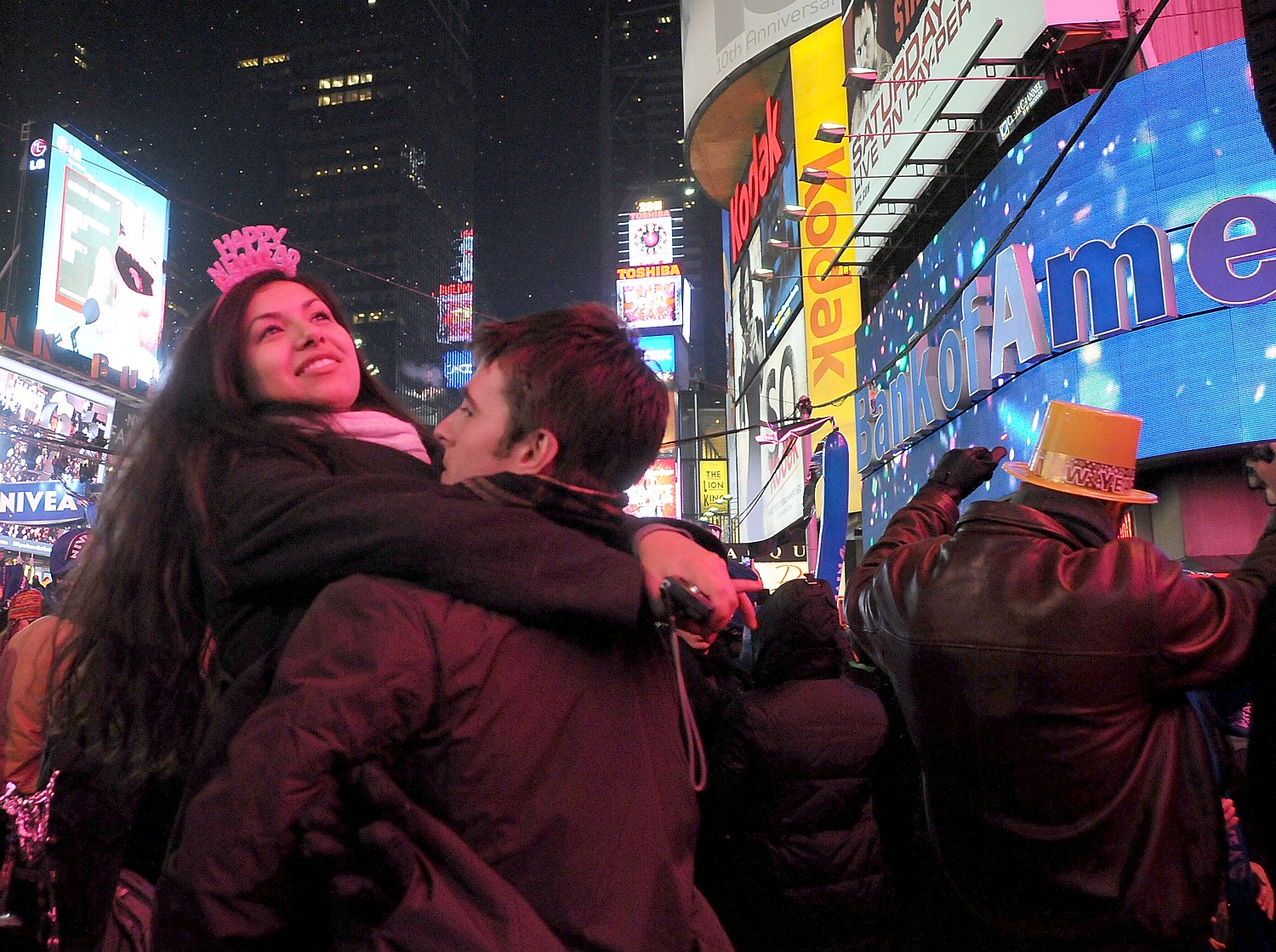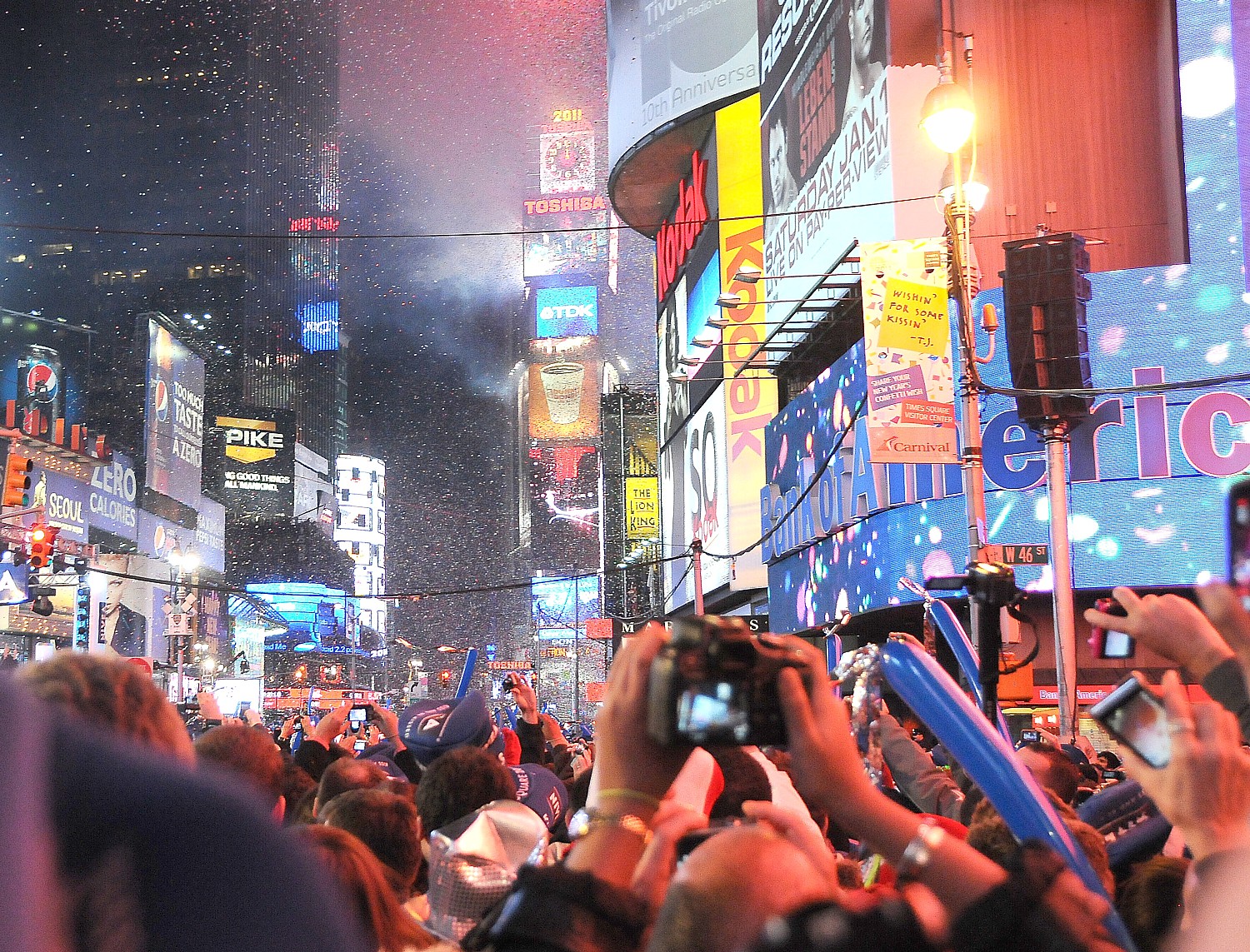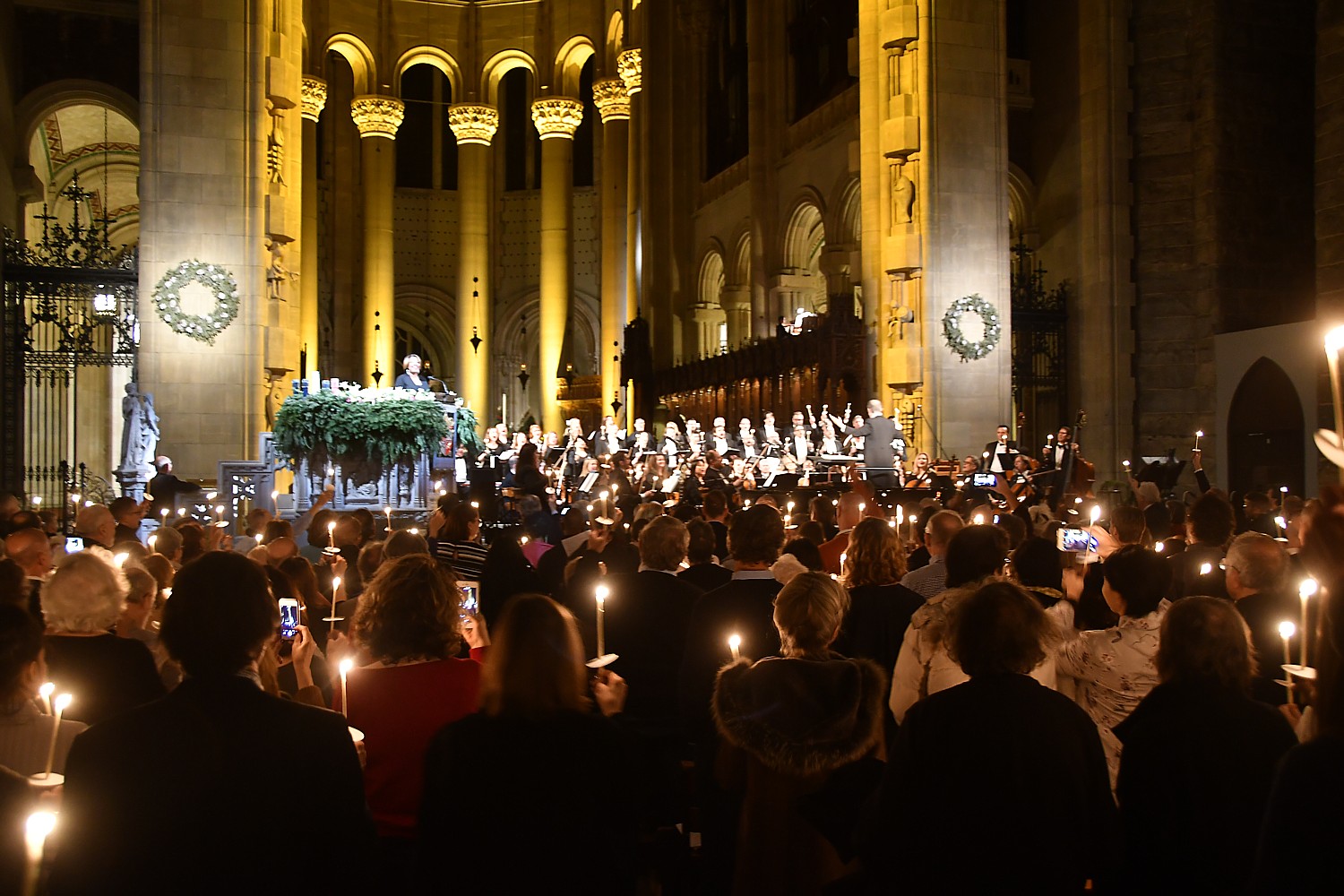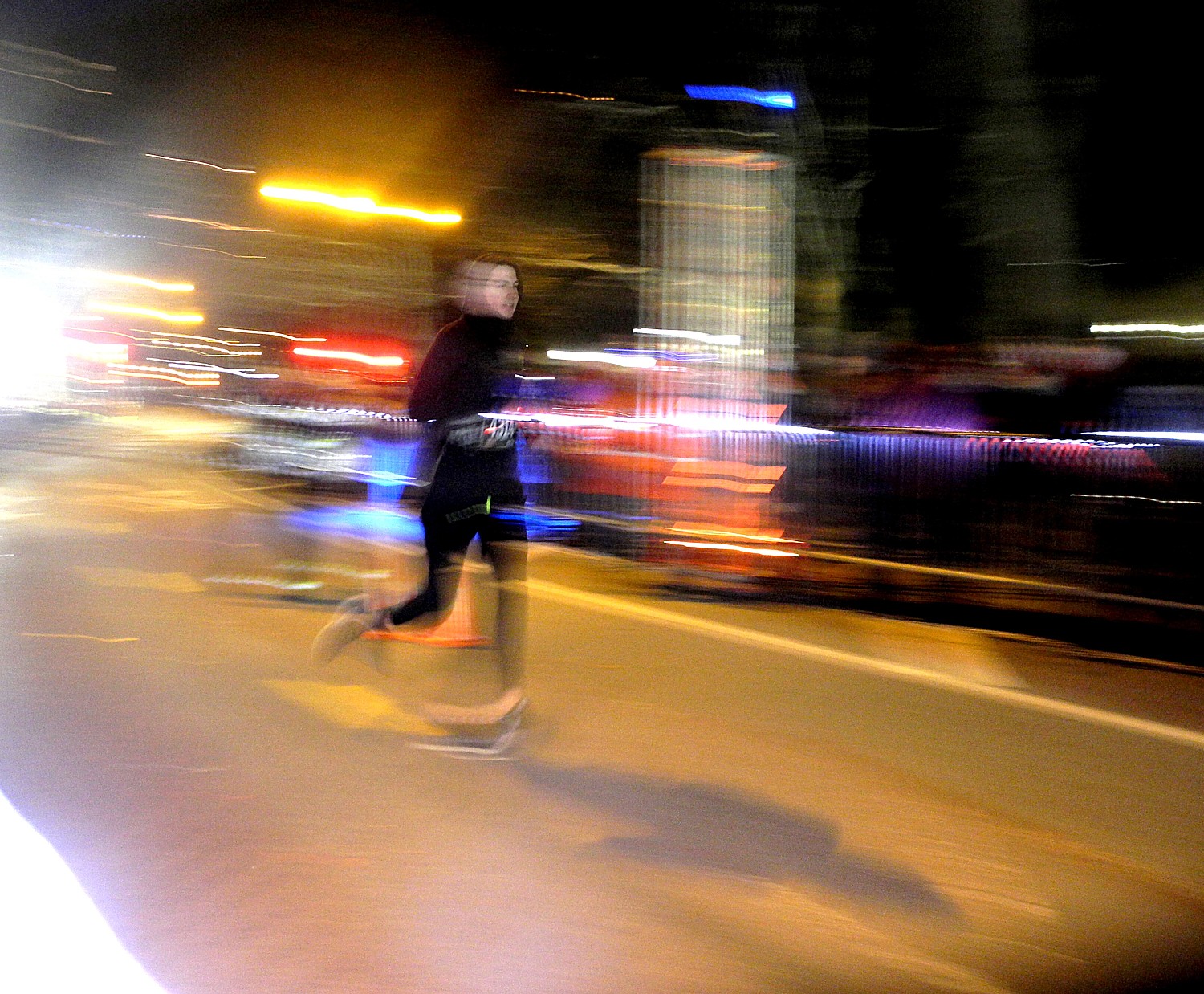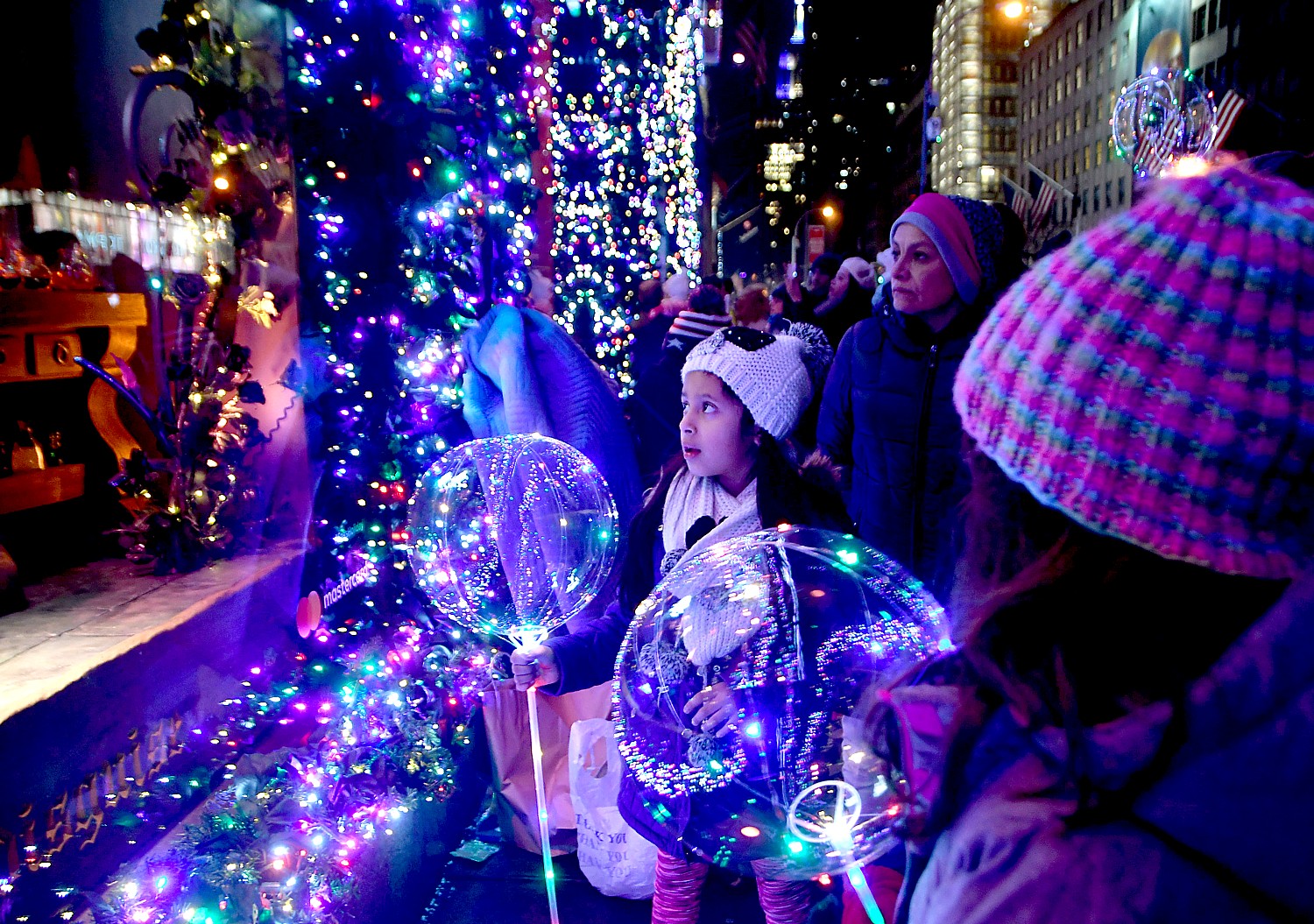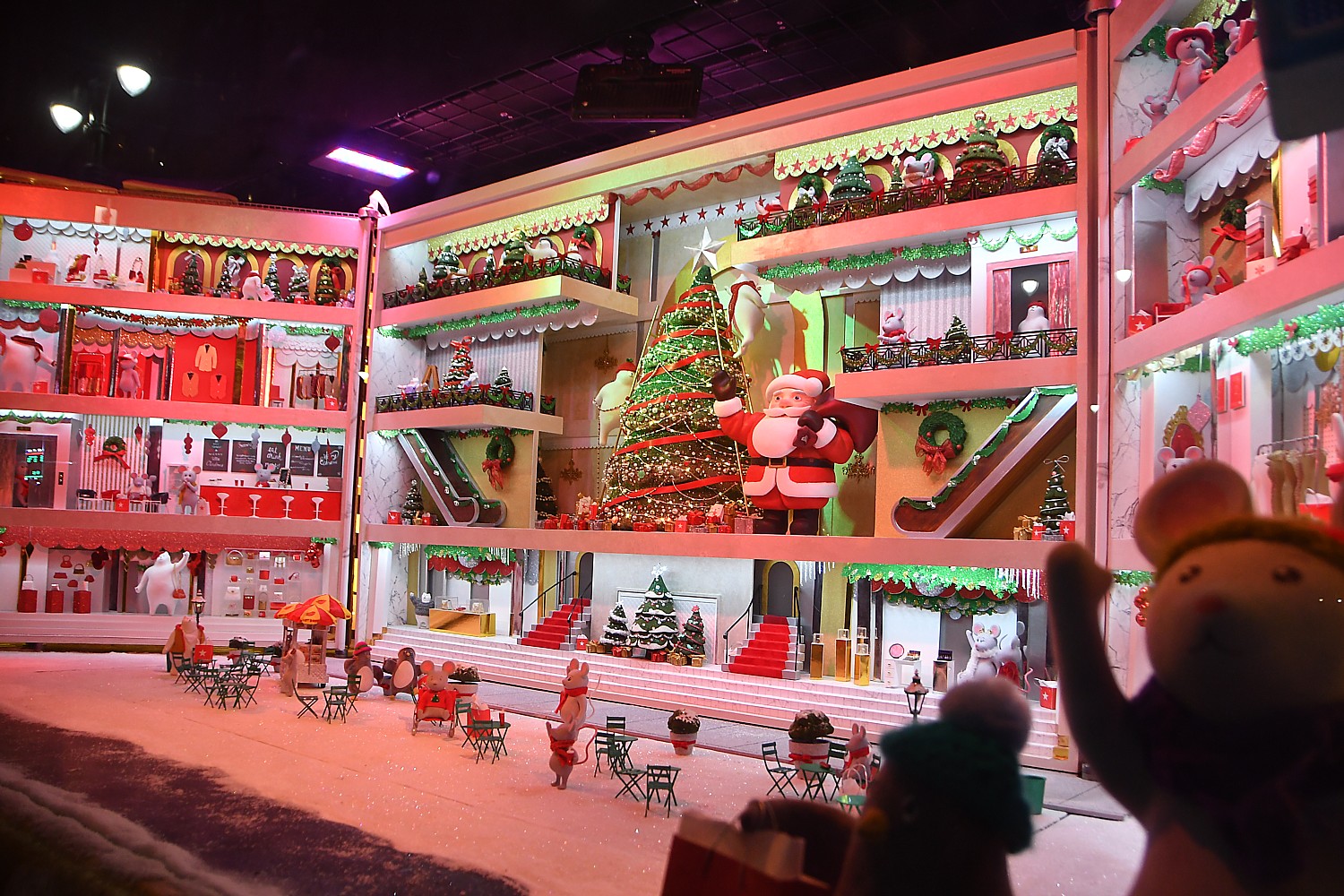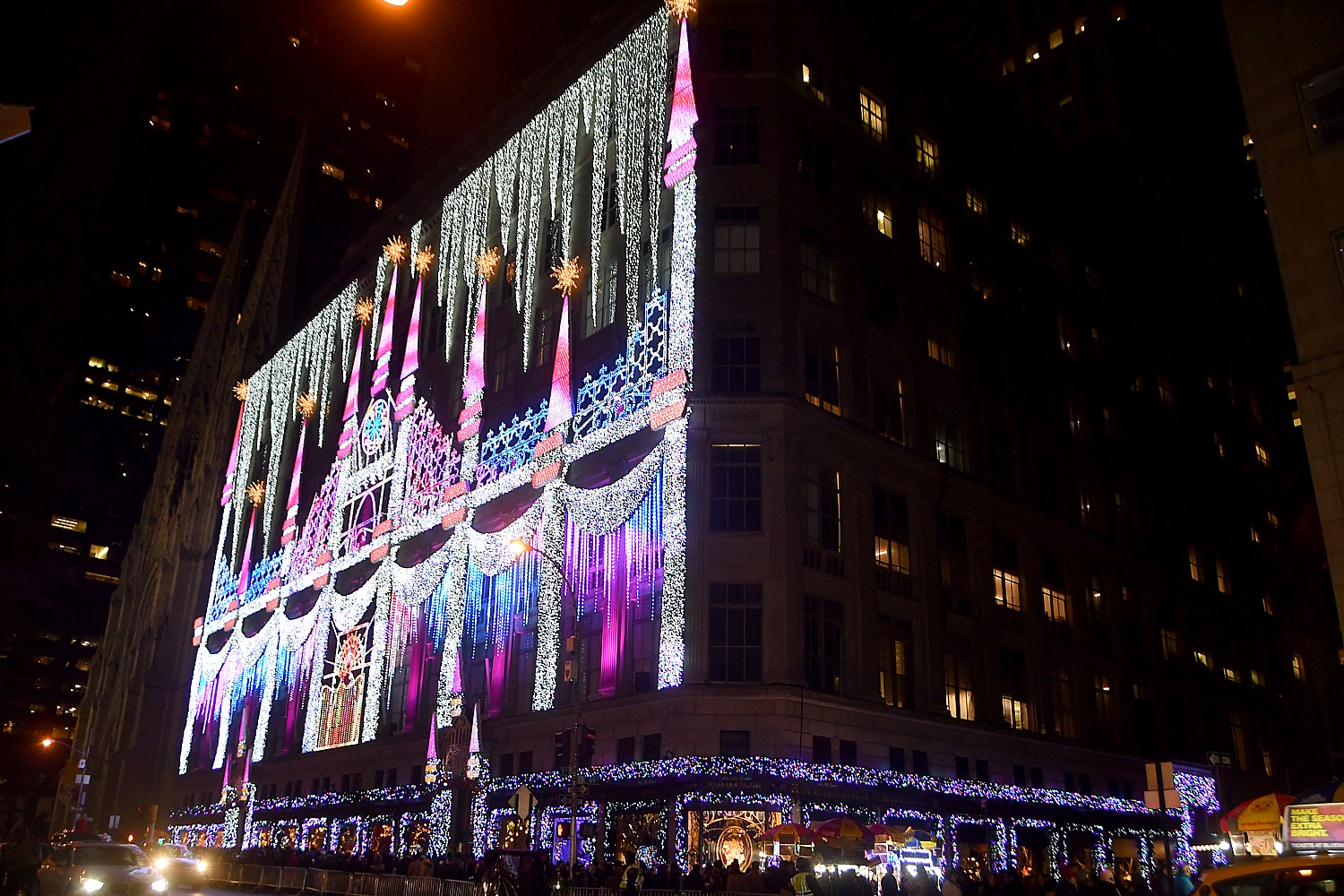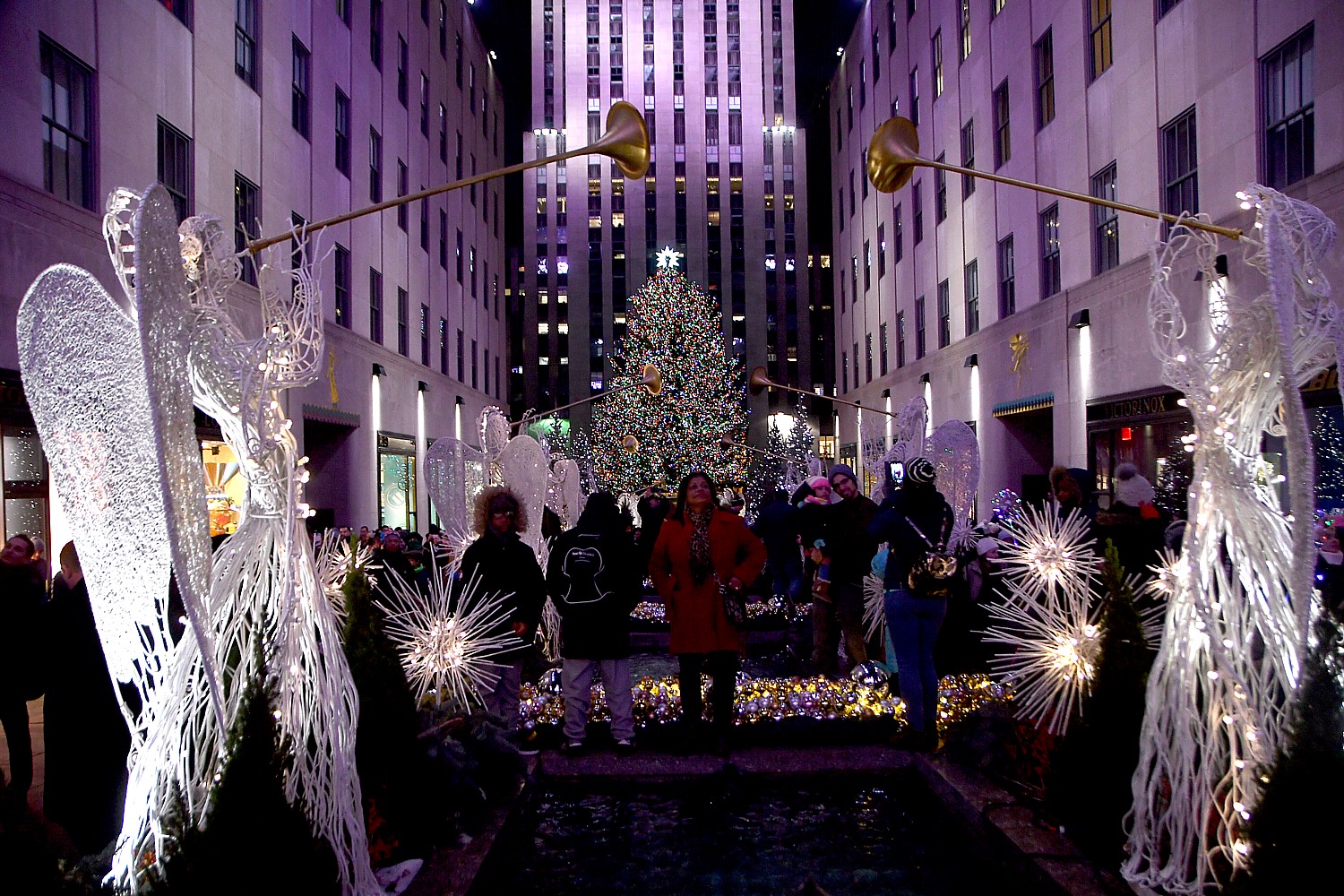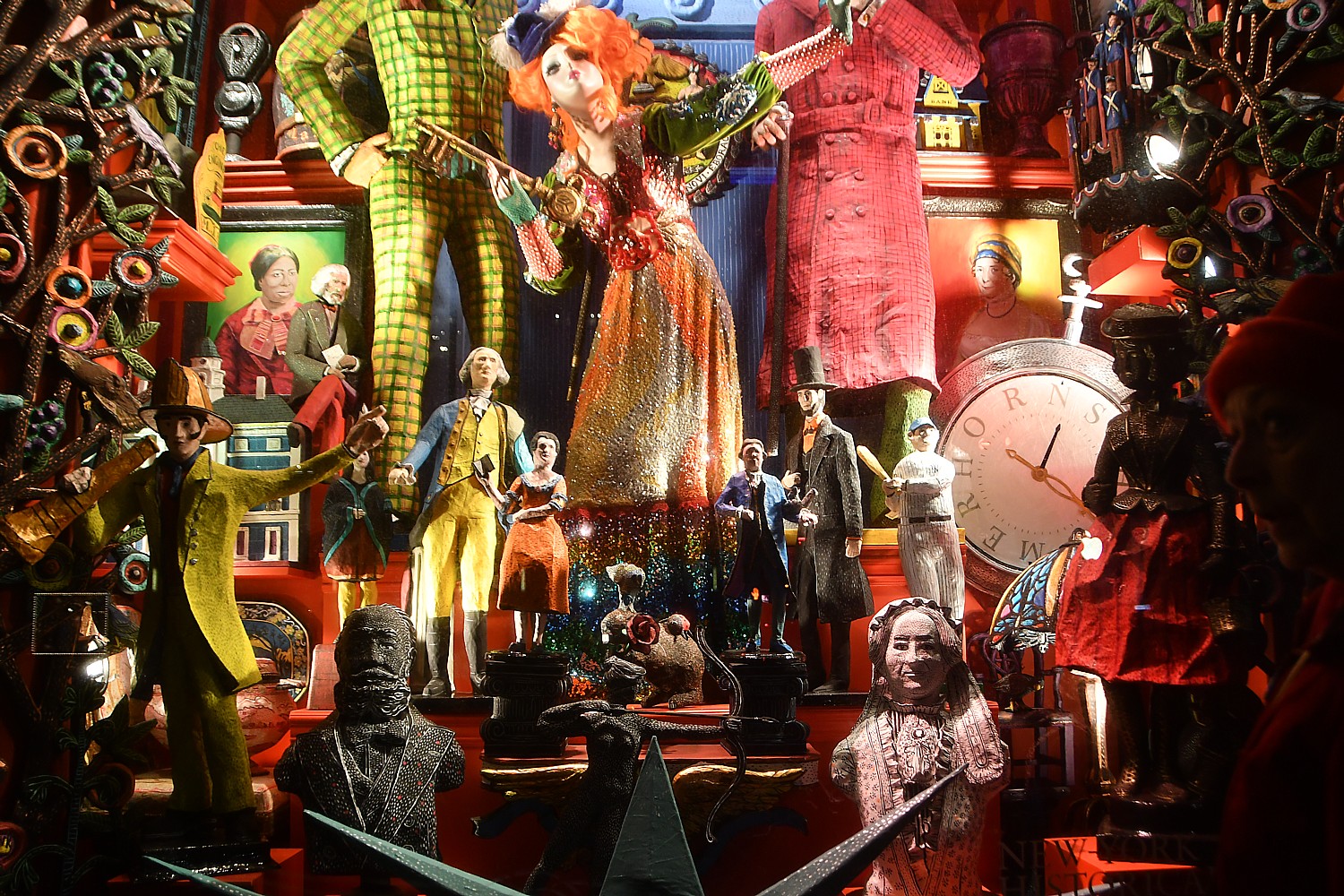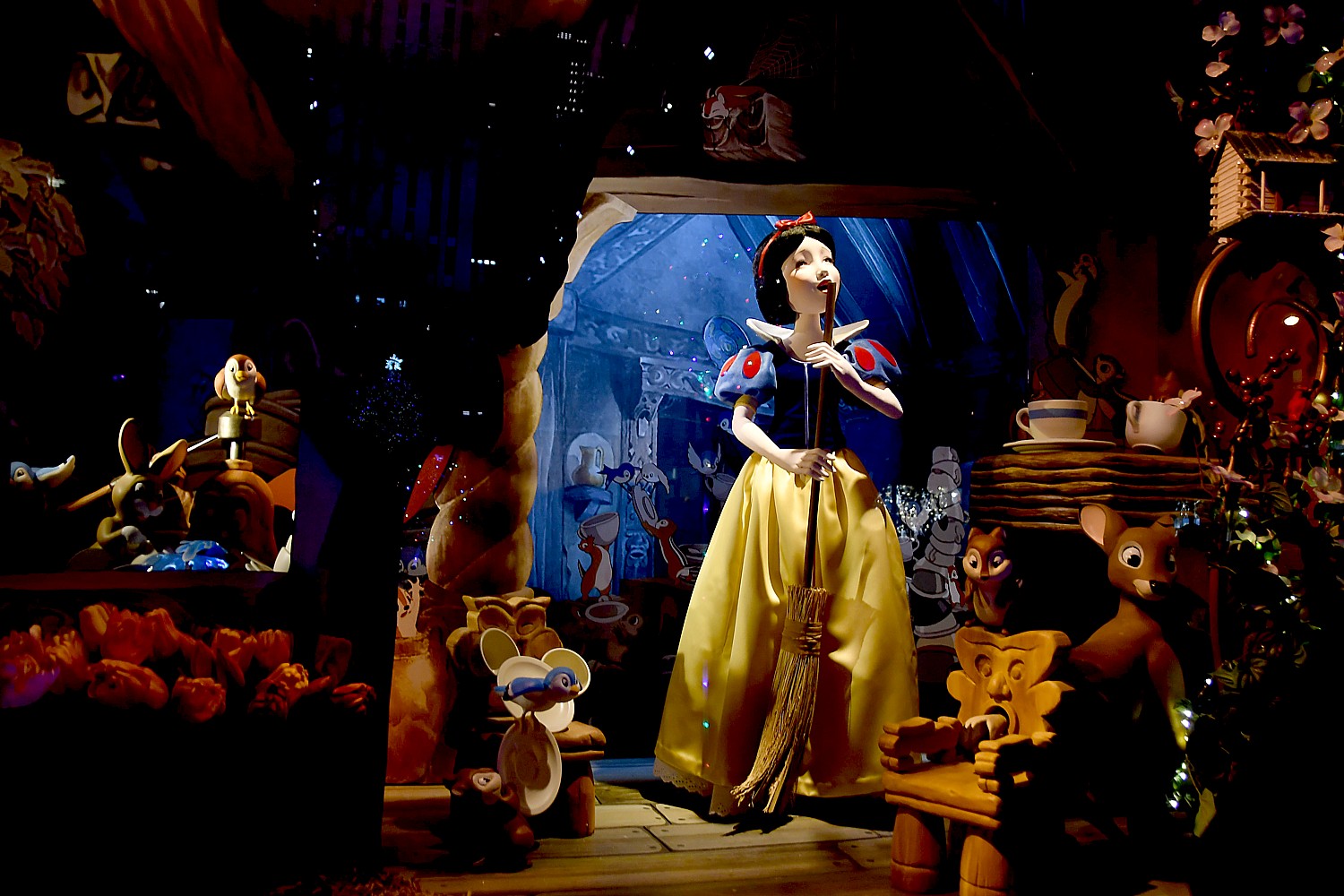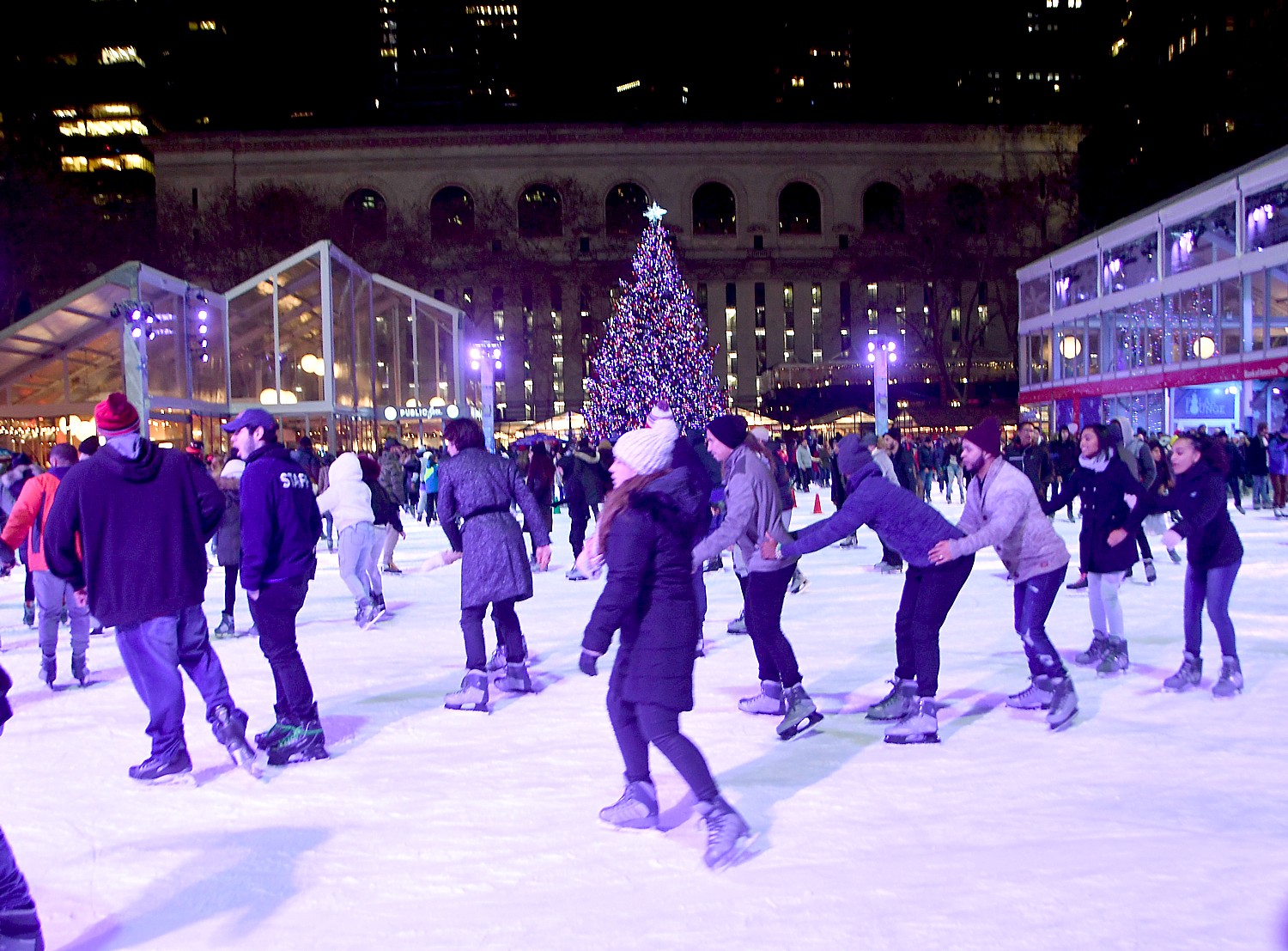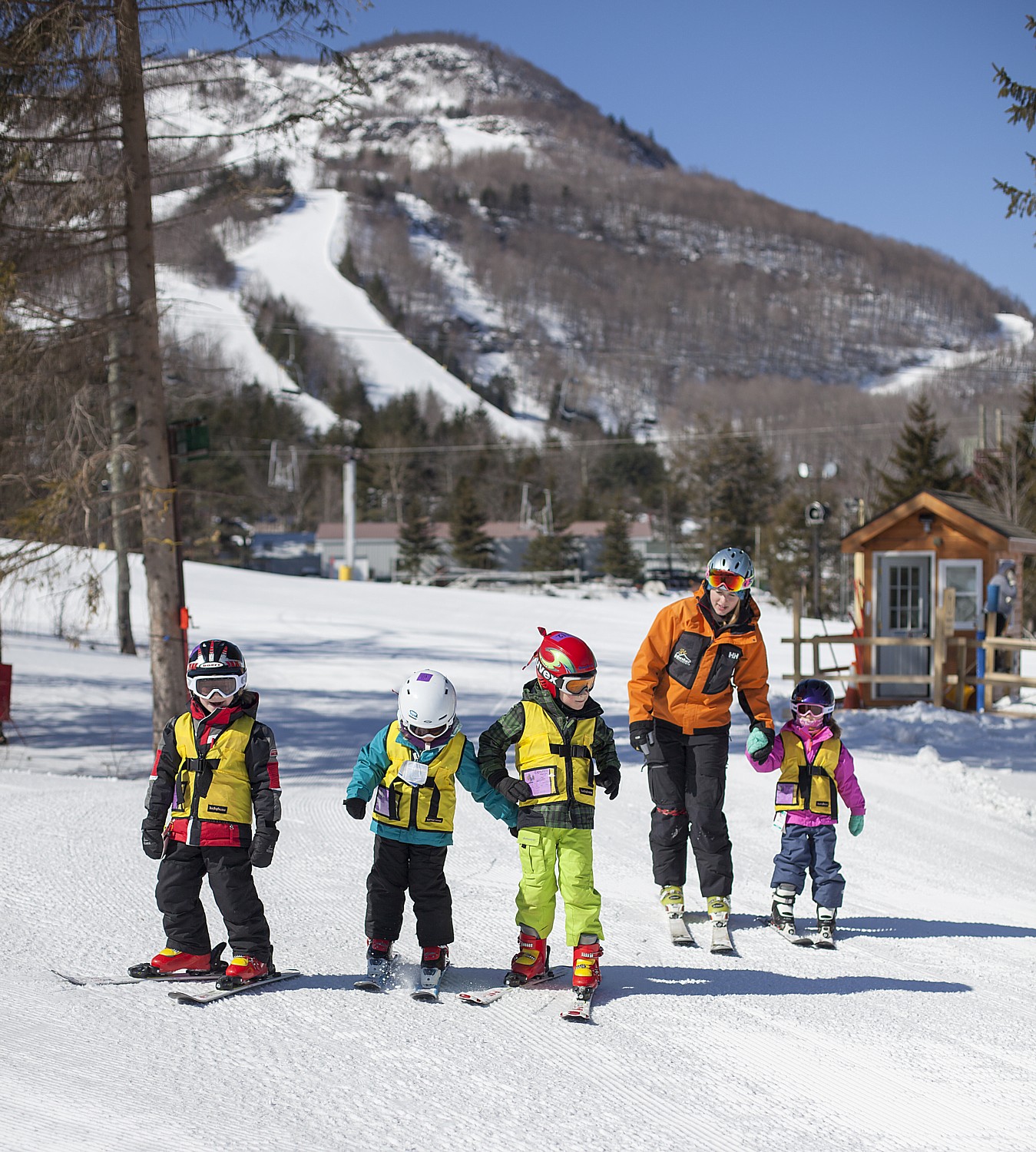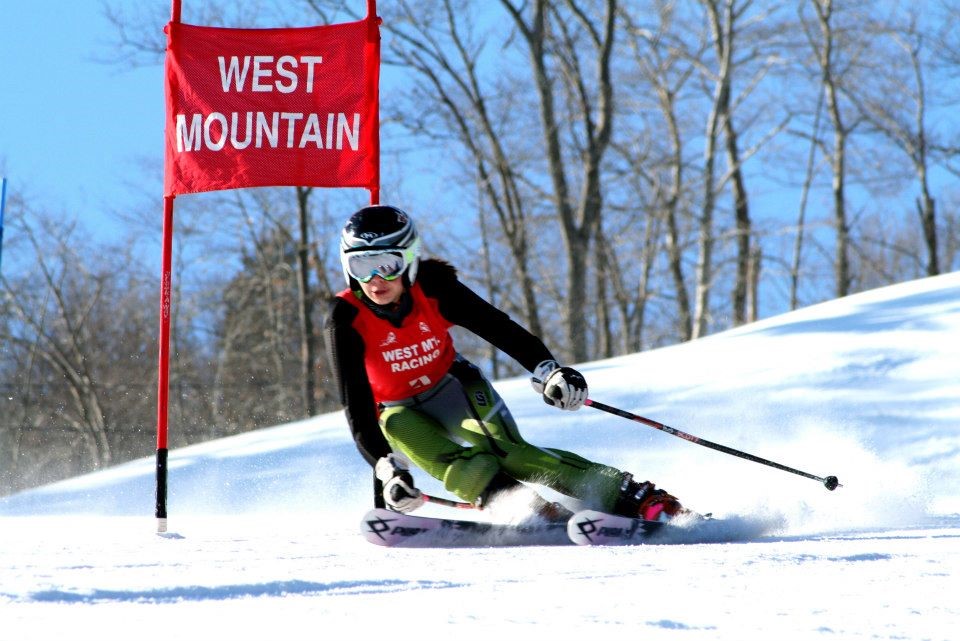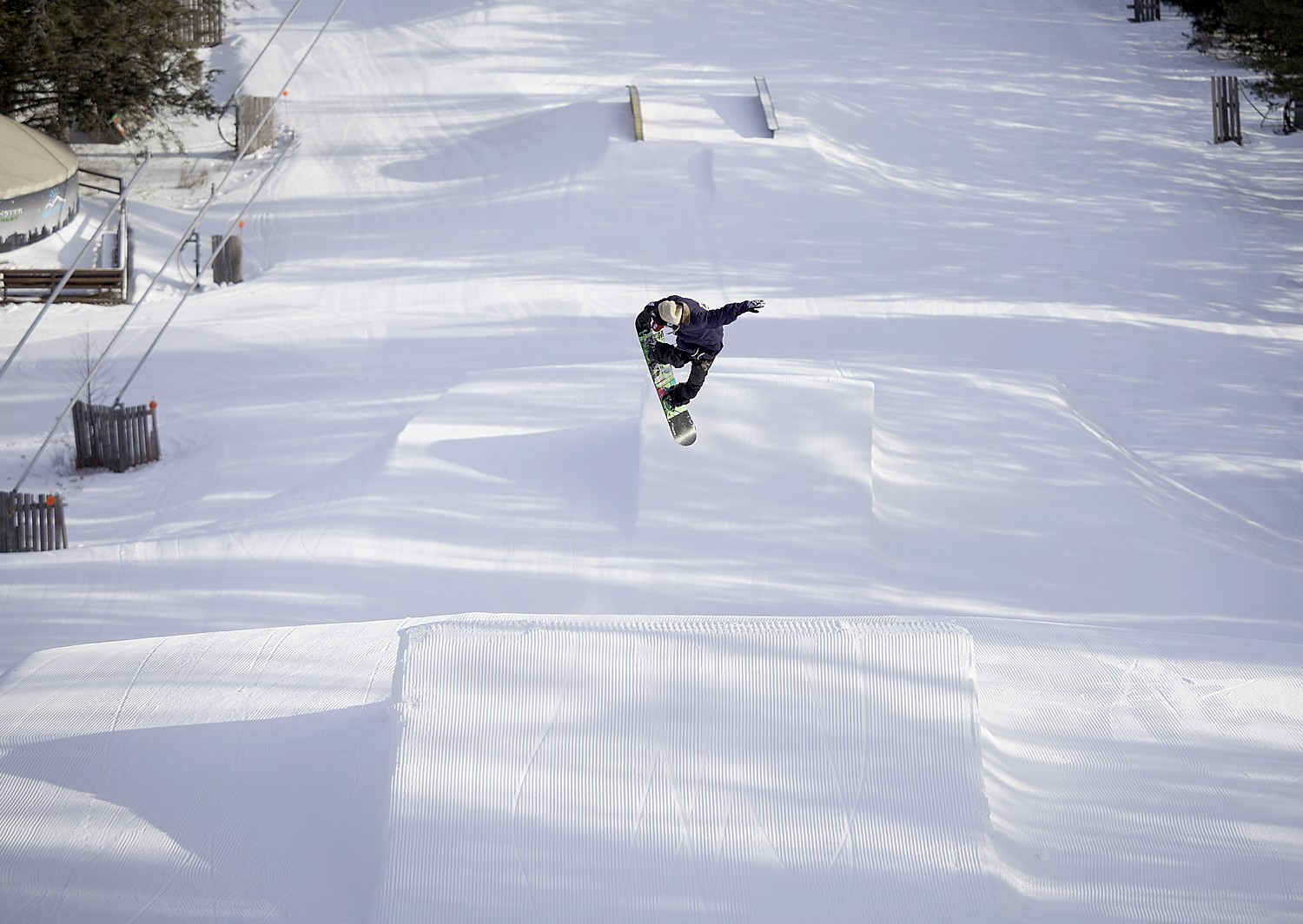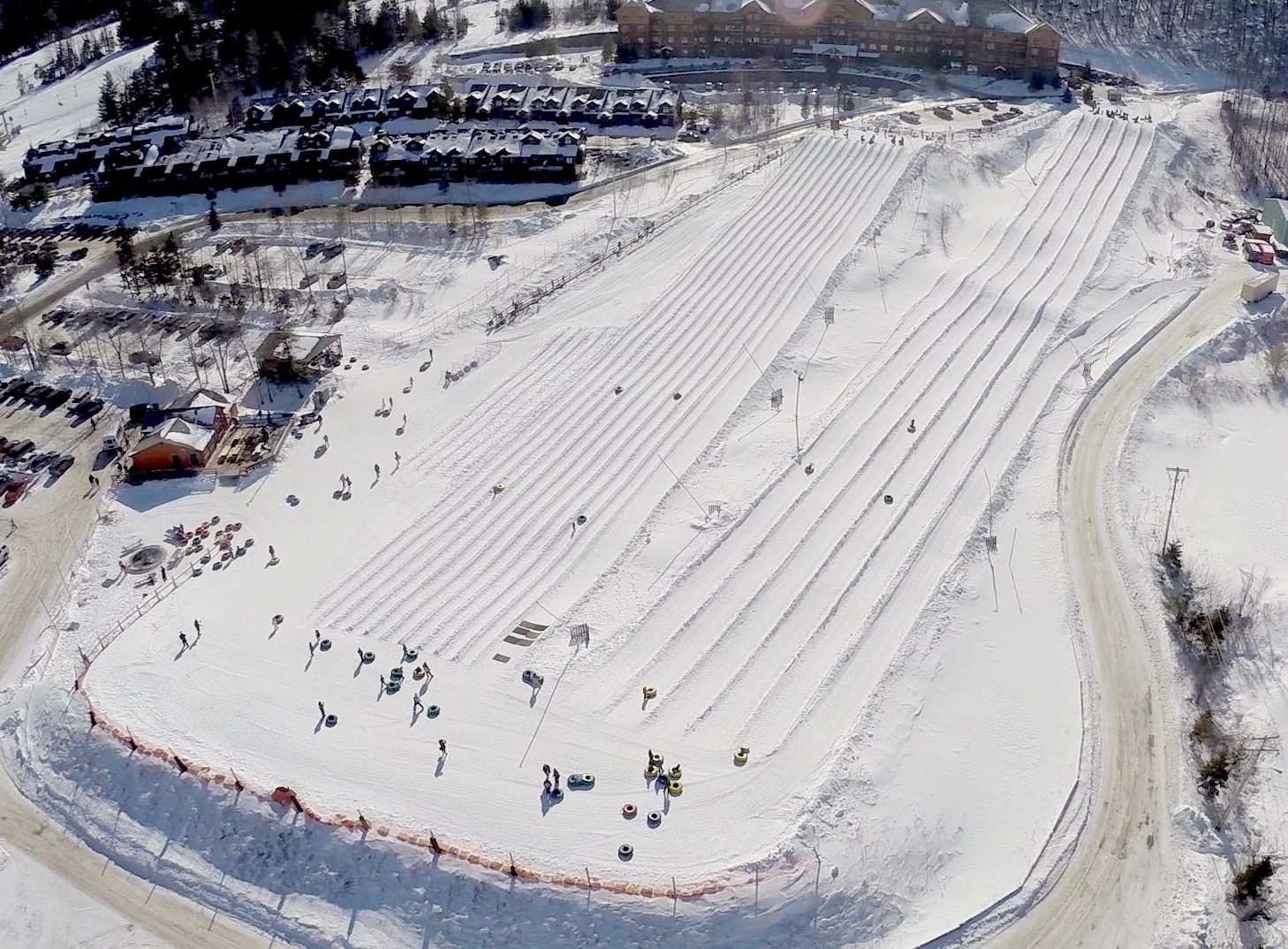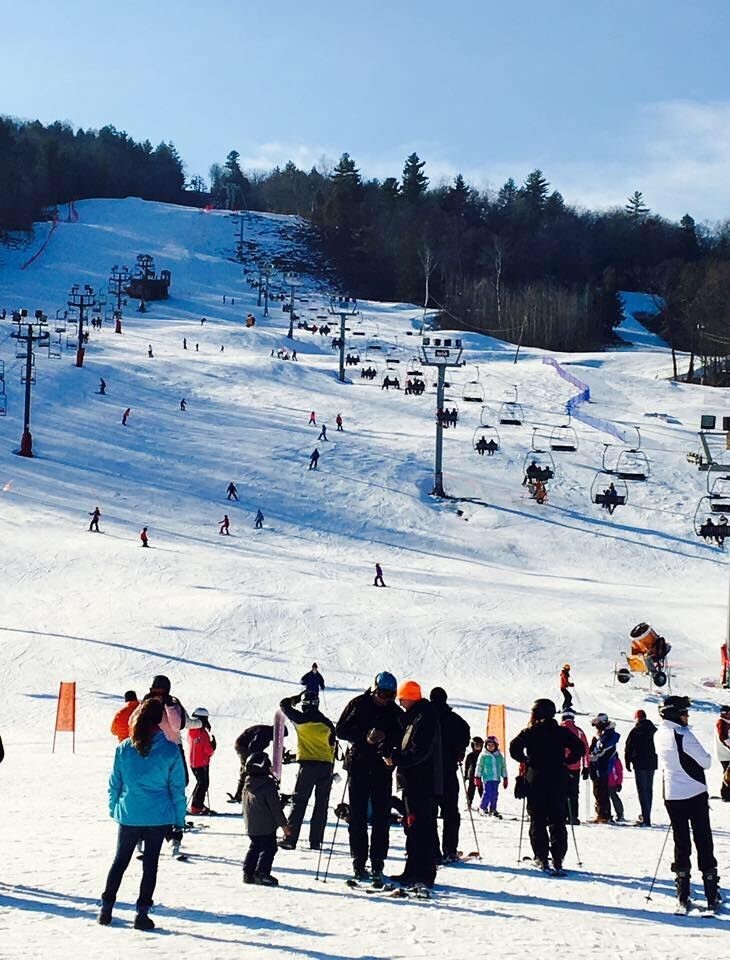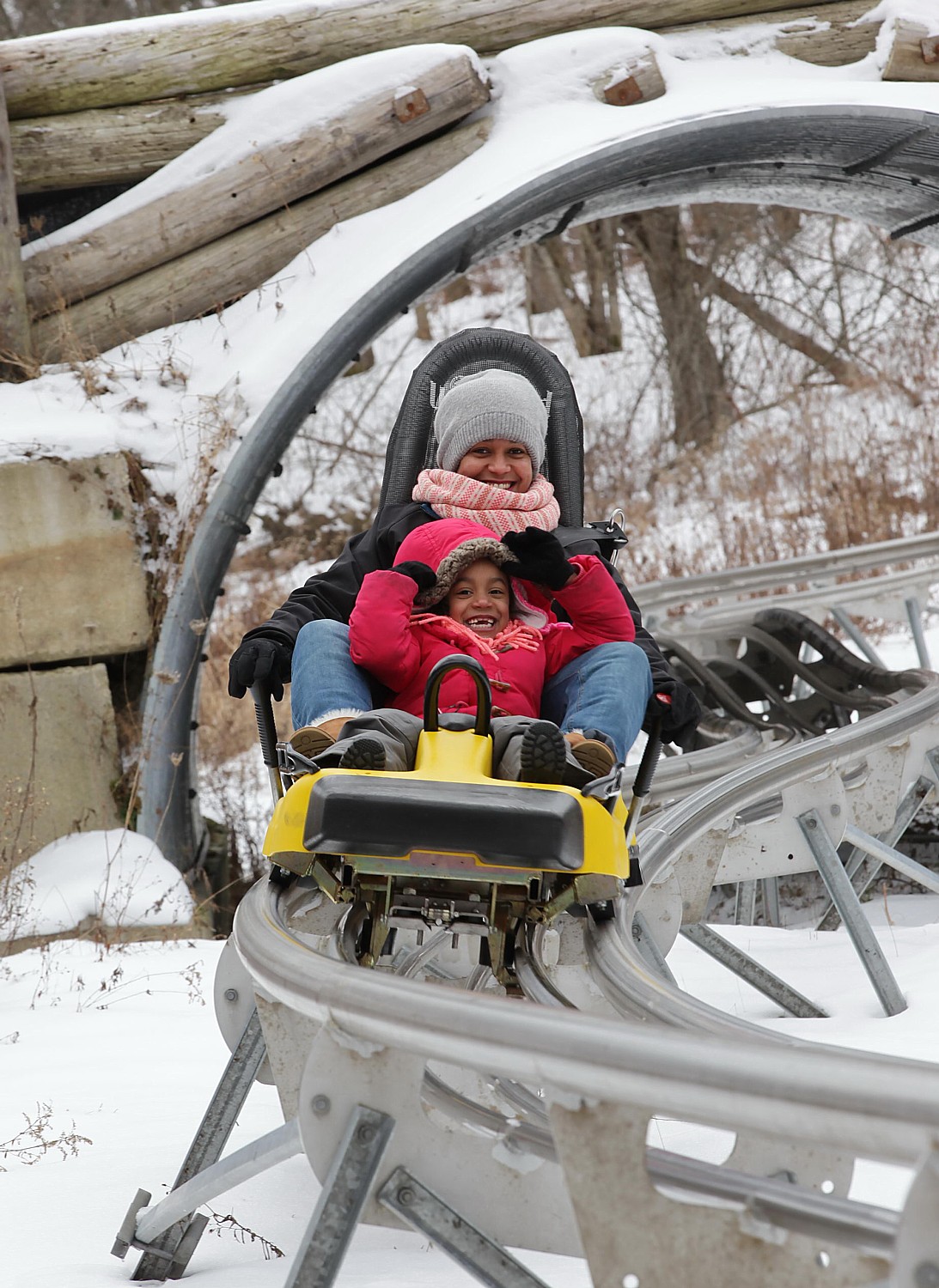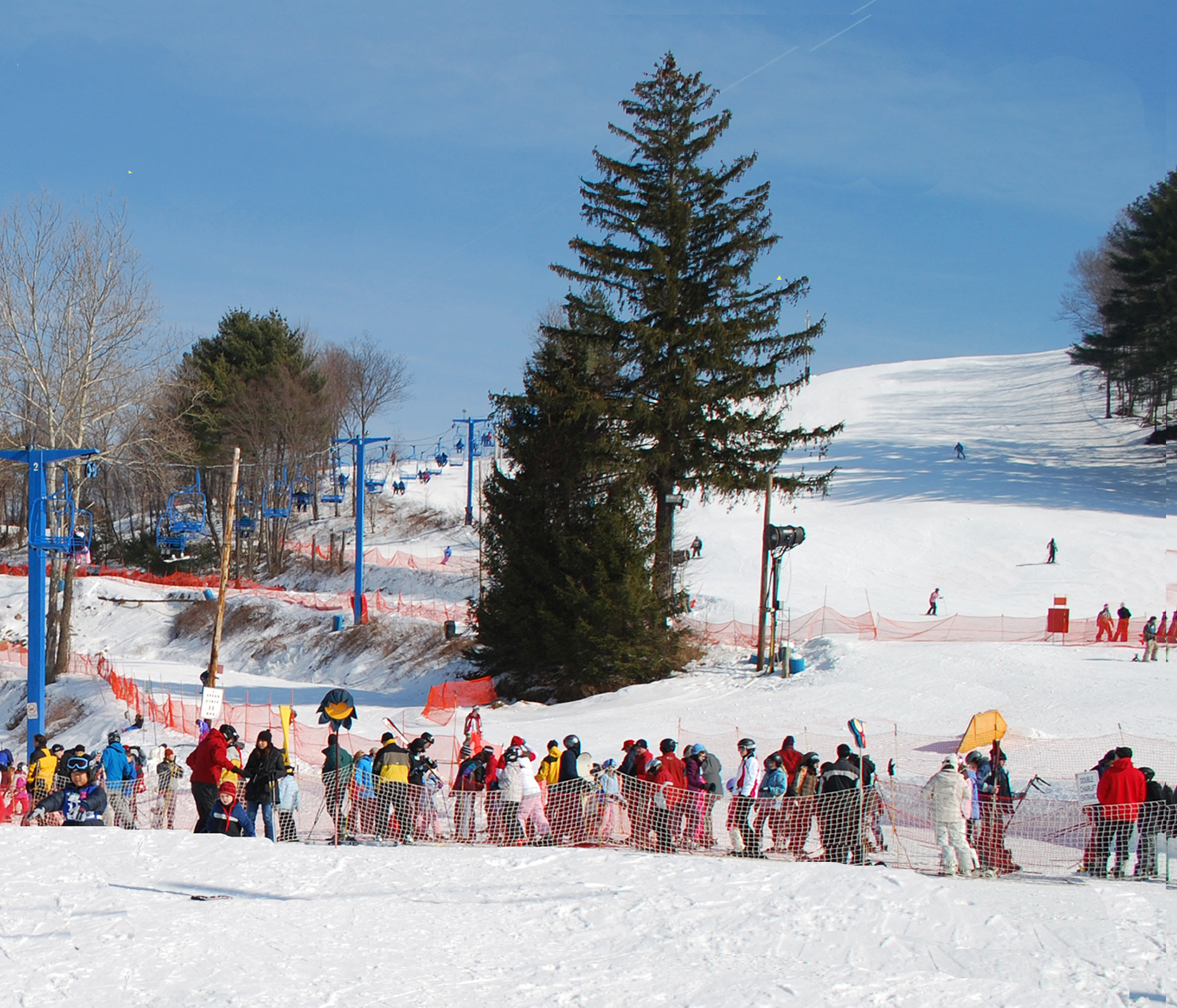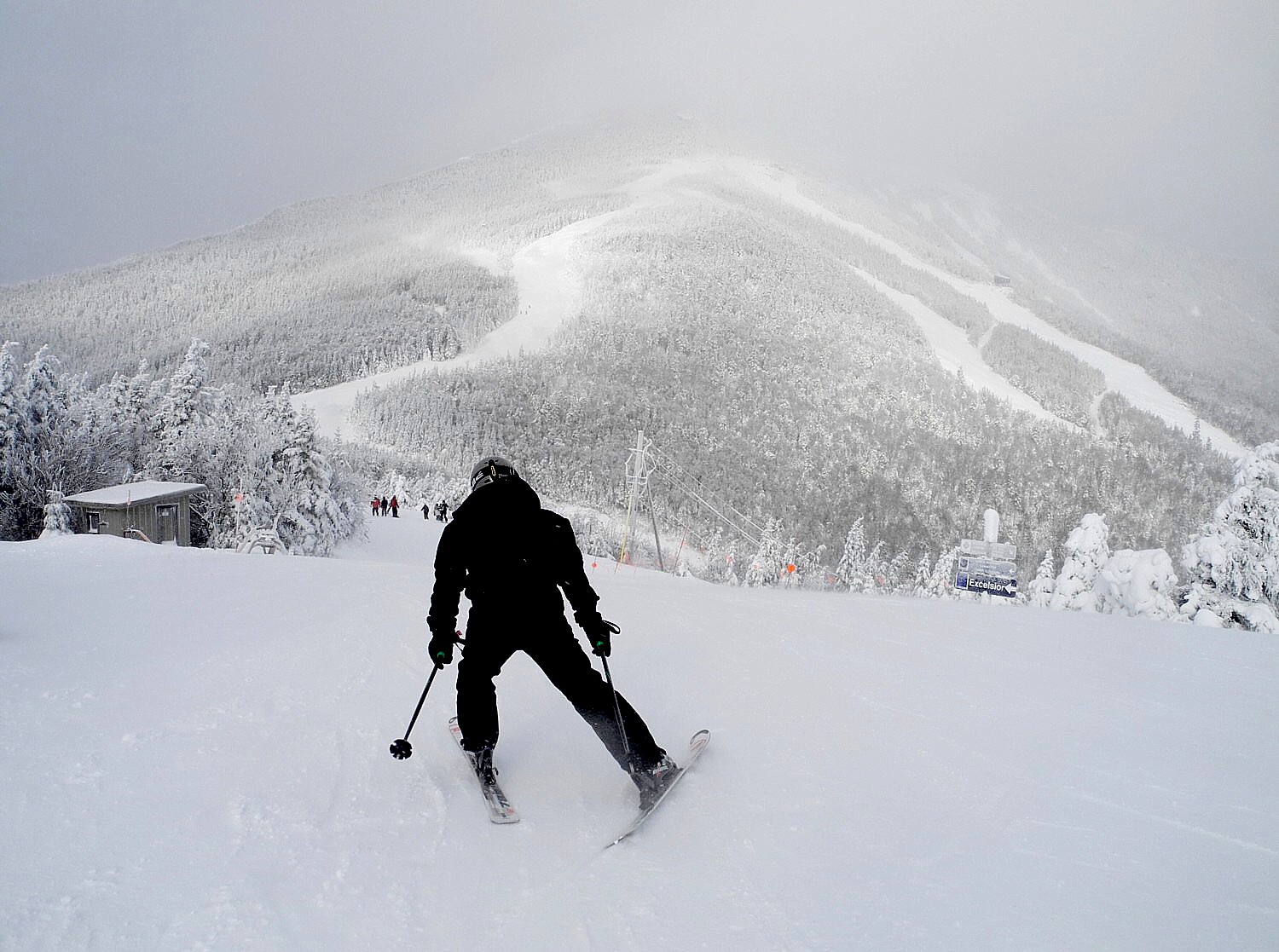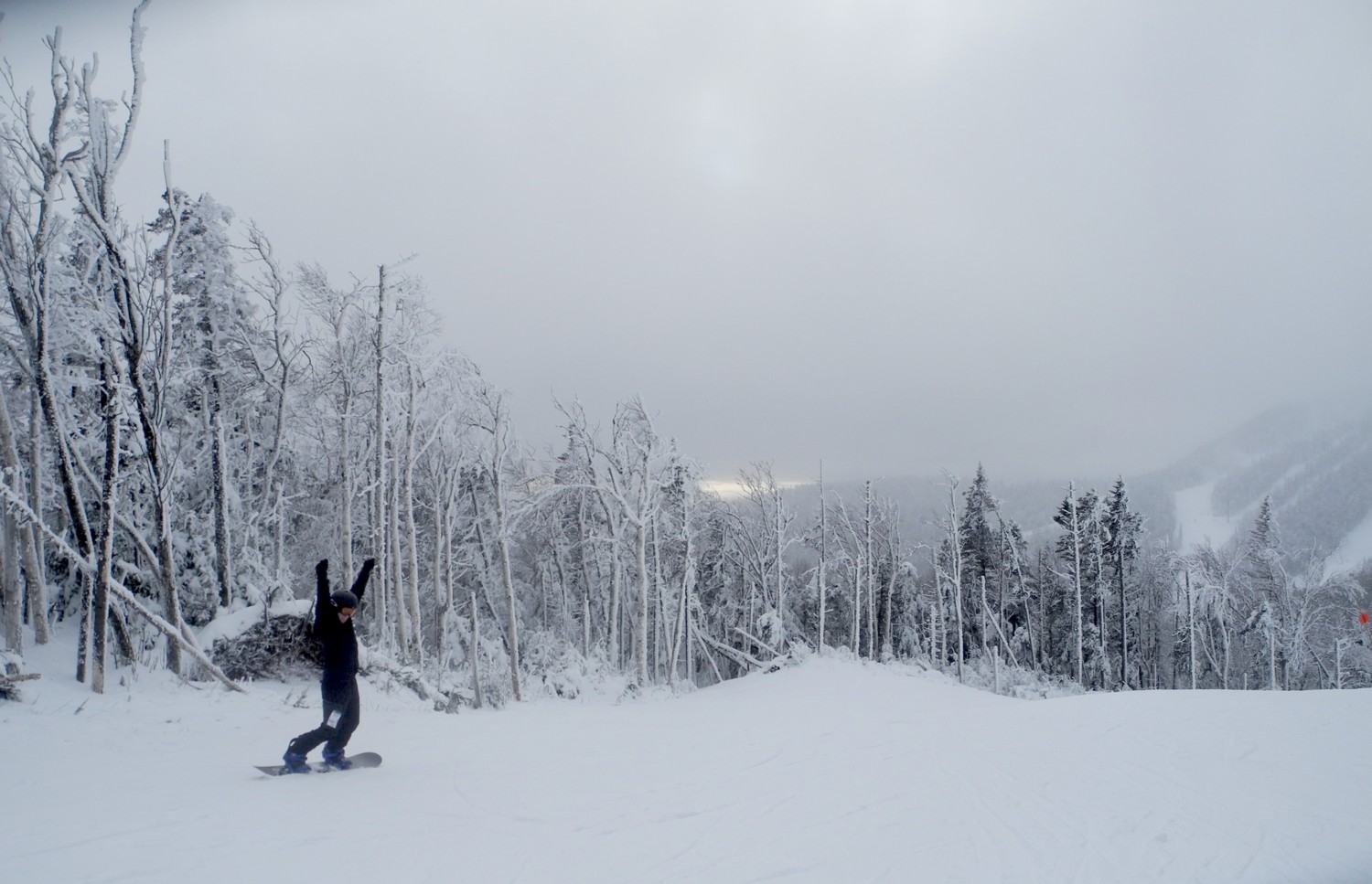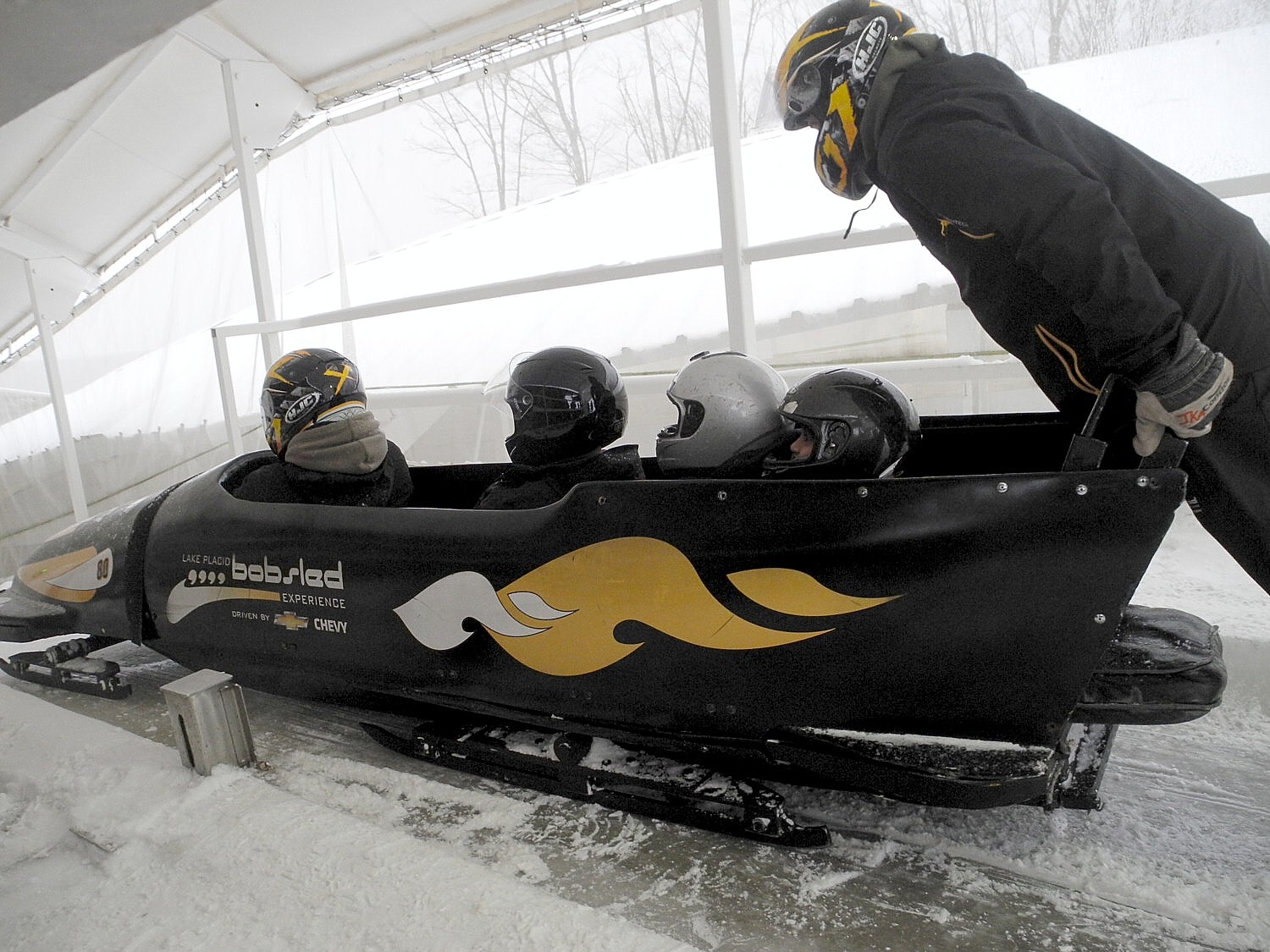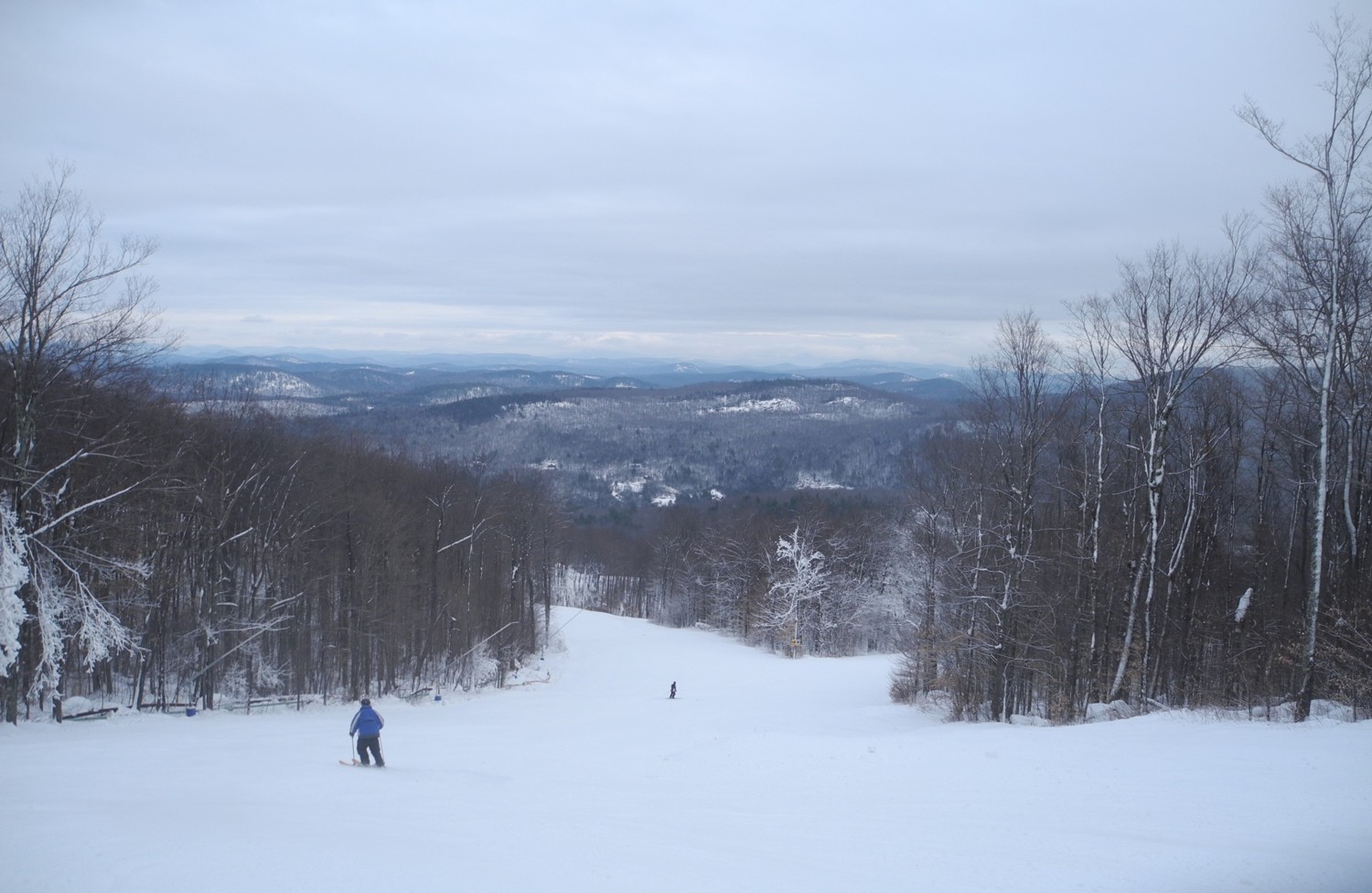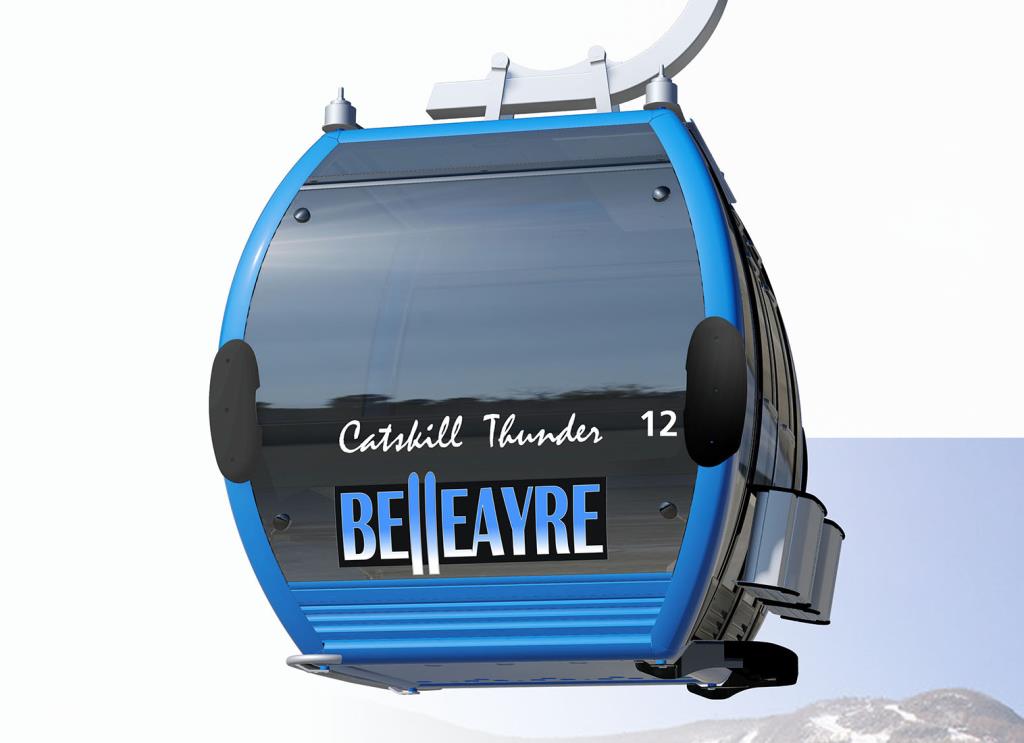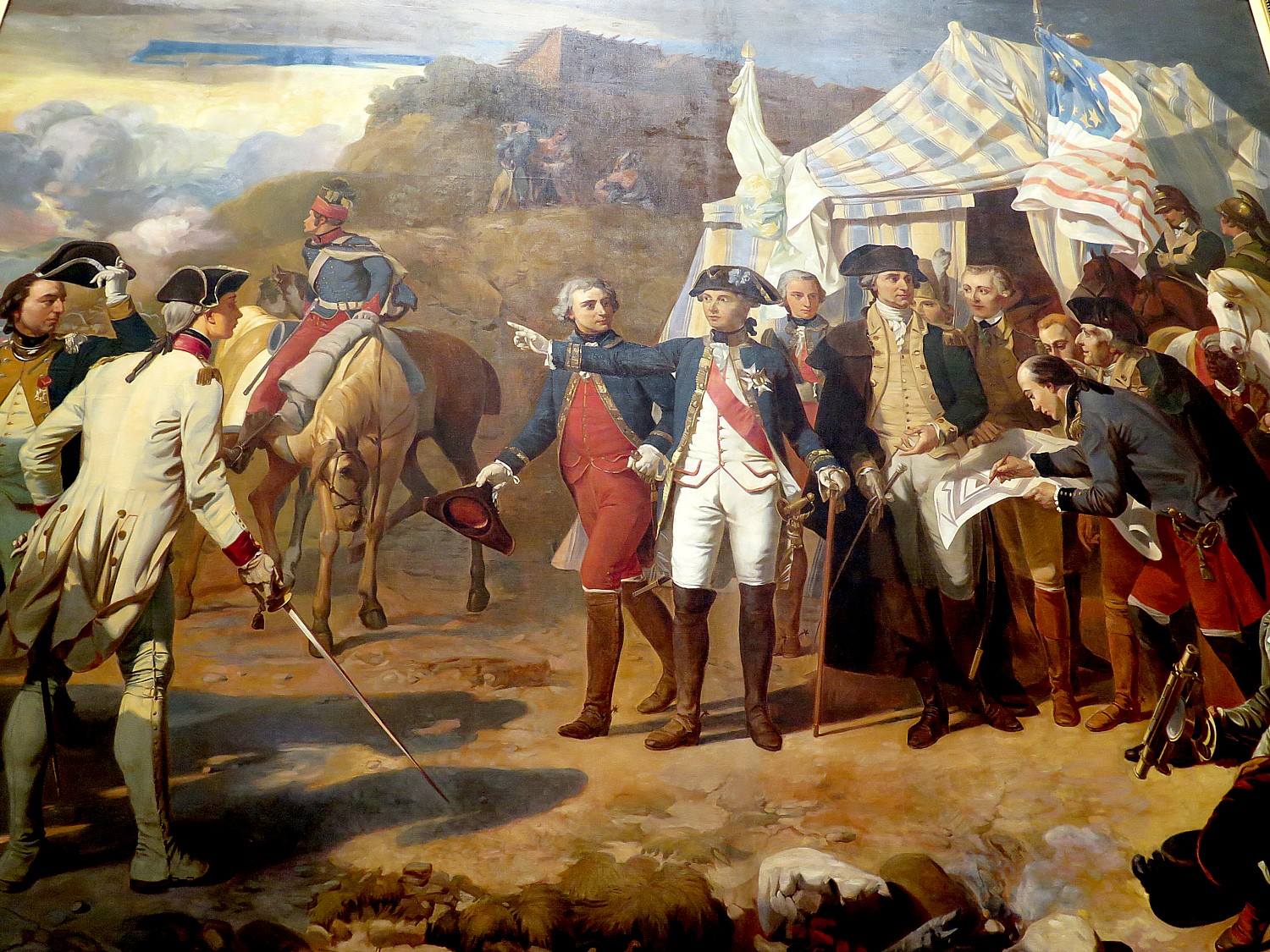
By Karen Rubin, Travel Features Syndicate, goingplacesfarandnear.com
I used the opening of the brand new Museum of the American Revolution as the theme for my three-day visit to Philadelphia – a really deep dive probe of the Revolutionary War era, a return to understanding the founding of the nation through, as it were, original documents, materials and artifacts, at a time when we need to be reminded. During this all-too-brief time, I also visited the National Museum of American Jewish History, the Benjamin Franklin Museum, Betsy Ross House and the National Constitution Center.
It’s 1770s Colonial America. Anger, resentment against the British Crown is brewing; an independent spirit is growing and spreading among the colonies. Would you have joined the American Revolution and taken arms along with other farmers, shopkeepers and merchants against the most powerful nation that history had ever known with not much more than a musket? The newly opened Museum of the American Revolution, located in the heart of Philadelphia’s most historic district, plunges visitors into the tumult and transformation of the Revolutionary era when colonials took upon themselves a new identity: Americans.
You are challenged to choose sides and it isn’t a simple matter. This was very much a civil war, with families, neighborhoods, villages and towns split in terms of which side they would support: Patriots or Loyalists. But it was a revolution in ways beyond taking arms against ruling institutions: it was every bit a revolution in ideas, in ideals, in the notion of self-governance and civil rights, a revolution the Museum would like you to realize that is still underway.
“We have it in our power to begin the world again,” Thomas Paine, an English immigrant wrote. “These are the times that try men’s souls,” he later wrote.
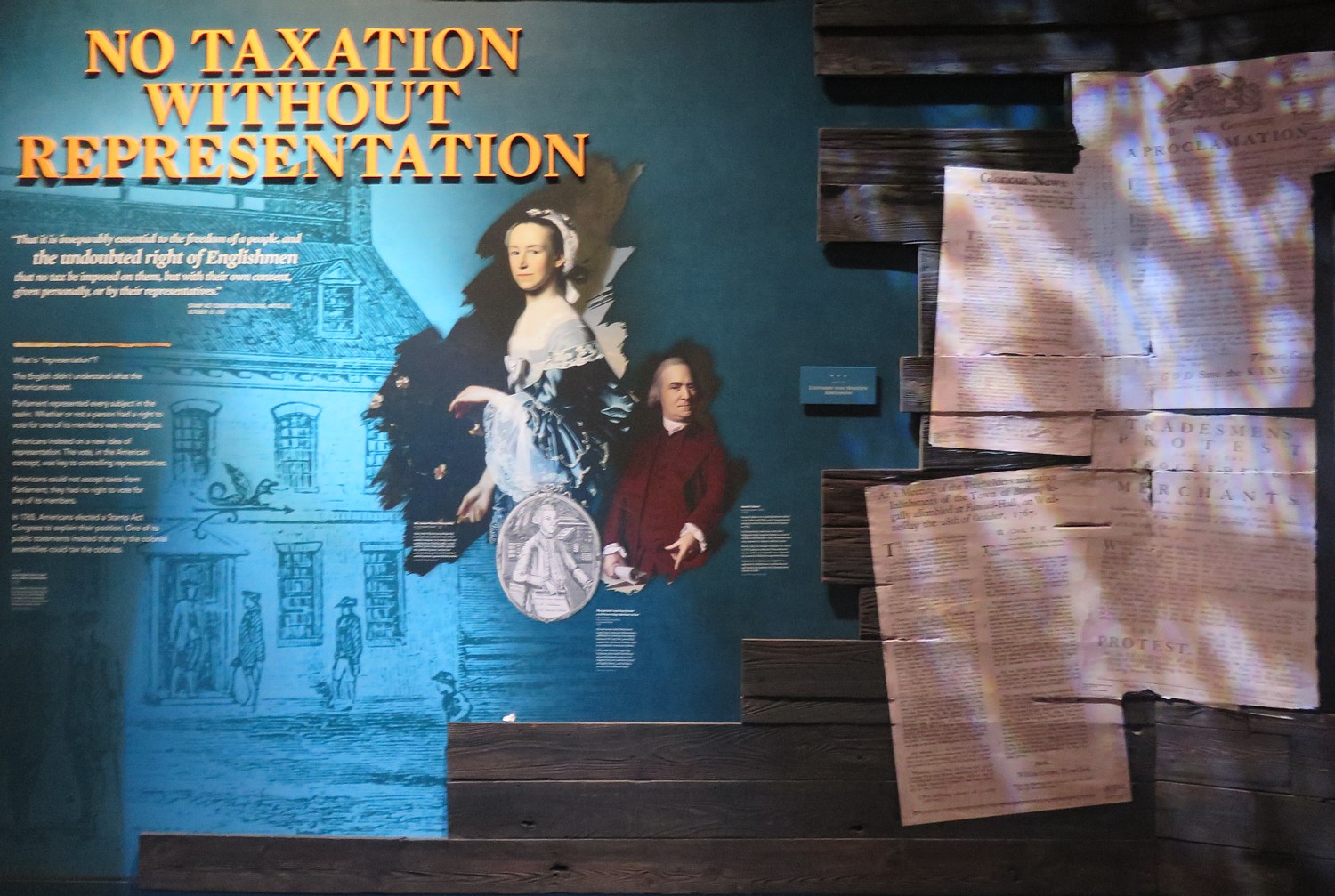
With thousands of Revolutionary-era artifacts at its core – the crown jewel of which is General George Washington’s actual wartime tent in which he lived on the battlefield with his troops throughout the war – the Museum uses immersive experiences, dynamic theaters, recreated historical moments, and interactive digital installations to make you feel you have time-traveled back to the 18th century, giving context and making the events, people, and ideas that created this nation more immediate and relevant.
A private nonprofit institution founded by Jerry Lendfest who put up $50 million and raised $100 million more from thousands of donors, the Museum of the American Revolution goes beyond the Founding Fathers and well known key figures to explore the personal stories of the diverse range of individuals who were part of establishing our nation, including women, native people, and free and enslaved people of African descent.
The experience brings you on a chronological journey from the roots of conflict in the 1760s through the creation of the American republic. Along the way, you learn about the rise of the armed resistance to British taxation, the creation of the Declaration of Independence, the long years of brutal warfare and how the Revolution continues to be relevant today.
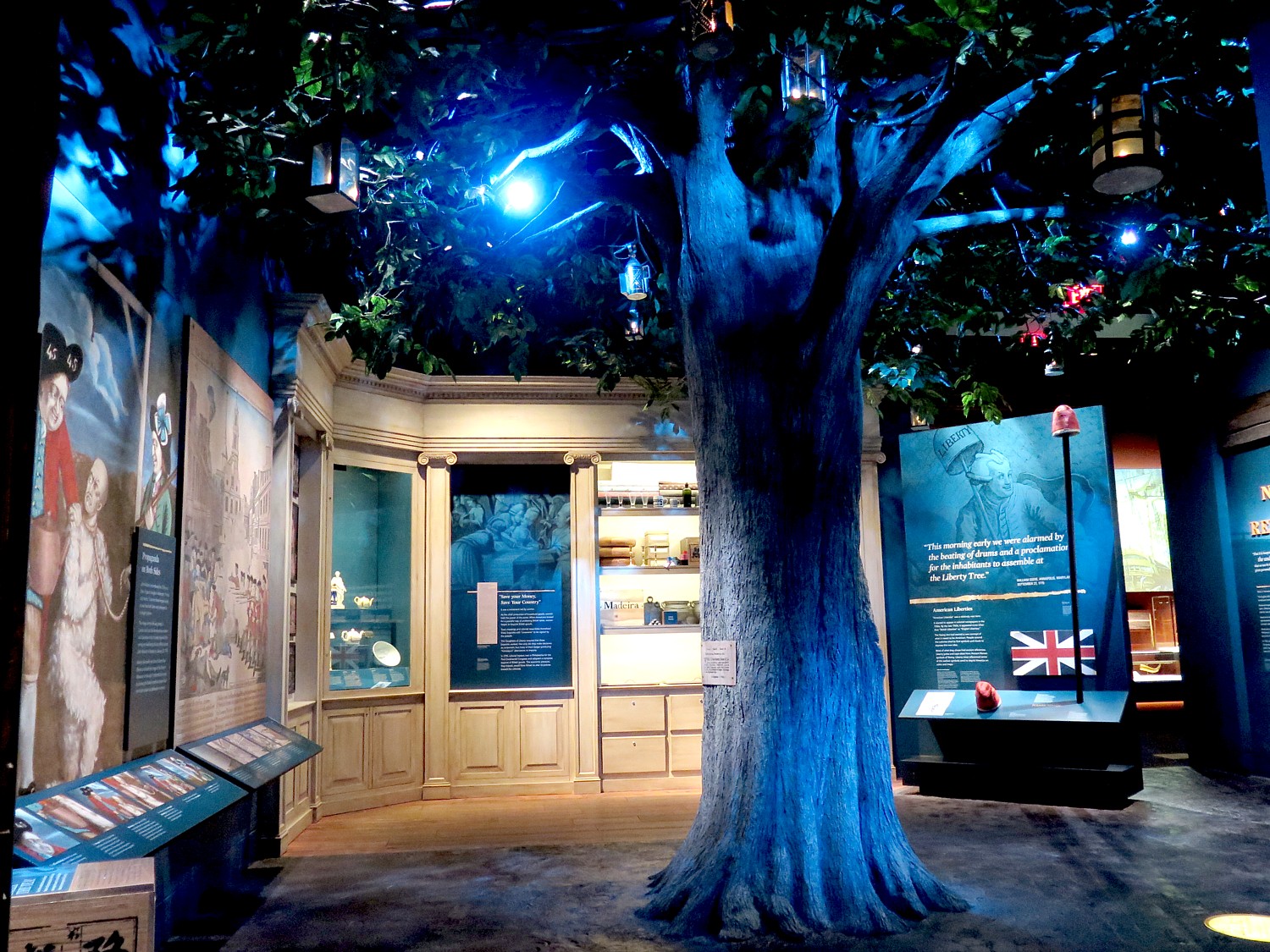
The museum experience is a journey through time and place and builds to a climax: seeing General Washington’s War Tent, one of the most significant surviving artifacts of the Revolution. (I save this experience for last, and the presentation is so riveting, I sit through it twice.)
It’s not just the history of the war, battle by battle, with amazing detail and with skillful use of multi-media to enhance the dramatic retelling, but even more interestingly, how it overlays the human dimension. These aren’t just places and dates and round numbers, but individuals, some of them heroes whose names are so familiar, and many who were just ordinary people swept up in events. You are able to explore the personal stories of the diverse individuals. There is a wealth of information, but the presentation is so engaging, children of any age will be swept up in the drama.

My favorite gallery is the one devoted to the Oneida Indian Nation, where there are life-size figures who you hear debating (as a video provides a visual context) whether to support the Revolutionary cause, the British or stay neutral. Indeed, the Revolutionary War split the Six Nations Confederation.
At the end of the excellent presentation, there are photos of Oneida who have served in the American military in every conflict since the Revolutionary War.
A section devoted to women introduces us to Deborah Sampson who dressed as a man to join the 4th Massachusetts Regiment and fought in New York’s Hudson Valley where she was wounded in the thigh with a musket ball and took the bullet out herself to avoid being found out by the surgeons (she was honorably discharged in 1783 and later published a memoir of her experiences.); and to Esther Reed who published an essay, “Sentiments of an American Woman.”
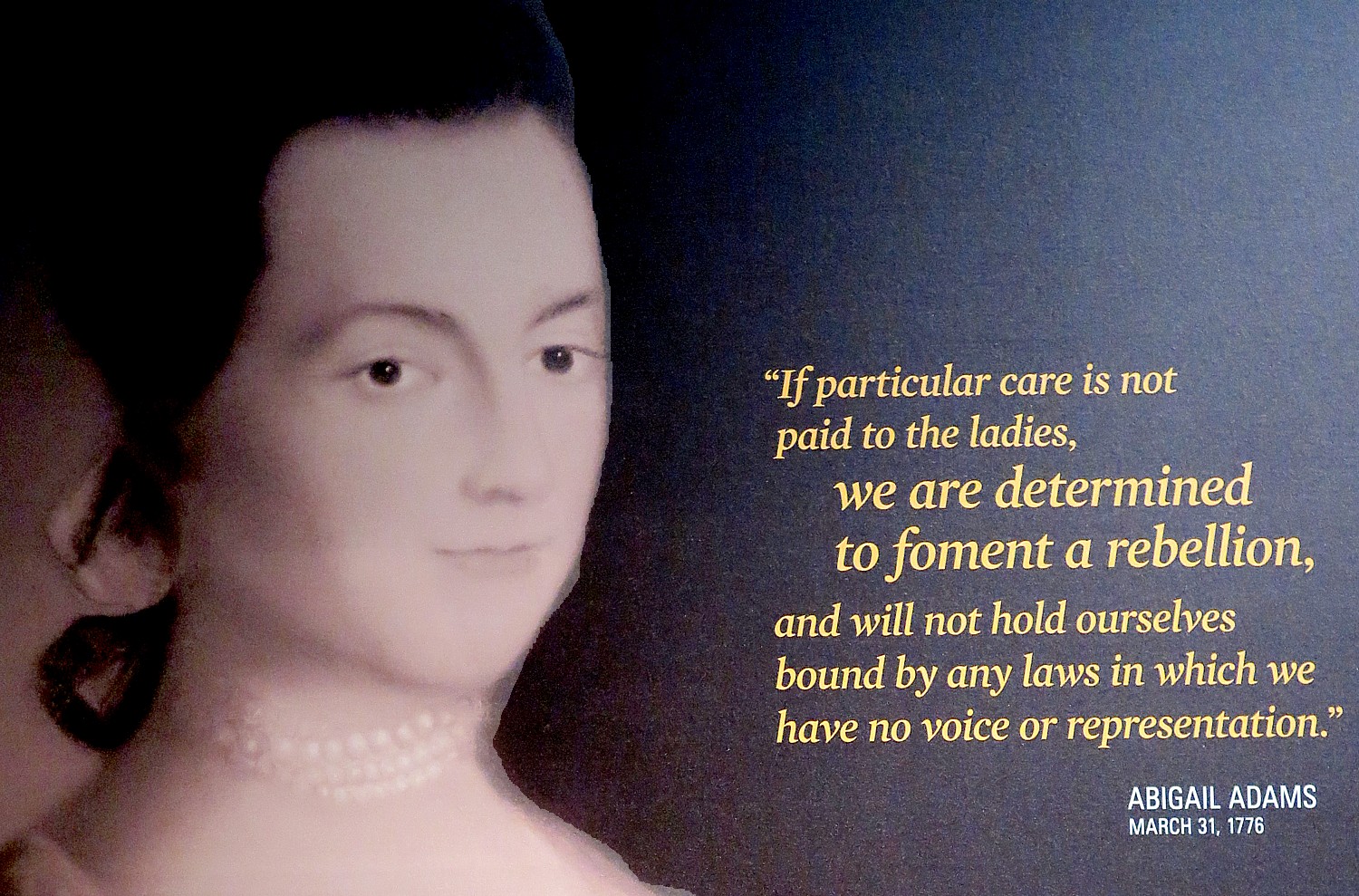
Abigail Adams, wife of John Adams, urged the writers of the Constitution to “remember the women,” and wrote her husband, John Adams, a Congressman at the time, in March 1776, “If particular care is not paid to the ladies, we are determined to foment a rebellion and will not hold ourselves bound by any laws in which we have no voice or representation.” The King’s abuses proved that men were tyrants, she wrote, and only the influence of women could secure reason and liberty. (That revolution clearly is still going on.)
A really interesting character I had never known about before was Baroness von Riedesel who followed her husband into battle and was taken prisoner in 1777 when General Burgoyne surrendered to General Gates at the Battle of Saratoga (a pivotal battle, which had the British won, would have enabled them to separate New York, the breadbasket for the American army, from the rest of the colonies; instead, the American victory enabled Ben Franklin to persuade France to give critical support to the Americans).
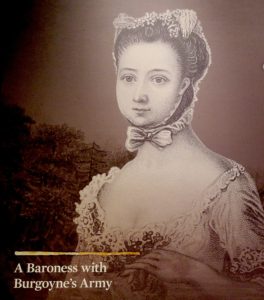
She is depicted as a hero: “In the final days of the siege, the Baroness guarded the lives of women, children and wounded men. She barricaded them in a basement as American cannonballs slammed the house. She cared for her own children and the most vulnerable members of the army for six days. For most of this time, the firing was so heavy that they could not leave, and the basement filled with excrement. But she probably saved dozens of lives.” She was taken prisoner along with her husband and nearly 5,000 British and Hessian troops who were moved frequently to prevent their escape or rescue and were not freed until the war ended in 1783.
(You can continue this immersion into women during the Revolutionary War era at the Betsy Ross House a few blocks away.)
The museum does a yeoman’s job of humanizing and personalizing war, revolution and nation-building. For example, we learn that “Hessians, portrayed [by propaganda, which was waged by both sides] as cruel and inhuman but were a lot like Americans: King George hired 20,000 German special troops who came from six European nations and most were poor farmers with families.”
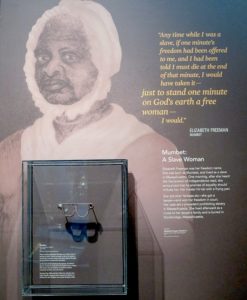
In “Finding Freedom”, you can explore the different experiences of enslaved African Americans in Virginia in 1781 through a multi-kiosk touchscreen interactive based on the lives of five men and women who followed different paths to freedom during the Revolutionary War. The Museum worked with a historical illustrator who used diaries and letters to animate these stories.
You have an extraordinary opportunity to look into the faces of the Revolutionary generation in a fascinating display of photographs of 70 people who lived through the American Revolution and survived into the age of photography.

Throughout the museum, there are immersive, multi-media experiences that put you into the action: in the Battlefield Theater, you find yourself on the Continental Army’s front lines facing an attack by British soldiers (with appropriate sound effects, smoke and rumbling floor); you walk beneath the branches of a realistic, life-size replica of Boston’s Liberty Tree and can touch an embedded piece of the Annapolis Liberty Tree, a Tulip Poplar that sheltered Maryland colonists in 1775 which survived until 1999; you can climb aboard a large-scale replica of an 18th century privateer ship like the one on which 14-year-old free African American James Forten volunteered. In the Declaration of Independence Gallery, which evokes Independence Hall, you sit in your own Windsor chair to witness the unfolding debate and decision-making as delegates to the Continental Congress decide whether to declare American independence, then view authentic printings of the Declaration of Independence on display.
You get to thoroughly engage with the Museum’s rich collection of original historic artifacts. One of the premier collections of its kind, it includes several thousand objects from the Revolutionary period, and includes George Washington’s personal belongings, as well as an impressive assortment of weaponry, soldiers’ and civilians’ personal items, fine art, letters, diaries, and manuscripts. You can examine child-sized slave shackles, an intricately carved woman’s busk (corset piece), and a signed 1773 volume “Poems on Various Subjects” by Phillis Wheatley, America’s first published black female poet.
Arms of Independence: Nearly 50 Revolutionary War-era weapons and artifacts are on display and below them, a multi-kiosk touchscreen interactive enables you to virtually handle them and learn more about their uses, owners, and makers. Using the latest ultra-high definition photography, you get a 360-degree view of the glass-encased weapons and artifacts, most of which have never been displayed before.
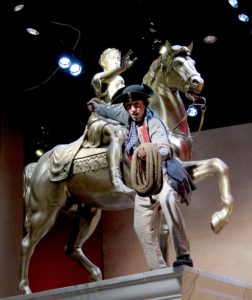
There are more than 20 re-created historical moments with life-like figures, tableaux intended to broaden our view of the people who were central to the Revolution. One of these scenes is a brawl among Revolutionary soldiers that George Washington broke up in Harvard Yard; another portrays the statue of King George III as it is about to be torn down by an angry mob in New York City; another features artist Charles Willson Peale reuniting with his brother James on the banks of the Delaware River in December 1776; there is a view of Independence Hall in disarray during the British occupation of Philadelphia; a pair of Loyalist cavalry troopers in the South; and a conversation between enslaved Virginians and a black Loyalist soldier in 1781.
There are opportunities to participate in the story which is why the exhibits are so engaging for children as well as adults. You can mix-and-match pieces of a soldier’s uniform to learn about how soldiers displayed their loyalties; learn about the common soldiers and their families who endured the harsh winter at Valley Forge with flip-doors that explore the complex workings of a war camp; assume George Washington’s role as President of the Constitutional Convention by sitting in a reproduction of the “Rising Sun” chair; and try hand at an early American stitching lesson through an interactive sampler station in a gallery on the role mothers played in educating children as citizens.
Costumed educators offer a deeper understanding of the lives and times of the Revolutionaries: at the Battlefield Theater, learn to muster before marching into battle; on the Privateer Ship, discover how to load and fire one of the ship’s cannons; at Discovery Carts, handle replica artifacts to learn more about how they were made and used.
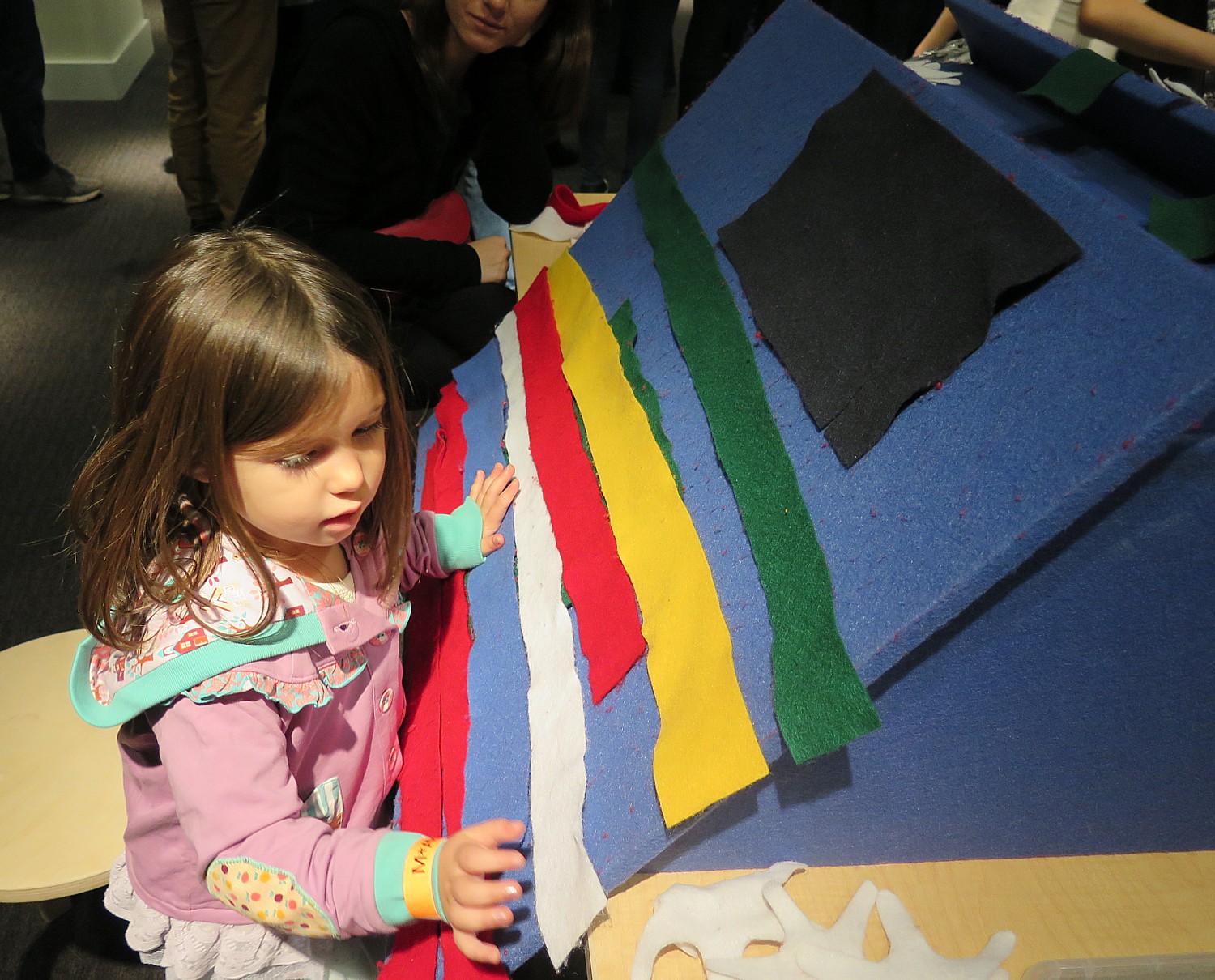
Climax: Washington’s War Tent
All of this builds to the climatic experience: and the crown jewel of the Museum and the original artifact which led to the creation of the museum to begin with: General Washington’s War Tent.
You line up for the timed show in a dedicated theater built to house one of the most iconic surviving artifacts of the Revolution: General Washington’s War Tent, which served as both his office and his sleeping quarters through much of the war. It was within the folds of this tent that key decisions were made that changed the course of history.
I was expecting to walk into an exhibit of the tent. Instead, it is dramatically revealed after a powerful 12-minute video. The movie screen rises to reveal a gauzy sheet which rises to show the tent. With surround-sound track, theatrical lighting, video projection on a front scrim and screen, as well as on a scenic wall behind the tent you see the tent, in different times of day, months, seasons, years as if marching in time.
The presentation makes you really appreciate the meaning of the tent and why it is so iconic – it is a physical link to the man who was, as Henry Lee said, “First in war, first in peace, and first in the hearts of his countrymen.”
Indeed, the tent has its own dramatic story which lives on beyond Washington.
The tent was created for use as a mobile headquarters during the Revolutionary War. It was made in Reading, Pennsylvania, while Washington was encamped at Valley Forge in 1778. He used it until 1783, including throughout the 1781 Siege of Yorktown, the last major land battle of the war. Indeed, throughout the war, Washington spent only a few days back at his Mount Vernon plantation.
The tent covers an area about 23 feet long and 14 feet wide, comprising three small chambers – a central office, a half-circle sleeping chamber for the general, and a small area for luggage and for sleeping quarters for his enslaved African American valet, William Lee, who traveled with Washington through the war.
But the drama of the tent doesn’t end there. After the war, the tent was eventually acquired by Martha Washington’s grandson, George Washington Parke Custis, and was stored at his Virginia estate, Arlington House. It passed to Custis’ daughter Mary Anna, who was the wife of General Robert E. Lee (how ironic was that? – both a revolutionary like Washington, but in pursuit of destroying the nation that Washington won and lead), only to have it seized by federal troops at the start of the Civil War when they took over Lee’s plantation. The tent remained in federal possession for 40 years before it was returned to the Lee family. Mary Custis Lee put the tent up for sale to raise money for Confederate veterans.
In the early 1900s, an Episcopal minister, Rev. W. Herbert Burk, dreamed of creating a museum to tell the story of our nation’s founding. He began collecting historical artifacts, beginning with General George Washington’s War Tent. He raised the $5,000 to purchase the tent from hundreds of ordinary Americans. The acquisition began a century of collecting – a collection which eventually came under the ownership of the Museum of the American Revolution.
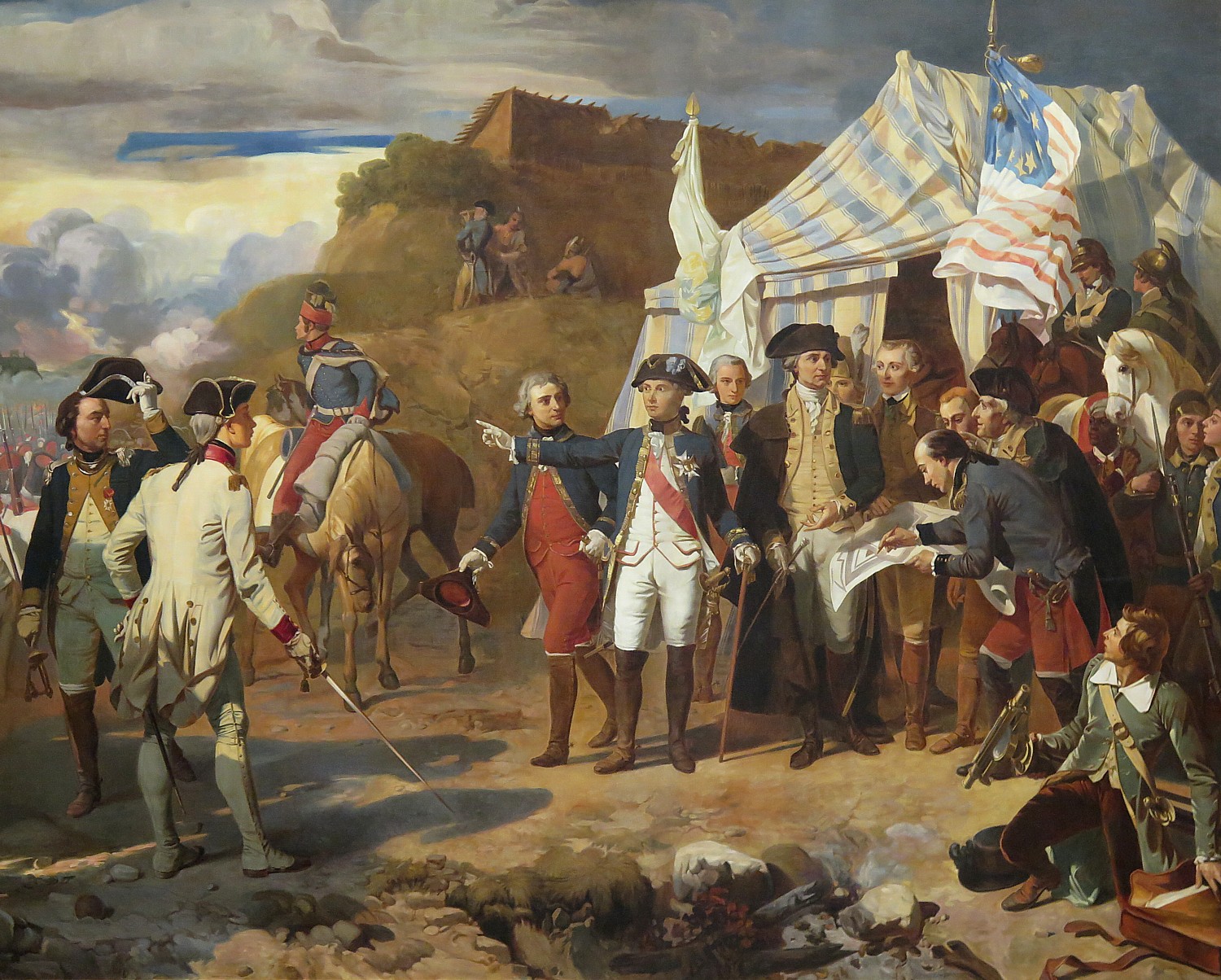
Textile conservator Virginia Whelan spent more than 500 hours restoring the priceless hand-stitched, linen tent. “Losses” – small holes which could fray – needed to be stabilized so that original material wasn’t lost. The process involved inserting an extremely fine needle and thread between the fibers of the tent’s weave and using virtually invisible netting to stabilize the holes. The conservation effort also entailed using digital inkjet printing to reproduce new fabric that matched the original material. The new fabric swatches were then used to repair holes, rips, and a large piece that had been cut away. For this, Whelan partnered with faculty from Philadelphia University’s textile design faculty.
One of the challenges of displaying the tent was to keep the drape-like effect of the fabric without putting tension on it. To design a system that would support the artifact without inducing stress in the delicate fabric, the Museum commissioned Keast & Hood, a structural engineering firm that is a nationally recognized leader in the preservation, restoration, and rehabilitation of historic structures.
To protect the centuries-old canvas from rope tension, Keast & Hood worked with a team of conservators, historians, and craftsmen to design an innovative umbrella-like aluminum structure and canvas sub-tent membrane, creates an illusion of the tent draping naturally. The ropes that originally tensioned the tent are now purely aesthetic and representative of the earlier form.
The tent is set behind glass in a 300-square foot climate-controlled object case.
The presentation is so powerful, I watched it twice and both times, the audience applauded at the end.
The museum does an excellent job of tackling complex ideas, the span of history, the intricacies of the battles, while also bringing in a human scale. There is so much to see and absorb, it is a really good idea to take advantage of the fact the ticket is valid for two consecutive days.
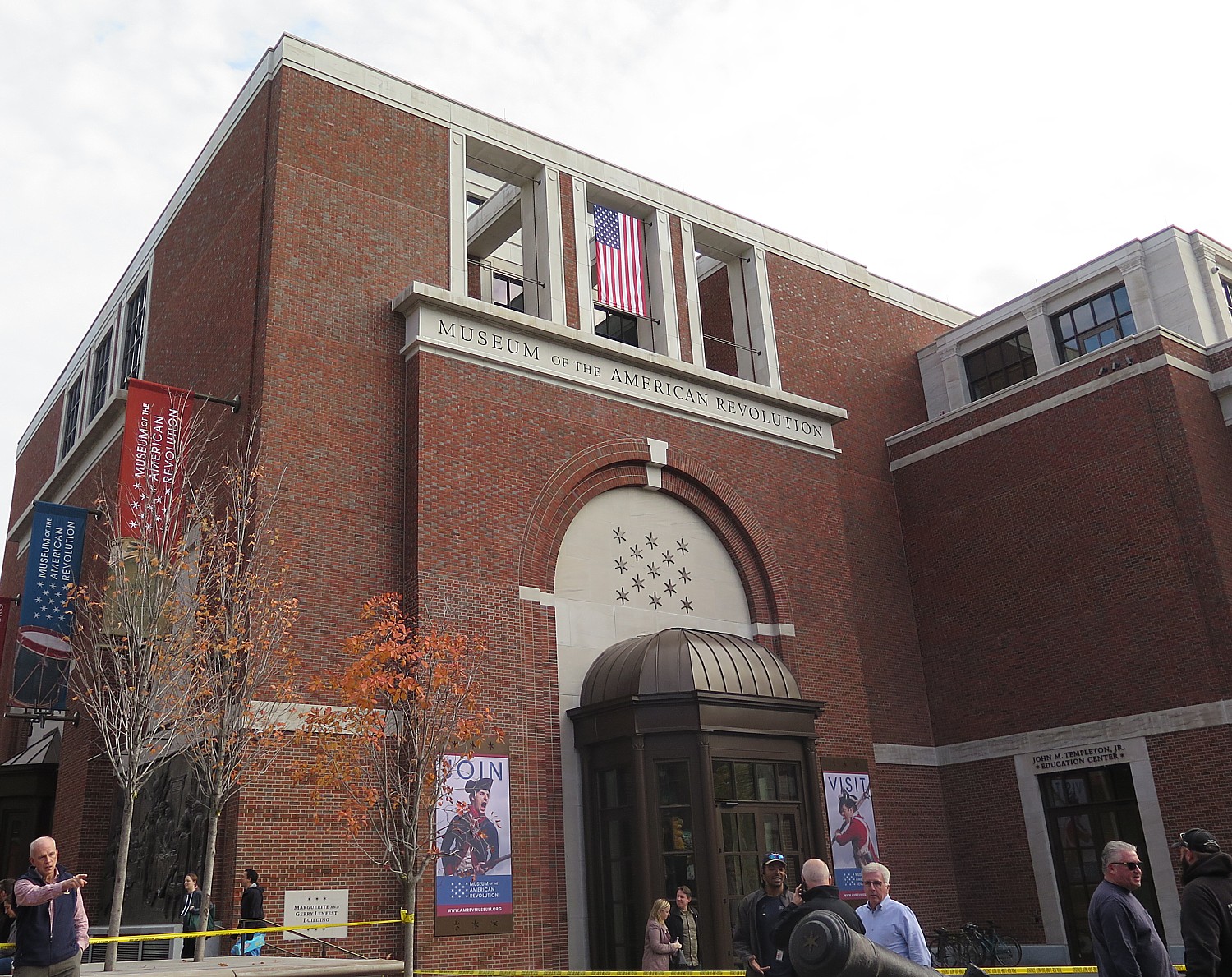
Located just steps away from Independence Hall, Carpenters’ Hall, and Franklin Court, the Museum, housed in an impressive three-story state-of-the-art building, serves as a portal to the region’s many Revolutionary sites, sparking interest, providing context, and encouraging exploration. The Museum is a private, non-profit, and non-partisan organization.
Guided Tours: While most visitor tours are self-guided, the Museum does offer several guided tours, including: Early Access Guided Tour, a 60-minute guided tour before the museum opens (Tues, Thurs, Sat at 9 a.m. $50 non-members; limited to 10 people). Guided Highlights Tour, a 60-minute guided tour of key artifacts and stories (daily at 10 a.m. and 4 p.m.; price of admission plus $12; limited to 15 people). Book online or at the museum.
General admission tickets to the Museum can be purchased here and are $19 for adults; $17 for seniors, students, and active or retired military; and $12 for children ages 6 and up. Children ages 5 and under are free. All tickets are valid for two consecutive days. Group tickets for parties of 15 or more are currently available for a discounted price by calling 267.858.3308. Memberships are also available for purchase here or by calling 215.454.2030.
Museum of the American Revolution, 101 South Third Street, Philadelphia, PA 19106, 215-253-6731, 877-740-1776, info@amrevmuseum.org, www.AmRevMuseum.org.
My immersion into Revolutionary War Americana in Philadelphia continues with visits to the Betsy Ross House, the Benjamin Franklin Site, Thomas Jefferson’s Declaration House, the National Museum of American Jews, and the National Constitution Center.
Visit Philadelphia provides excellent trip planning tools, including hotel packages, itineraries, events listings: 30 S 17th Street, Philadelphia PA 19103, 215-599-0776, visitphilly.com.
See also:
National Museum of American Jewish History is Unexpected Revelation in Philadelphia
_____________________________
© 2018 Travel Features Syndicate, a division of Workstyles, Inc. All rights reserved. Visit goingplacesfarandnear.com, www.huffingtonpost.com/author/karen-rubin , and travelwritersmagazine.com/TravelFeaturesSyndicate/. Blogging at goingplacesnearandfar.wordpress.com and moralcompasstravel.info. Send comments or questions to FamTravLtr@aol.com. Tweet @TravelFeatures. ‘Like’ us at facebook.com/NewsPhotoFeatures

